








14 Do You Know?
Dr. Alvin Jones
32 Community Builders
Rita B. Huff Animal Shelter
40 Texas Talent Grady Hillman
74 Business Focus McCaffety Plumbing










14 Do You Know?
Dr. Alvin Jones
32 Community Builders
Rita B. Huff Animal Shelter
40 Texas Talent Grady Hillman
74 Business Focus McCaffety Plumbing
20 Questions -27
Awesome Apps -83
Along the Road -79
Community Calendar -88
Conundrum -56
Creative Corner -80
Dear Gabby -52
Friday Night Lights -46
From Our Readers -6
From the Mouth of Babes -55
Garden Post, The -24
Giggles & Grins -38
Glorious Grandkids -85
Kidding Around -70
Let’s Celebrate -12
Living with Children -82
Medical Matters -62
Milestones -61
Mustard Seed Moments -90
Pet Pals -50
Publisher’s Post -9
Puzzle Solutions -28
“Seens” from our World -22
Snapshots -20
Star Students -30
Sudoku Marketplace -57
Teachers Touching Tomorrow -21
The Grands -84
The Latest -54
Things My Granddaddy Said -26
What Are You Reading -10
What’s Cookin’? -64
Wildlife Wonders -86
Your trusted electric provider for over 80 years now o ers you high-speed fiber internet.
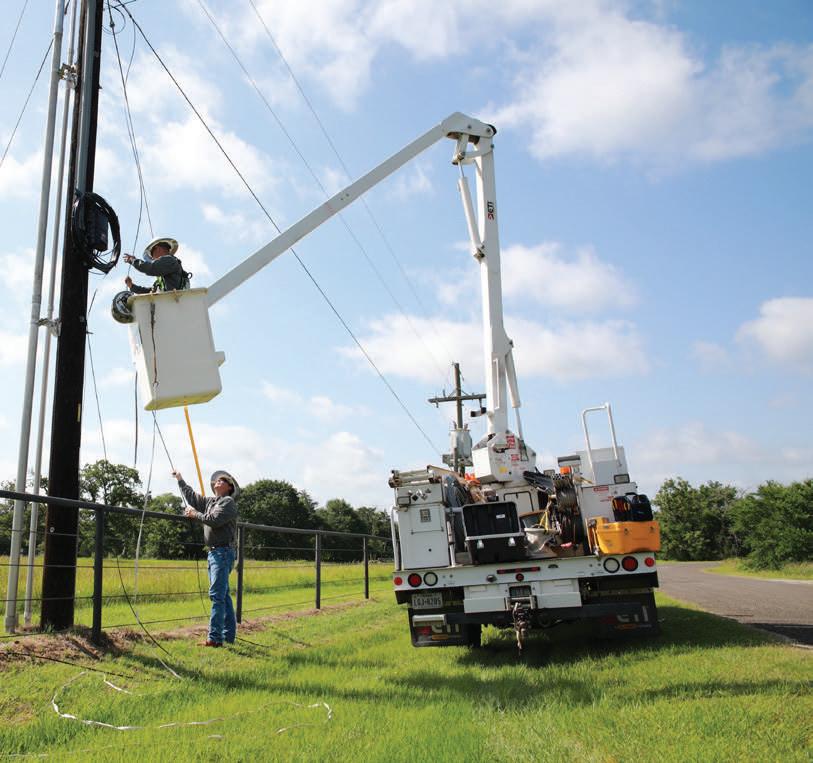
We’ve spent the last two years building a strong and reliable fiber backbone. Now, every MidSouth member has the opportunity to sign up for fiber internet.
MidSouth Fiber is bold and fast. With unlimited upload and download speeds up to 1 gig, MidSouth subscribers also enjoy:
• no contracts
• no data caps
• 24/7 tech support and outage restoration
Jump on the broadband wagon and join our growing fiber community at midsouthfiber.com.
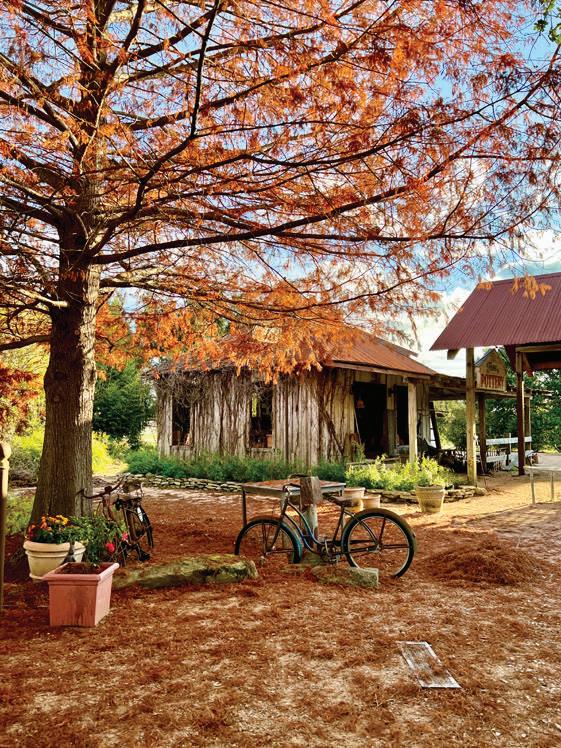




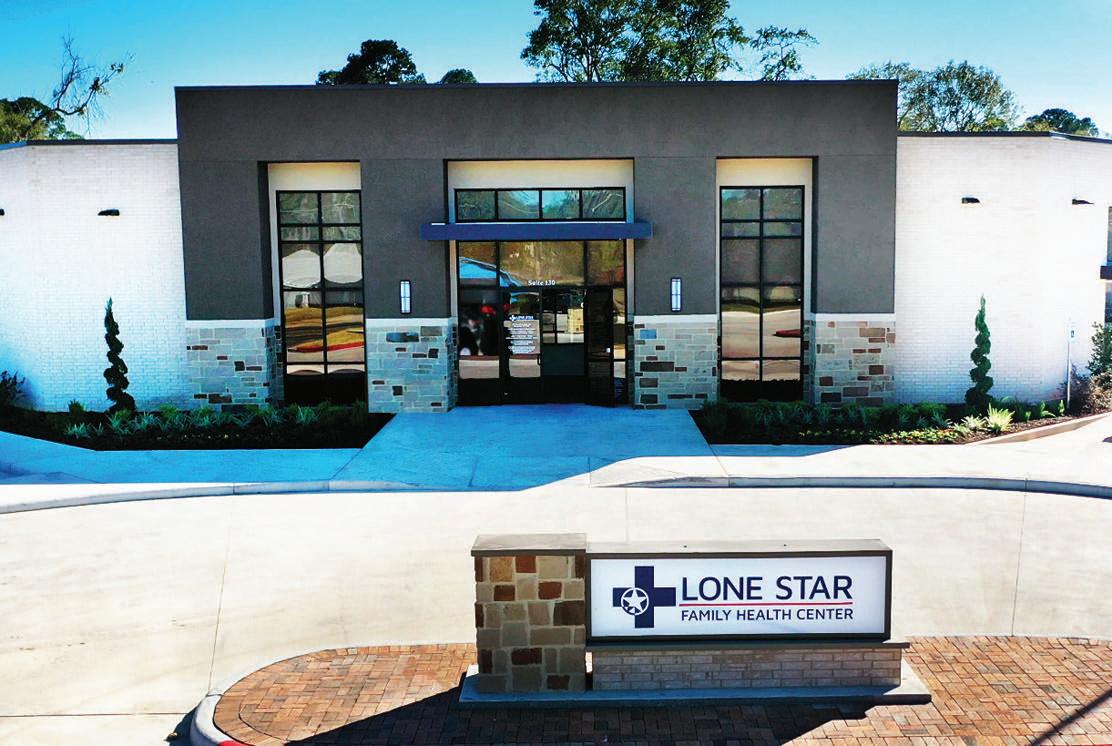
What to share something with us?

Thrilled!
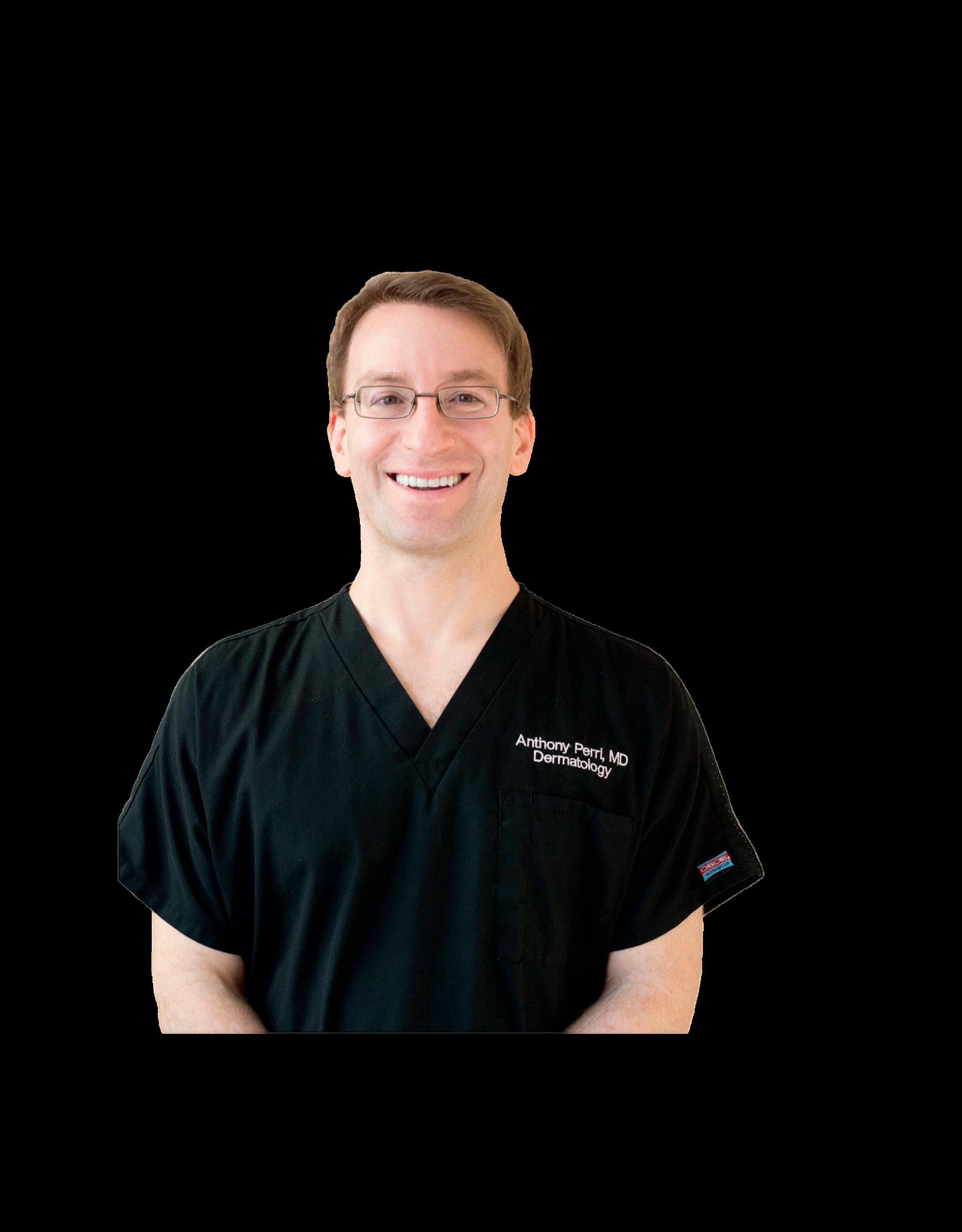
Thrilled y’all are moving down our neighborhood.
I enjoy your magazine. I have either met or seen many of the people you highlight. Thank you!
Pat RobertsThank you for mailing me a copy of Postcards Magazine reading it. I love the Pet Pals.
WandaEvery month I can’t wait until Postcards Magazine mailbox. When it does, I enjoy reading it cover to cover. enjoy seeing the grandkids and learning about local the business story. Thank you for taking the time to wonderful publication!





PostcardsLive.com

If you would like to receive our magazine and are not currently on our mailing list, subscriptions are available.
MAILED to select postal routes in Huntsville, New Waverly, Midway, Madisonville, Riverside and Trinity.
FREE rack copies at advertisers and businesses in towns listed above.
Published Monthly by Altom Consulting & Marketing, Inc.
Publisher Karen Altom
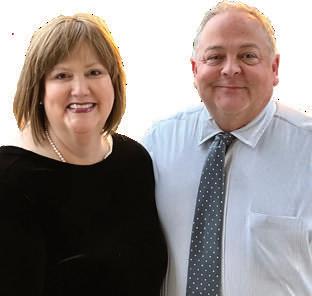
Editor
Wes Altom
Advertising Team
Nancy Jolly
Jennifer Abbrat
Kent Holder
Leah Lamp
Marshall Altom
Design Team
Mary Partida
April Key


Abby Altom Boyd
Printed in Texas by Shweiki Media
Online: www.PostcardsLive.com
Address: PO Box 690 • Huntsville, TX 77342
Call our Office: 936.293.1188
We reserve the right to edit or reject any material submitted. The publisher assumes no responsibility for the return of any unsolicited material. No material from Postcards Magazine™ can be copied, faxed, electronically, or otherwise used without express written permission. Publication of articles, advertisements or product information does not constitute endorsement or approval by Postcards Magazine™ and/ or its publisher. Business Focus stories printed in Postcards Magazine™ are drawn at random from contract advertisers.
© 2023 by Altom Consulting & Marketing, Inc., All rights reserved.
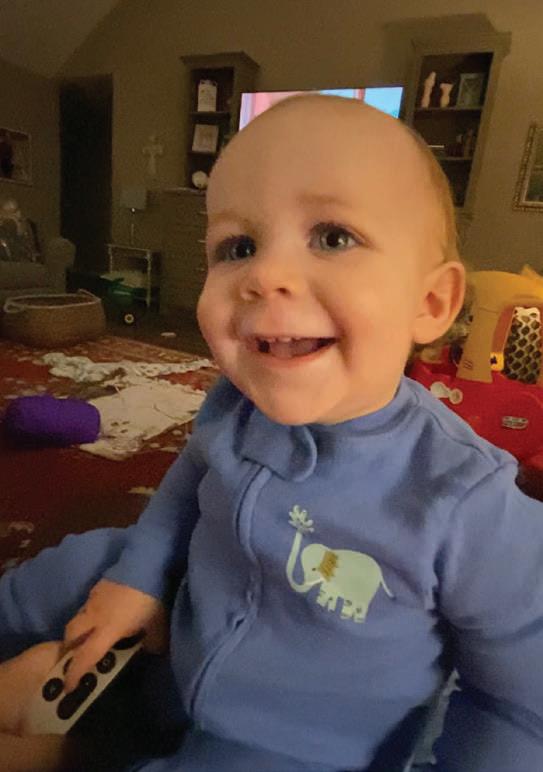
As I write this, Wes and I are in the middle of a one week visit by our 15-month-old grandson. His parents are off on a beach vacation on a beautiful tropical isle…and we are in the 106 degree oven of East Texas. Playing outside has not been much of an option.
Even so, the week has been everything I expected it would. Busy. Tiring. Fulfilling. Wonderful. Fun. Giggly. Silly. Exhausting. Sometimes all at the same time!
As the week is drawing to a close, I realize we have learned some very important things that need to be shared.
• You can say a lot without saying a word—a look, a smile, a scowl, or a pointed finger speaks volumes.
• Snacks are best if you have one for each hand.
• Music with a good beat should be danced to.
• Silly sounds make everyone laugh. Make them often.
• Having a bedtime routine really does help you relax.
• Breakfast is the most important meal of the day.
• A second breakfast is never a bad idea.
• Never underestimate the value of a good book. If you love it, read it more than once.
• Sample ALL the flavors at the frozen yogurt shop.
• Try new things. Sometimes they are scary, but you end up enjoying a lot.
• Naps keep you going.
• Spend time with the people you know love you no matter what. Time is short.
• The bathroom scales are much more fun when all you care about is seeing it light up and you don’t worry about the numbers.
• Going to the bathroom alone is overrated.
• You can eat anything you want as long as you run everywhere you go.
Being grandparents is still relatively new to us. There are three little boys we adore, and I am quite sure there are many more lessons to come!
Until next time, ~ Karen
At First Christian Church where individualism is encouraged.
Embracing the radical nature of unconditional love.

We stand in prayerful and active opposition to all forms of discrimination and seek to extend that opposition to the world in God’s love and grace
Coming October 14!
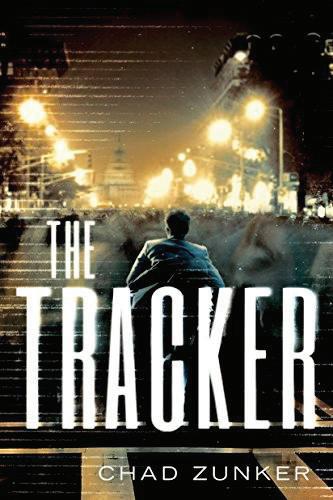
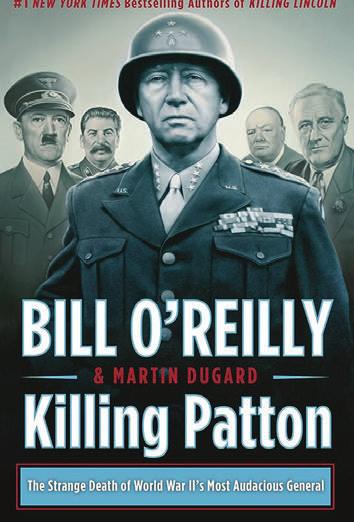
Second Annual 19th Street Quilt Stroll
✔ 3 Churches
✔ 100’s of quilts
✔ Free
First Christian Church (Disciples of Christ)
Sunday worship service @ 10:45 AM
Sunday School @ 9:30 AM
Youth Group Sundays @ 3:00-5:00 PM (with meal on last Sunday of month)
Bible Study @ 10:00 AM on Wednesdays (zoom available)
Worship services are live streamed on our FB page First Christian ChurchHuntsville, TX
Pastor Daniel Paul
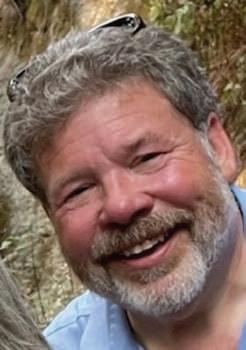
The Christian Church (Disciples of Christ): A Movement for Wholeness in a Fragmented World.

Email - firstcchuntsville@gmail.com
Fcchtx.org










2008 Celebrating 15 years
Stage Right
See ad on page 35


2020 Celebrating 3 years

Ken HollandEdward Jones

See ad on page 57
2022 Celebrating 15 years

2 Frogs Dumpster Rental

See ad on page 20
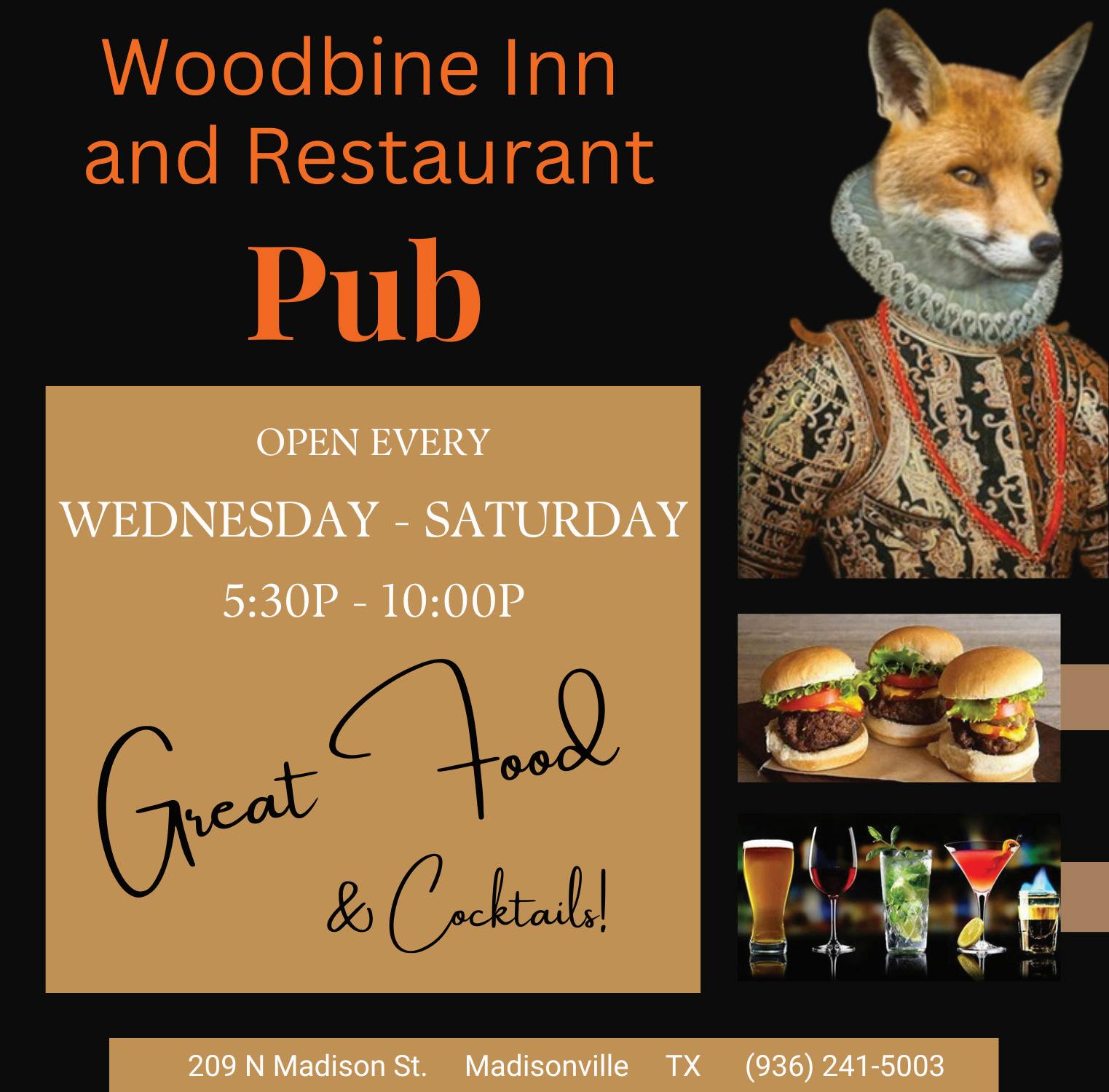
From humble beginnings and tragedies in his early years, Dr. Alvin Jones has used these situations to compel him on a journey to help others and to be a blessing to his community. The well-known Bible verse in Philippians 4:13, “I can do all things through Christ who strengthens me,” is fitting to describe his life, replete with rich accomplishments through his faith in God.
Share information about your early life and how experiences have formed your intense drive to help others.
I grew up on a cotton farm in the bottomland west of Moscow, Texas. I enjoyed playing basketball and
running track. My high game in basketball was twenty-eight points, and in track, I ran the 880 (at that time measured in yards, not meters) in one minute and 58 seconds, and was district champ in track. Although my family did not have a wealth of goods, these were happy times.
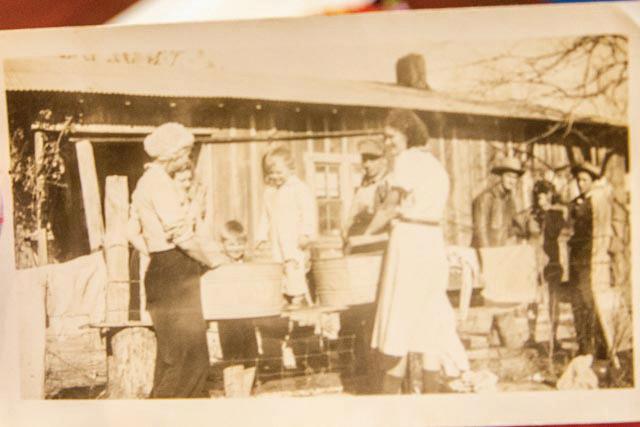
During these years, I also experienced some tragic losses. My brother died at the age of four, and my mother died the year I graduated from high school. Both deaths could be attributed to a lack of proper medical care. This fact has compelled me to seek cures for diseases so others won’t have similar heartbreaking losses. Also, I lost sight in one eye during my teenage years due to an unfortunate accident. I’ve not let these events affect my goals in life but, instead, have used all these losses to develop a real empathy toward others and a deep desire to meet their medical needs.
I attended Stephen F. Austin State University in Nacogdoches in the fall of 1958 and was there for two years before meeting and marrying Anna. We moved to Austin for Anna’s new job, and I continued my undergraduate courses at the University of Texas, graduating in August 1961. Anna always worked and made the necessary sacrifices so that I could reach my educational goals, and she has been a God-given pillar of my life for the past sixty-three years.
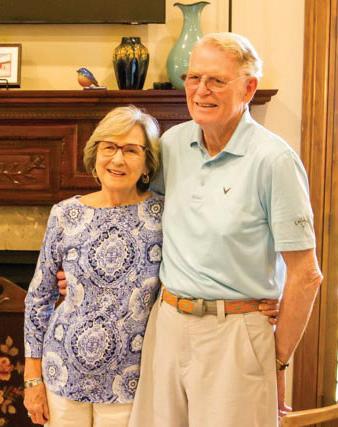
From college graduate to medical school student to a practicing physician in Huntsville, share the steps along this journey and why you chose Huntsville as your home.
I entered UTMB Medical School in Galveston in 1961 and, upon graduation in 1965, did a rotating internship at Memorial Medical Center in Corpus Christi. One event that happened during my second year of medical school changed me forever and replaced the fear I had of flunking with a renewed energy and confidence to excel and to do all to the glory of God. The best way to describe it was that I had a spiritual awakening as I watched a Billy Graham crusade on the television one evening during a study break. This spiritual awakening has dominated my desire to serve God and to serve my patients with a
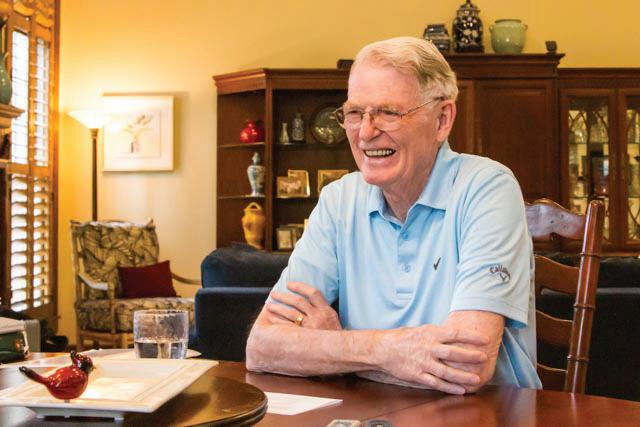
total commitment to the best care I can offer. It solidified my purpose in life. My studies became easier, and I graduated in the top 10% of my class of 140 students.
Before graduating from medical
school, I received my orders to join the United States Army. This was during the height of the Vietnam War, and my orders were to serve at the 91st EVAC hospital in Da Nang. After six weeks of training at Ft. Sam Houston, I was reassigned to Ft. Lewis in Washington, where I served as Battalion Surgeon for the main post. This meant that I was the last U.S. doctor the soldiers would see before heading to Vietnam. I served in this role for two years, which included

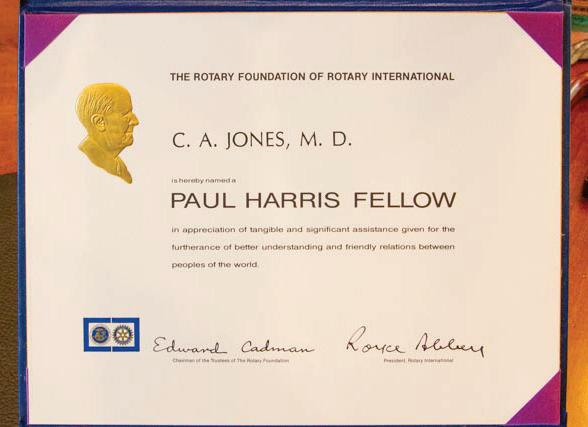
providing medical care for military members permanently assigned to this post. In preparation to set up a medical practice, I consulted a site available through the Texas Medical Association which listed locations where physicians were needed. I decided on Huntsville because it was similar to the area where I grew up and enabled me to meet the needs of a rural and small-town population, a subject I knew well. Both Anna and I had families in the area as well. I joined the







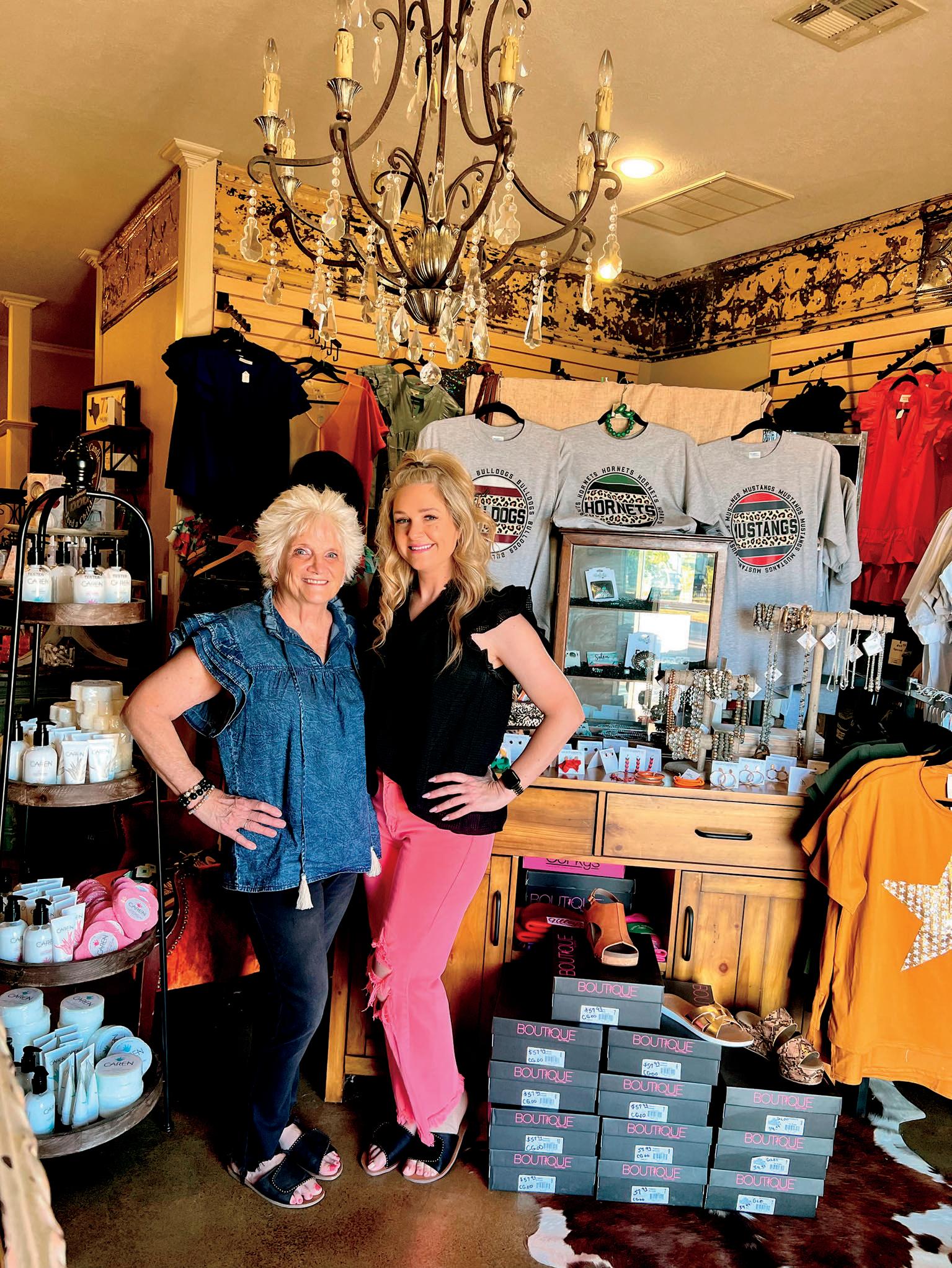
staff at Medical Arts Clinic (that Dr. Eugene Addison had established), eventually leaving to start a clinic on Lake Road. I served as a family practice physician for twenty years, delivering over two thousand babies during this time. I became certified in medical cardiology (non-invasive) and was licensed to perform laparoscopic procedures. These skills allowed me to better serve my patients and to offer medical help in other areas of the community outside of my own practice.
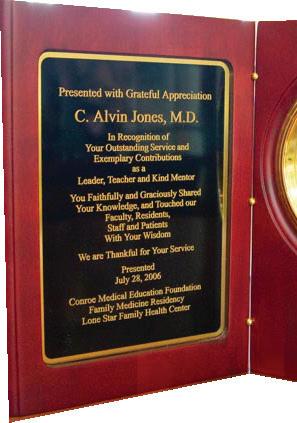
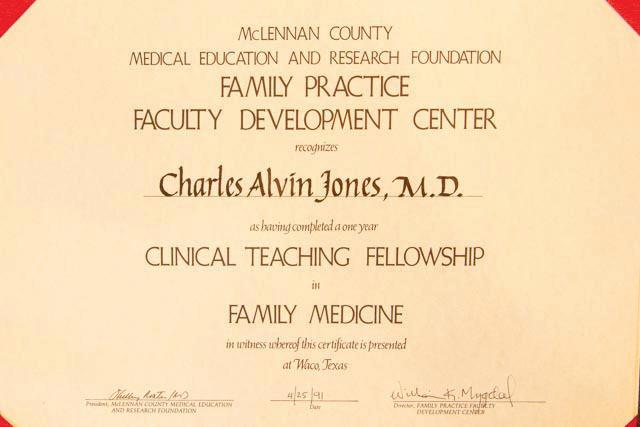
Although the list of your achievements and responsibilities is lengthy, please share a few of these.
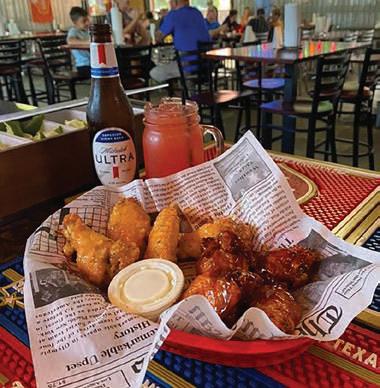

From 1976-1978, I served as Chief of Staff at Huntsville Memorial Hospital, as well as chair of the Quality Assurance Committee. We created the Walker County Hospital District and built a new hospital, and I was elected to serve as the physician on the hospital board for twelve years. I was always keenly aware of people who were financially challenged, so I worked toward the goal of medical care for the indigent, including the development of a community health center in Montgomery County. Since its creation, satellite clinics have been established in Tomball, Willis, and Huntsville. These clinics are mandated by the federal government to provide care for everybody, and this past year cared for over
100,000 patient visits.
In 1988, my focus and practice changed as I was recruited by Texas Tech Health Science Center (TTHSC) in Lubbock to join the Family Medicine faculty as Associate Professor and Associate Chair. The goal was to establish a clinical program for family medicine residents that would prepare them for rural medical practice. This was a natural move for me, because I was dedicated to providing quality medical care for rural citizens.
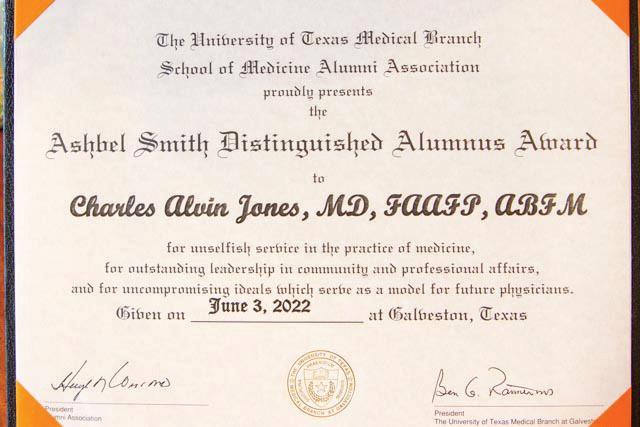
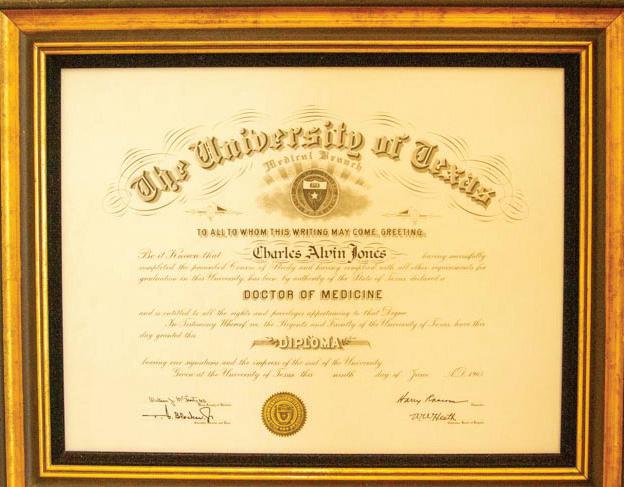
Other roles and areas of responsibility over the years include:
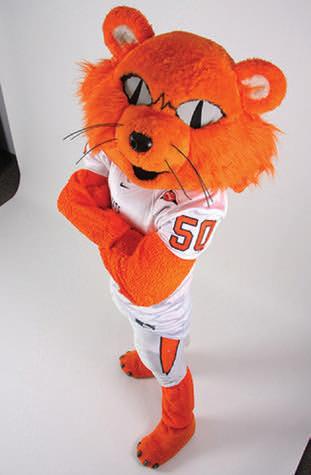
• American Board of Family Practice
• American Board of Quality Assurance/ Utilization Review Physicians
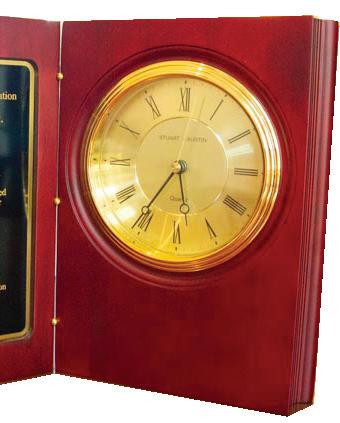
• President, Conroe Medical Education Foundation
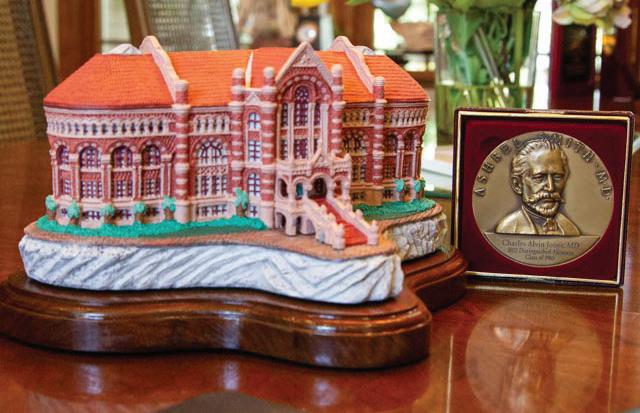

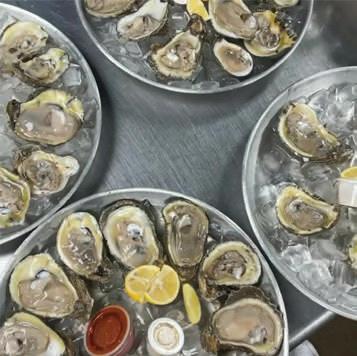
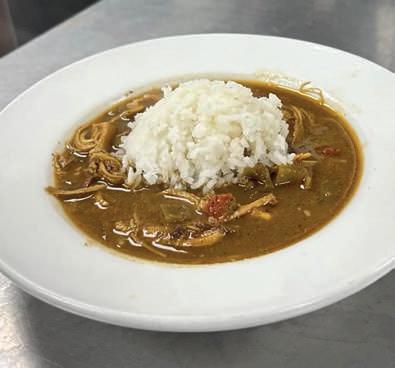

• Associate Professor and Director, UTMB Family Practice Residency Program, Conroe, Texas
• Associate Professor, University of Texas Medical Branch – Residency Director, Beaumont, Texas


• Assistant Dean of the School of Medicine for Rural Affairs, Texas Tech University Health Sciences Center (This was a new position created to address rural health in West Texas)
• TMA Chair, Texas Rural Health Committee

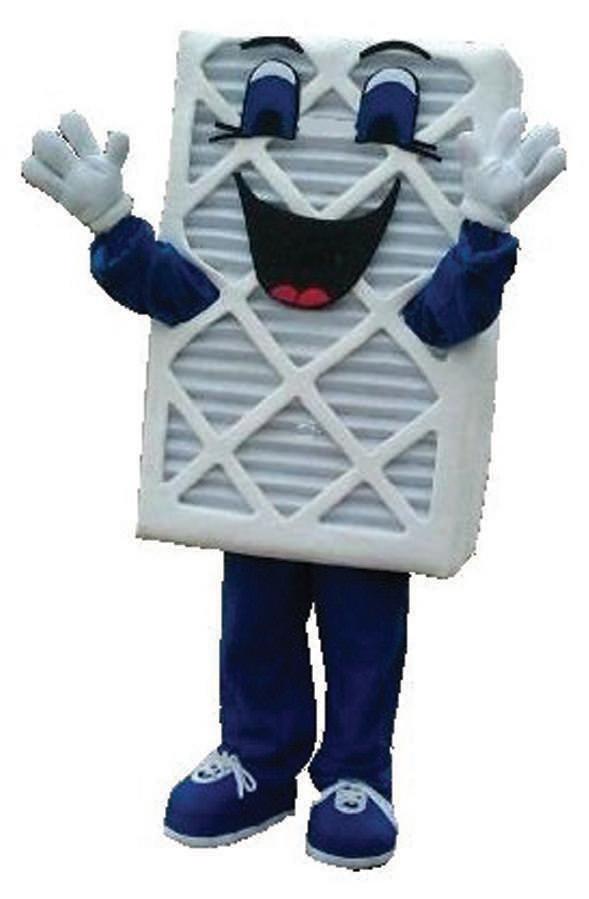
• Texas Rural Health Physician of the Year (twice)
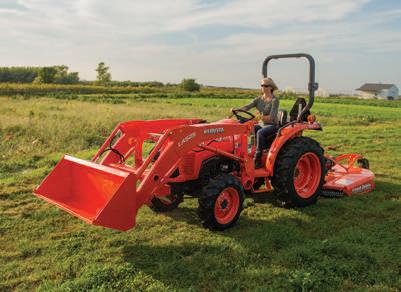
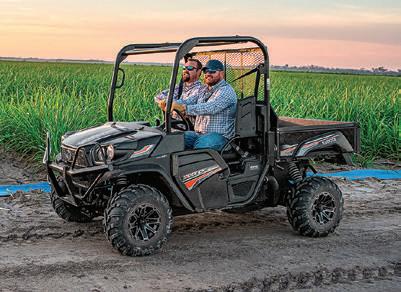
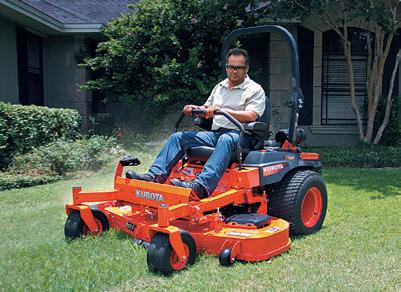
• Appointed by George Bush and Bob Bullock to lead the Texas Rural Health Agency
• Medical Director of Community Health Center, Lubbock, Texas
• Medical Director of a multispecialty Physician Group, Family Practice & Surgery Clinic in Huntsville



• Associate Physician, Sam Houston State
• Three medical mission trips to Ukraine; planted three churches in Ukraine; three medical mission trips to Serbia/Hungary
In addition to your achievements, please share a few awards that you have received.
A couple of awards are especially meaningful to me. One is the UTMB Ashbel Smith Distinguished Alumnus Award. This is awarded for outstanding service to the medical profession and to humanity. I was awarded this in June 2022, but was unable to personally accept the award because I was undergoing treatment for pancreatic cancer at the time. Our son Chuck accepted the award on my behalf. I was diagnosed in March 22, 2022 with pancreatic cancer, and knowing the prognosis was usually dim, I elected to take part in an experimental treatment. Before beginning this, I asked my church congregation at First Baptist in Huntsville to gather around me, lay hands on me, and pray for a good outcome. I give glory to God the treatment was successful; during my recent nine-month checkup, I was given a clean bill of health. God, in Whom I place
my faith, receives the glory for this wonderful result. And I am grateful for my friends who have prayed for me.
Another award I received was the Paul Harris Fellowship Award presented by the Rotary Foundation for my work to eradicate polio worldwide.
As local coordinator for the National Day of Prayer, please describe this event to our readers.

I have been the coordinator of this event for the last five years and have watched it grow from a gathering of about seventy people to a diverse crowd of more than 450 in attendance this past year. It is held annually at noon on the first Thursday in May at the Walker County Fairgrounds. The event includes a free lunch, music by an area choir, words from a local pastor, and prayer centered around topics that affect our nation and community, including a prayer in Spanish. We hope to broaden this event to include an evening service that will be more available to the public. Prayer is critical to the health of our nation and our own souls, and I am grateful for the opportunity to serve God in this way. Another way God has used

my
the


Has Huntsville been a positive choice for your work and family?

Yes, Anna and I have enjoyed our Huntsville experience, and it has been a good location
for raising our family. We have two daughters, Alison and Adrienne; one son, Chuck; and are now proud grandparents to Elerie, Beck, Mack, and Brodie. We always look forward to an annual trip to Marble, Colorado to fish and enjoy the magnificent scenery. I also play golf and grow roses. Quail hunting and fishing have been pleasurable pastimes as well.
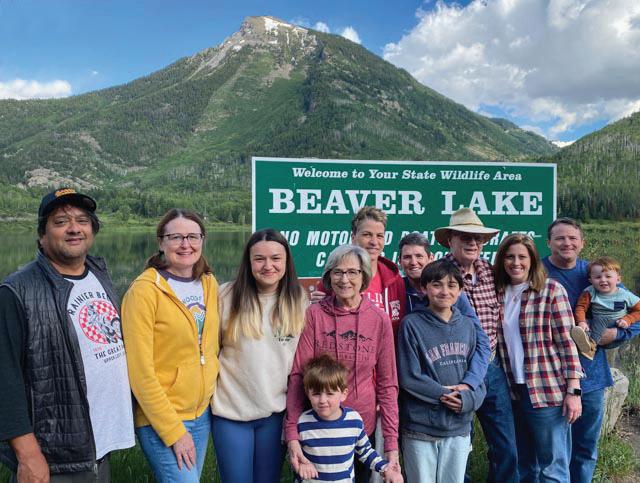
What advice do you have for our readers?
To know and love Jesus Christ our Savior who gives you the strength to live your life to the fullest. John 14:6 (Jesus speaking) “I am the way, the truth, and the life. No one comes to the Father except through me.” My personal life anchor is Galatians: 2:20: “My old self has been crucified with Christ. It is no longer I who lives, but Christ lives in me. So, I live in this earthly body by trusting in the Son of God, who loved me and gave himself for me.” I believe it is the presence of Christ’s healing Spirit that has touched my body and healed me from pancreatic cancer. James 5:15 “And the prayer of faith will save the one who is sick, and the Lord will raise him up.”
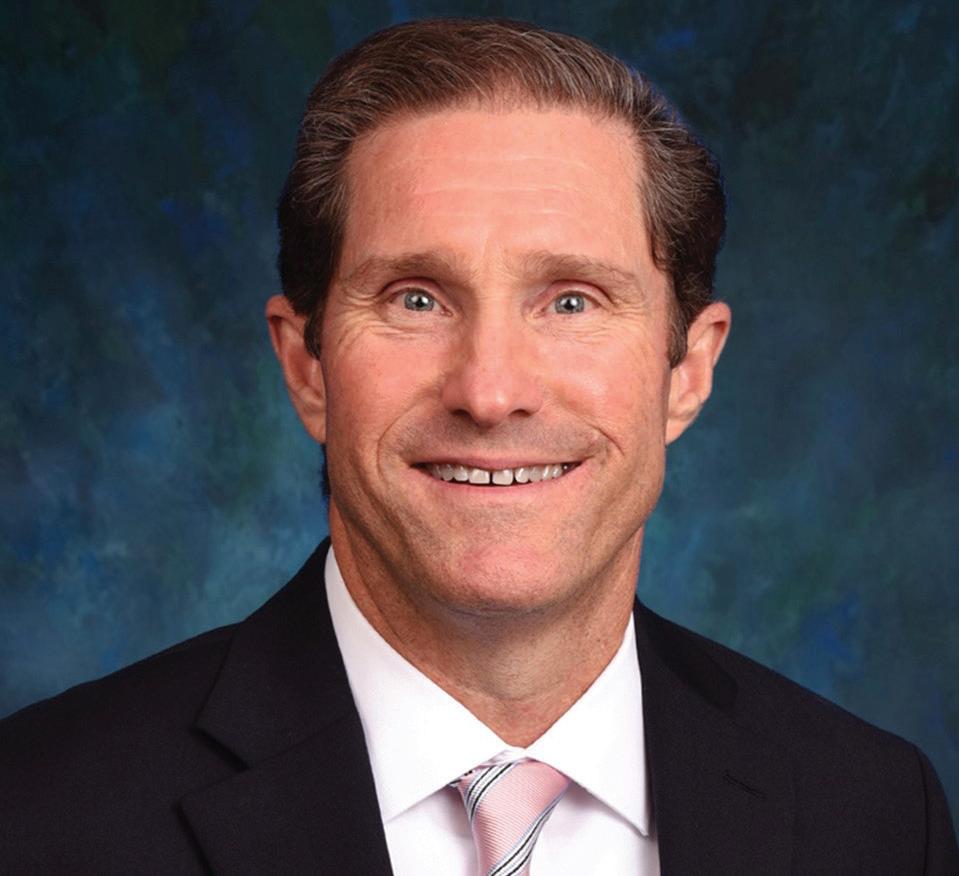





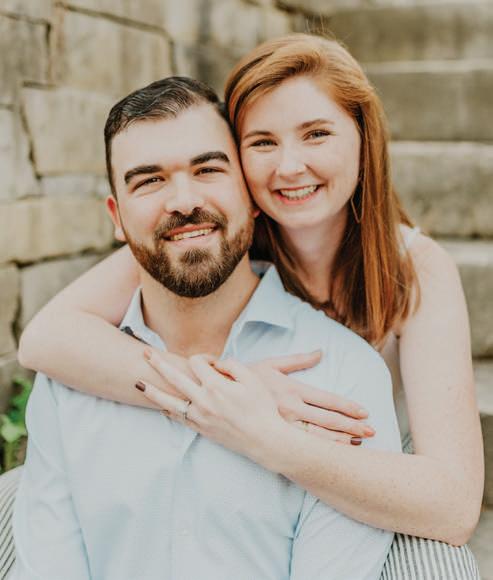







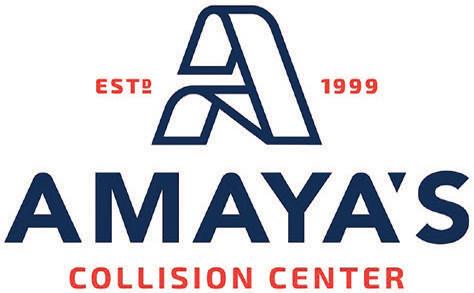


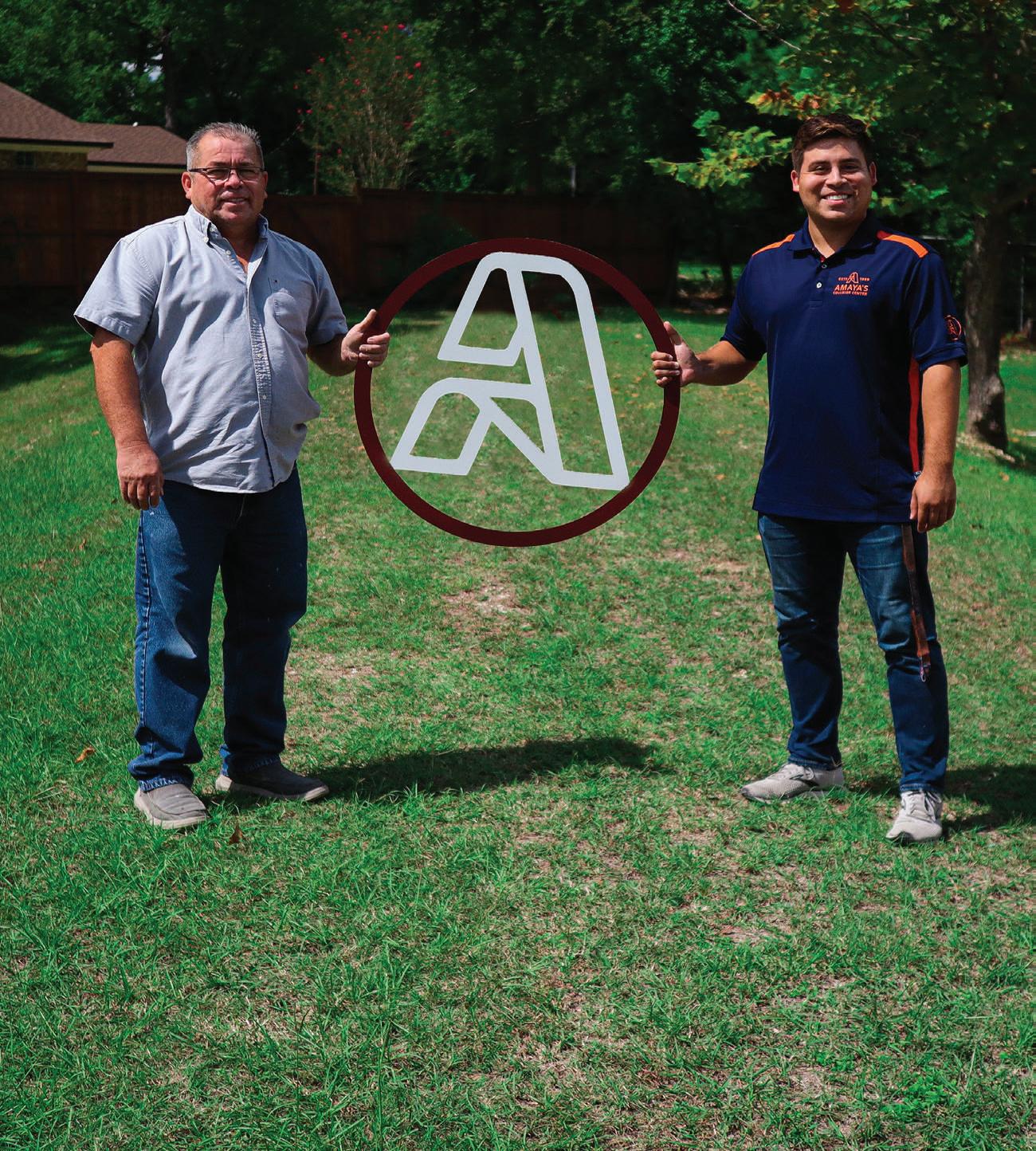
We are allowed teacher appreciation night in softball, but we cannot pick our coach. I would like to thank her for teaching me how to set goals and how to achieve them on and off the field.
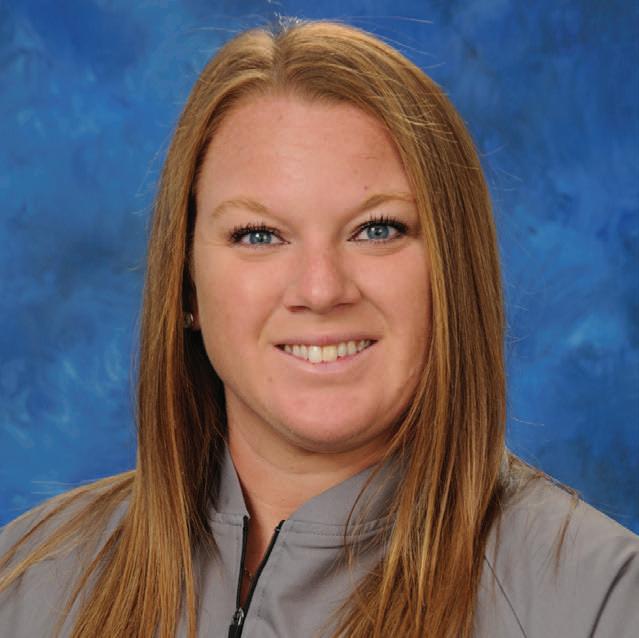
Nominate a special teacher today by going online: www.PostcardsLive.com Those chosen for publication are awarded a gift card to 1836 Steakhouse. Sponsored


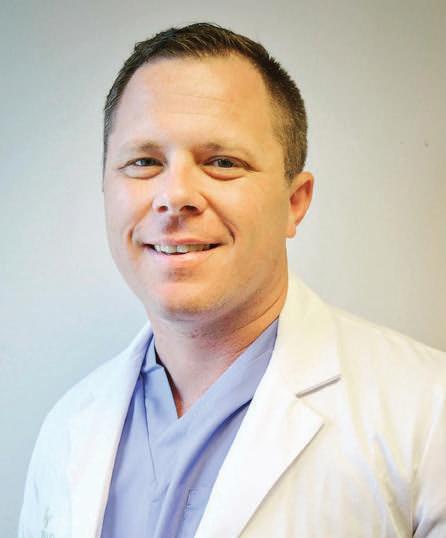

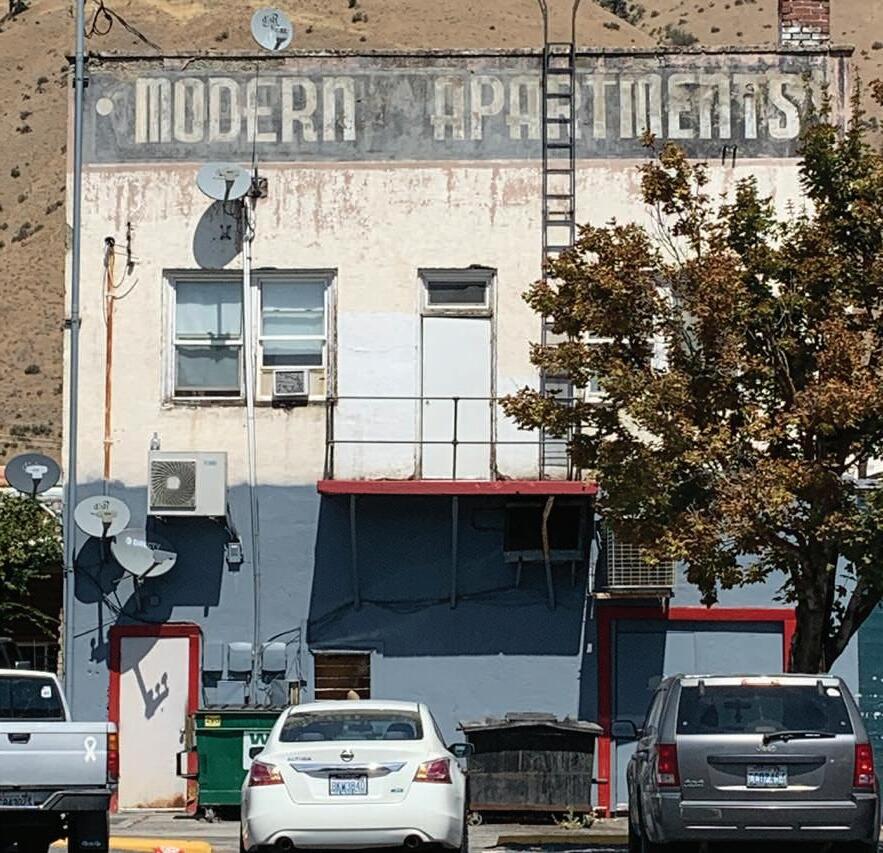
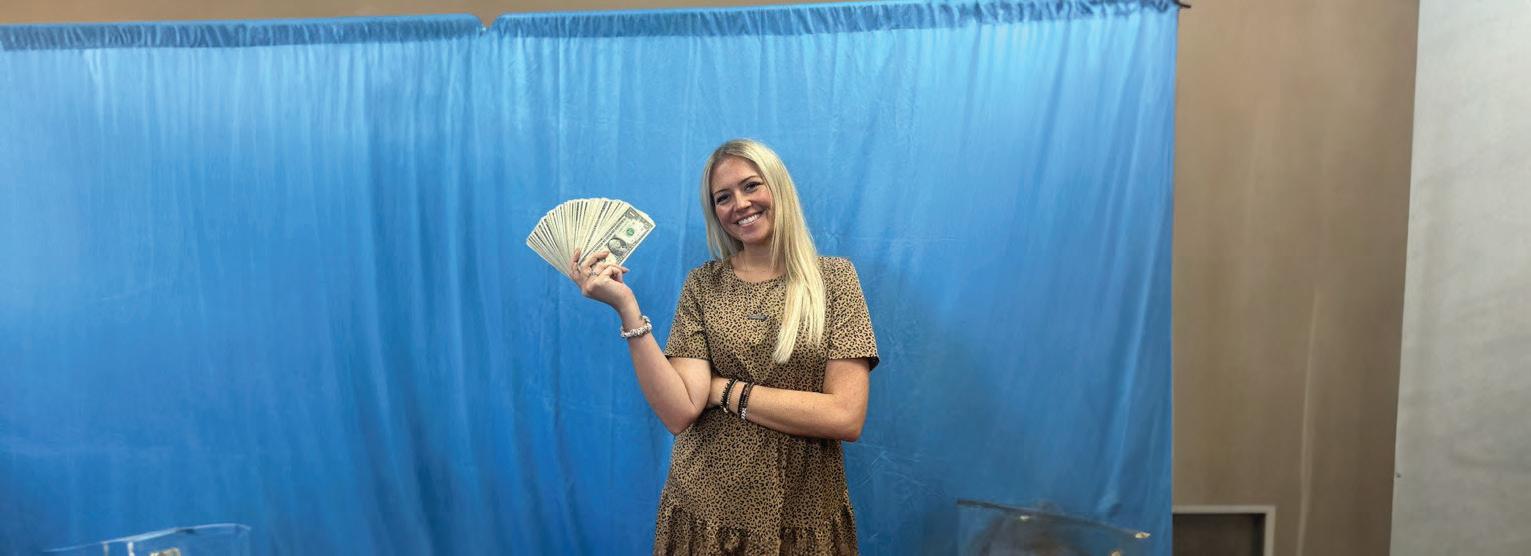







Who is ready for fall? This gardener was “born ready” for fall and with it…fall planting season.
Texas has been blessed with two planting seasons: spring and fall. It is an “easier” season, and being outdoors in Mother Nature on the first cool, crisp morning is a gardener’s dream. Fall is cooler, generally brings more rain, and less bugs and disease.

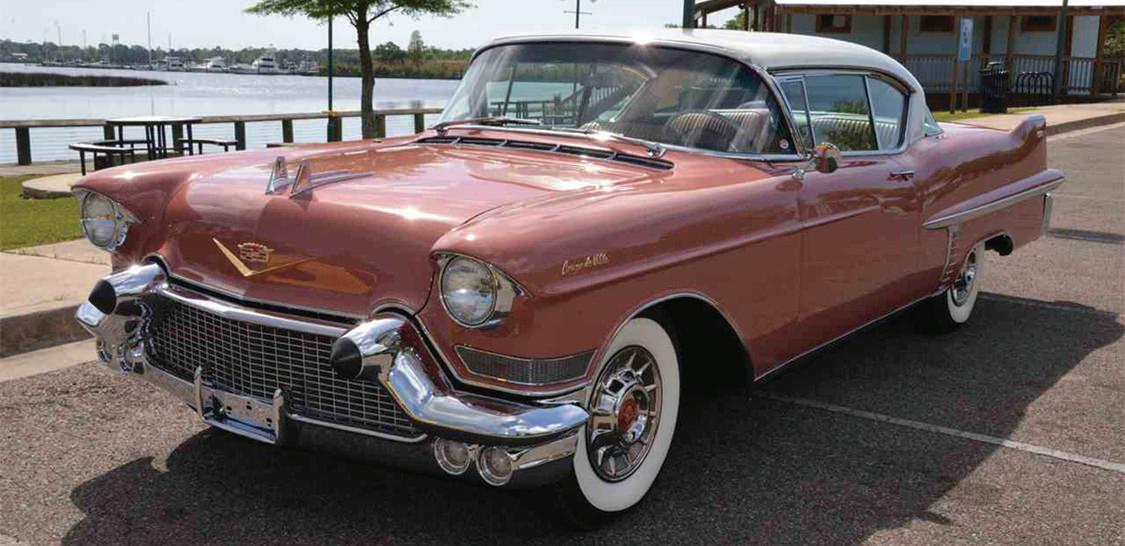
What, you may ask, is better planted in the fall? For starters, trees and non-drought tolerant shrubs (such as azaleas, camellias, dogwood trees and redbuds). This is a confusing statement because, once established, these plants are fairly hardy (after the first 2-3 years). Fall is a favorite planting season for most seasoned landscapers because trees and shrubs have a longer period of root establishment before the drought and high heat of summer arrives.

A fall vegetable garden has different selections of vegetables that will tolerate a frost, such as broccoli, cauliflower, Brussels sprouts, kale, cabbage, lettuce, and many of your leafy veggies.

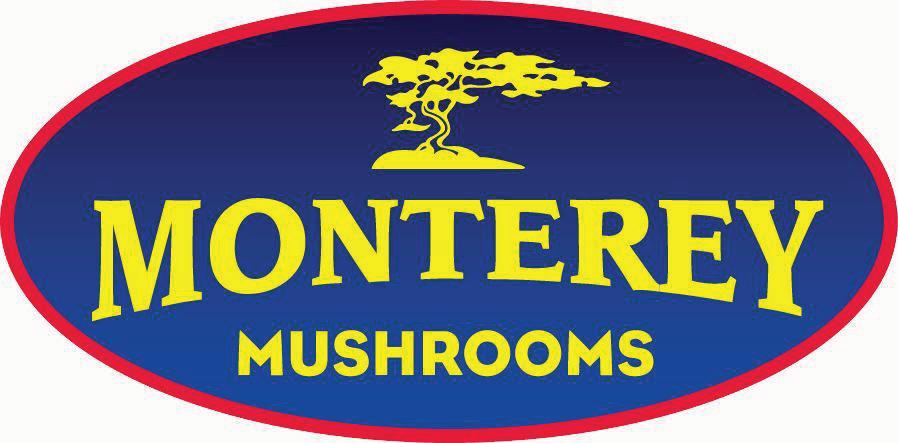
Existing summer tomatoes and peppers should be replaced with fresh fall starters. The amount of fertilizer and care needed to keep existing veggies going is not worth the effort, and they should be removed due to disease and general heat damage. New starters will be healthy and ready to produce in the short growing season and ready for harvest in October. We are expecting (knock on wood) prolonged warm weather…so the silver lining is a longer harvest season until first average frost date – November 18th. Be aware, we have had hard freeze dates as early as October 28th, but very rarely. There have been several questions on the difference between compost and humus (and which to use in the garden). Humus is the end product of decomposed compost; thus, humus is often considered the better product for gardens, but many will argue the opposite. Landscapers Pride makes an excellent product called Healthy Soil Compost, which is leaf mold from the forest floor. Mixed with black humus, it makes a nutritious and organic additive for your garden area.
Chinch bugs are still ravaging area lawns. The dried, brown area in your lawn (that you keep watering with no results) is chinch bug damage. These microscopic-size bugs suck the chlorophyll from the blades of grass, leaving the dried straw look to your lawn. Chinch bugs always attack the hottest
and driest areas of the lawn, generally along sidewalks, driveways, and roadways due to the reflected heat. If your neighbor’s lawn adjoins yours and has chinch bugs, you will have chinch bugs. too. The best curative is a preventative granular insecticide. Turf Ranger by HI-Yield is a great product. Not to sound like a spokesperson, but HI-Yield and Fertilome products are made in Texas for Texas gardens. This gardener has been using their products since the 80s, and I have no reason to change.





The questions will come, so let me state October is our month to begin considering pansies in the landscape. Pansy season will not begin until the daytime high is in the low 80s, so we have a few days to go. It is mum season, and a fall garden is not complete without the addition of chrysanthemums.

Mums, as we call them, are the queen bee of the fall garden world. They bloom beautifully in spring and summer with adequate water. Mums are also deer-proof, tough as nails (as long as they are not heavily overwatered), and extremely drought tolerant once established. Happy fall y’all; it is not here yet, but it is on the way!

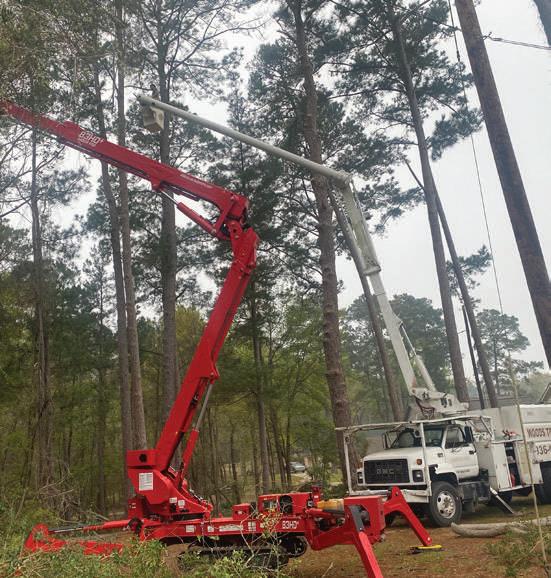
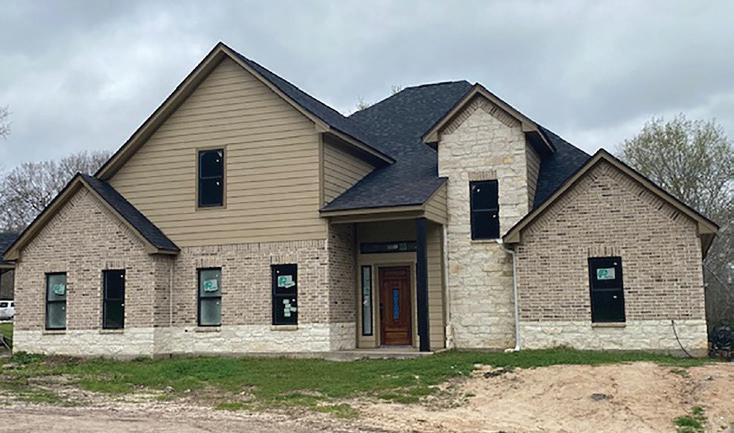
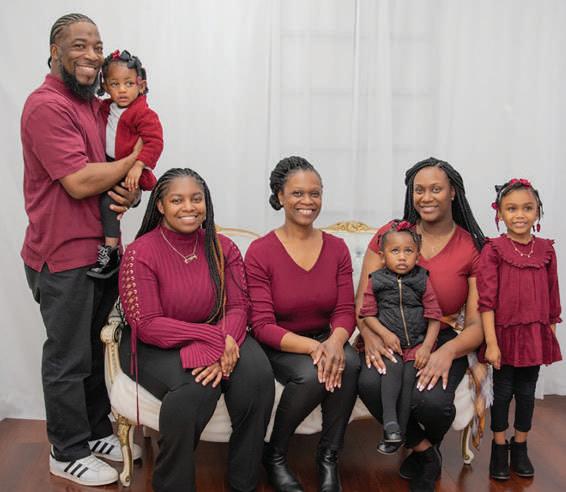
Having
If
If
 Publisher Karen Altom and her Granddaddy J.C. Farris
Publisher Karen Altom and her Granddaddy J.C. Farris
As I grow older, more and more often I find myself saying, “Like my Granddaddy used to say…” In an effort to keep some of these old sayings alive, we are sharing them here. Please feel free to share yours with us!


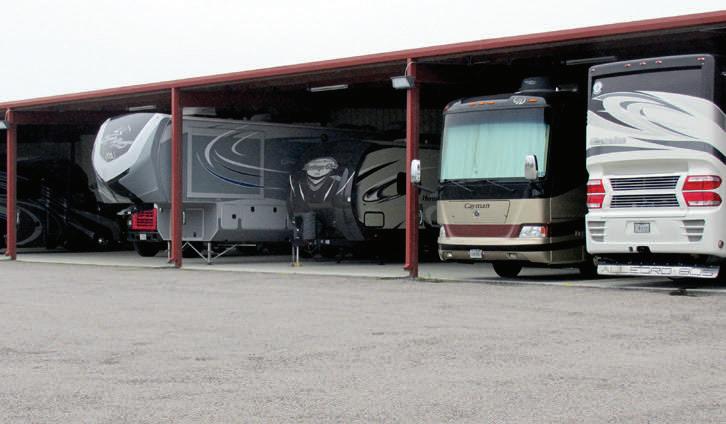
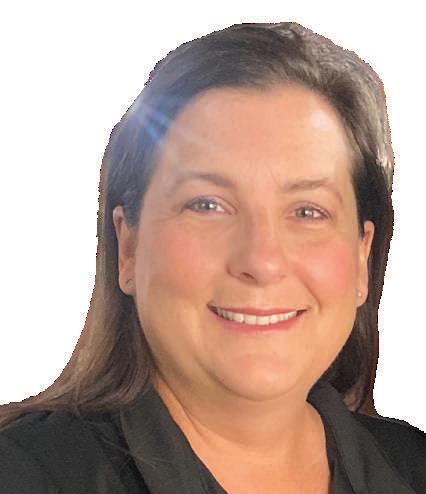 HHS Assistant Cheer Coach and Reading Teacher
HHS Assistant Cheer Coach and Reading Teacher






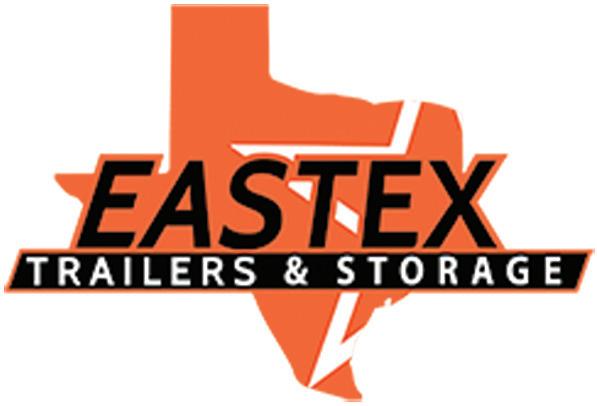










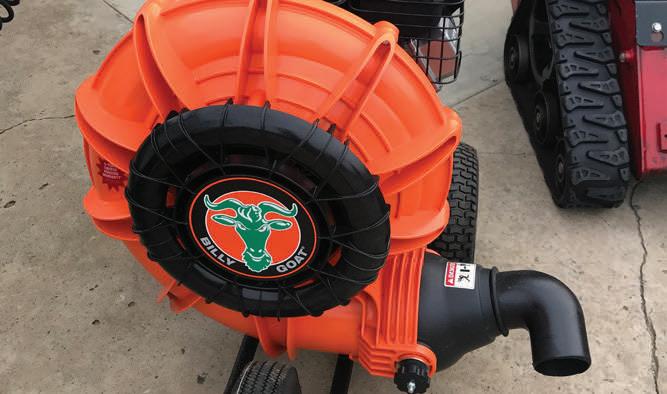

Favorite Movie: Love and Basketball
Favorite Music/Artist: Rap / NBA Youngboy
Favorite Food: McDonald’s Triple Meat Burger
Favorite Quote: “Get comfortable with being uncomfortable.”
Ma’Halia is a senior at Huntsville High School and is the daughter of Daisha Twine and Robert Twine. Her activities include basketball and track. Following graduation, Ma’Halia plans to finish college and become a veterinarian. She believes, “Be the best version of yourself.”
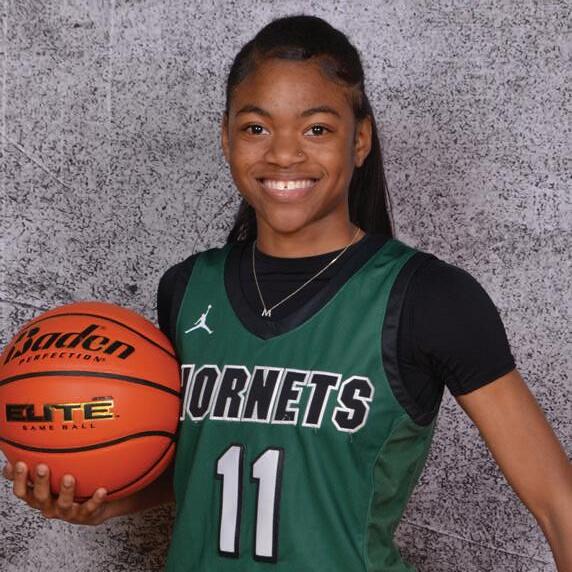

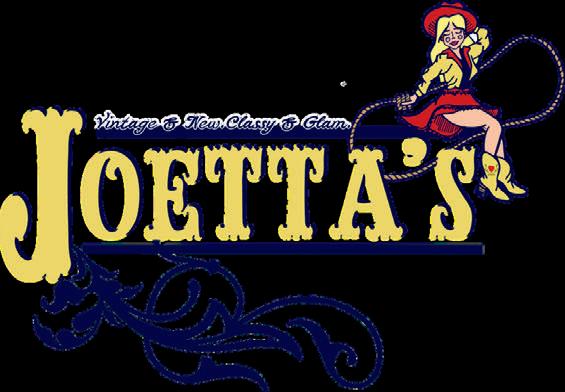
Favorite Movie: Safety


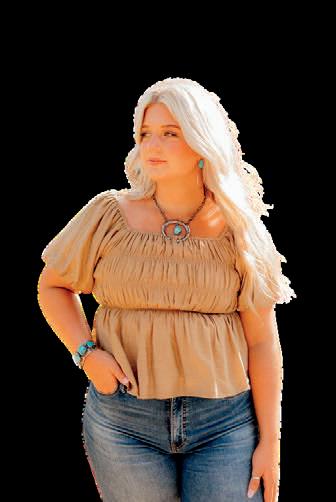
Favorite Music/Artist: Almost All Music

Favorite Food: Italian

Favorite Quote: “I can do all things through Christ who strengthens me.” –Philippians 4:13

Noelle is a recent graduate of Huntsville High School and is the daughter of Robert M. and Danielle Sandmann. Her activities included student council (president); National Honor Society; Huntsville Military Marching Band; softball; cheerleader; National English, French, and German Honor Societies; Mu Alpha Theta; and Chick-fil-A Leadership Academy. Noelle plans to attend Centenary College of Louisiana to study biology (pre-dental) and play on the softball team. She wants to become an orthodontist. She believes, “Never let anyone or anything get in the way of what you want to accomplish.”
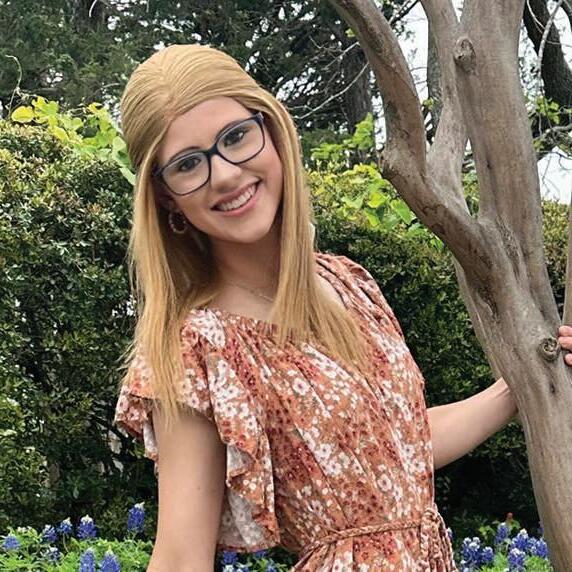
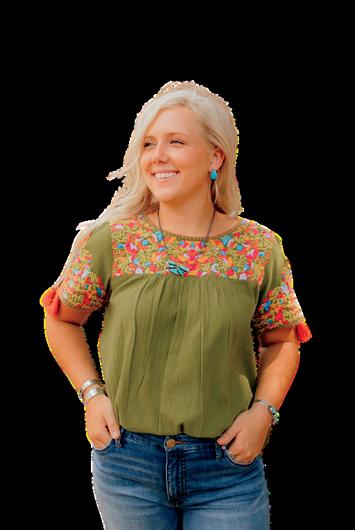


Favorite Movie: Equalizer
Favorite Music/Artist: Lil Baby
Favorite Food: Pasta
Favorite Quote: “The hardest thing to do is the work when no one is watching.” --Ray Lewis

Traevon is a senior at Huntsville High School and is the son of Kandace Babbs and Terrance Johnson. His activities include football and FCCLA president. Following graduation, Traevon plans to attend Sam Houston State University to major in sports management with a career in coaching. He believes, “Be humble.”
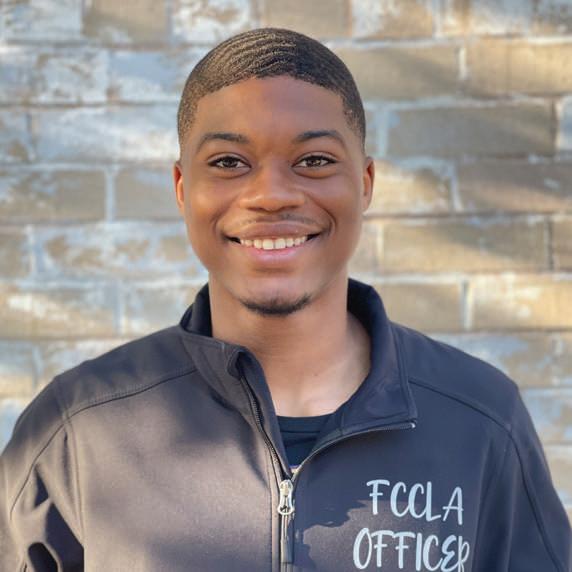
Favorite Movie: Bench Warmers
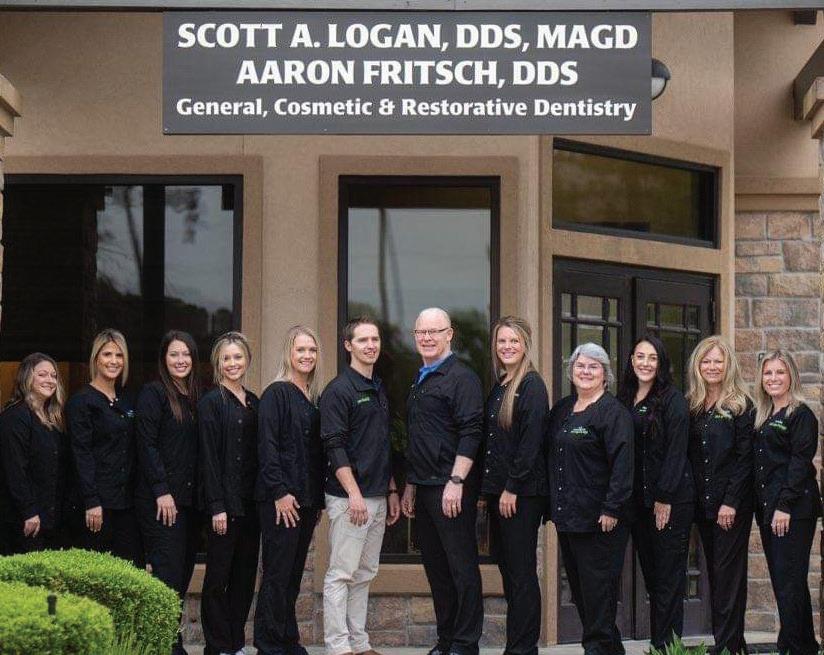
Favorite Music/Artist: Cody Johnson
Favorite Food: Steak
Favorite Quote: “Find the person that grows flowers in the darkest parts of you.”
Katie is a senior at Huntsville High School and is the daughter of Kevin and Amy VonRosenberg. She enjoys softball, horse riding, snow skiing, and spending time at the beach and lake with her friends. Following graduation, Katie plans to play softball in college while pursuing a degree in accounting. She believes in the philosophy of Albert Einstein, “If you want to live a happy life, tie it to a goal, not to people or things.”
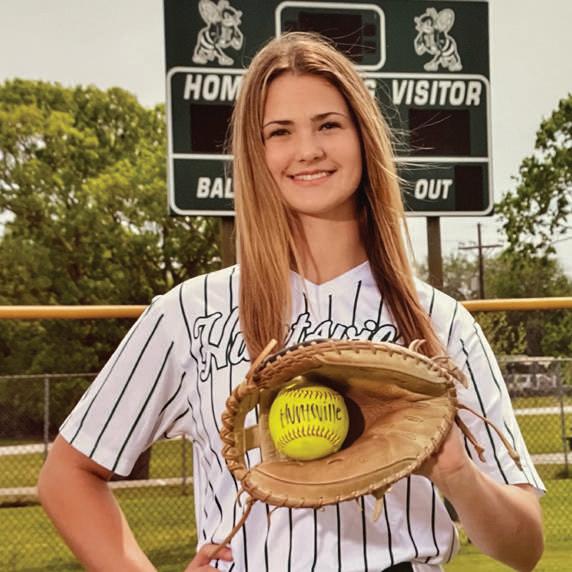

Passion. The dream for an animal shelter in Huntsville, Texas began in the 1980s with one individual’s passion to help those four-legged friends who were not able to fend for themselves due to abandonment and/or abuse.

That ideology of doing whatever it takes to rescue fur babies from the streets and despairing situations is now being carried on by a dedicated board of directors, Rita B. Huff (RBH) Animal Shelter Director Lori Toliver, eight other staff members, and about 30 volunteers. “It is our responsibility to make these animals healthy and happy,” said Toliver. “Animals can’t speak for themselves, so they depend on humans to take care of them. Humans need to speak up and be their voice.”
Toliver has been the Rita B. Huff shelter director for five years and is no stranger to the world of service. A former Florida police officer, Toliver left that career and decided to spend her time helping animals. Before coming to Huntsville, she worked at the Bryan Animal Shelter and
then as director of the Navasota Animal Shelter which, under her reign, went from a kill to a nokill shelter. The Rita B. Huff Animal Shelter has been a no-kill shelter since 2016.
“I have dogs and horses myself and have always just loved animals. They have been an important part of my life,” says Toliver. “When I was a cop and working patrol, dispatch would always save the animal, elderly, and children cases for me--because they knew I would take care of them and get something done.”
The Rita B. Huff Humane Society of Walker County was organized in 1982 by a group of interested citizens, including its namesake, who was a professor and chairman of the Accounting Department at Sam Houston State University. Huff loved animals and used her
An SHSU professor’s personal animal rescue efforts grew into today’s local organization and animal shelter.
ranch east of town as a personal animal shelter. She and others took in stray dogs, nursed them back to health, had them spayed and neutered, and found homes for them. Eventually, she and other concerned citizens decided it was time to open a regular animal shelter in town.
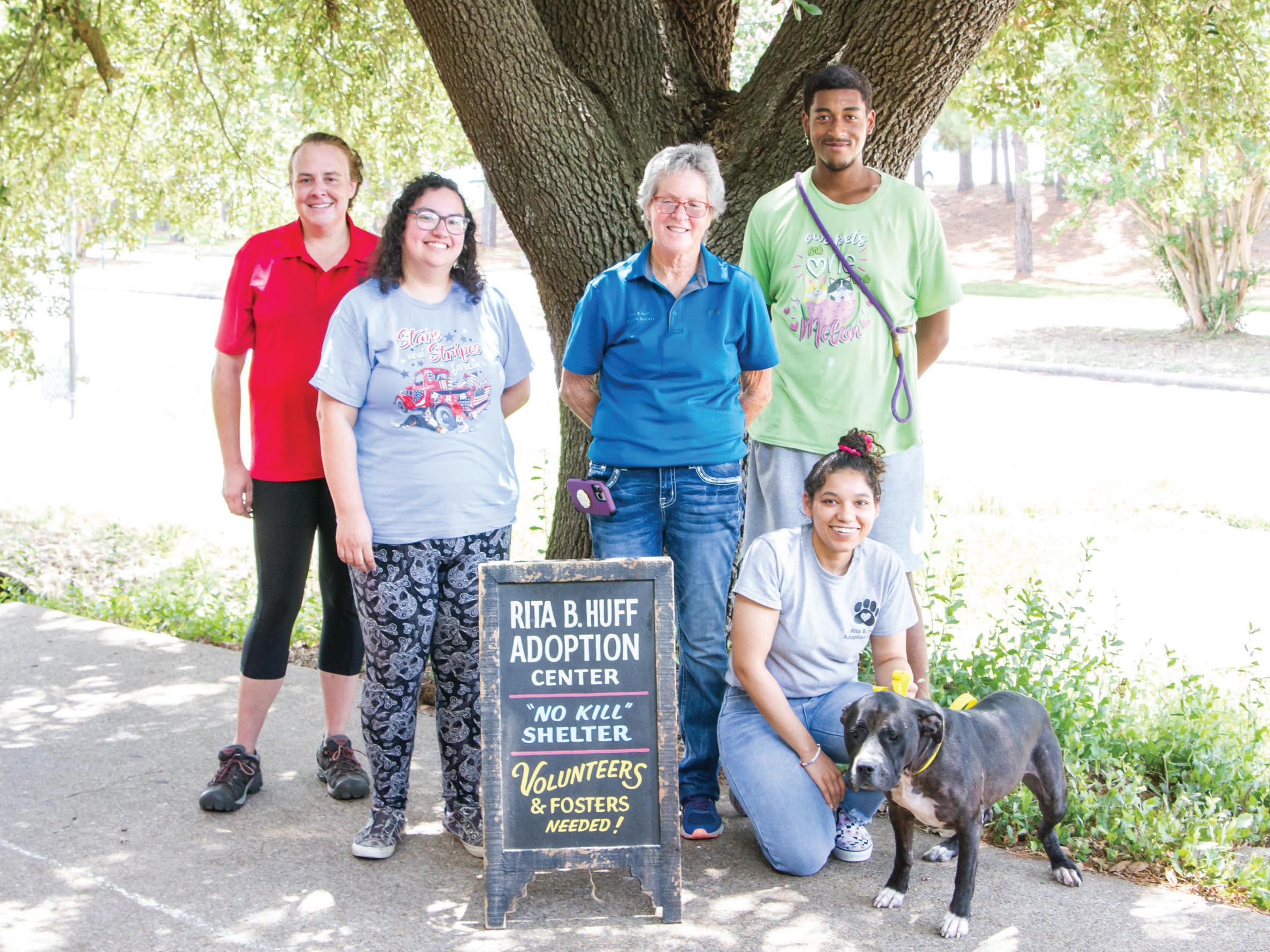
Dr. Huff suffered a stroke and died days before the first formal meeting of the humane society, where plans for the shelter would begin. Soon after the society was incorporated and received its non-profit status, it was decided the shelter was to be named in Huff’s honor. After spending a few years fundraising, the land was donated by the Gibbs Brothers and construction began. The RBH Animal Shelter officially opened its doors on August 1, 1986.
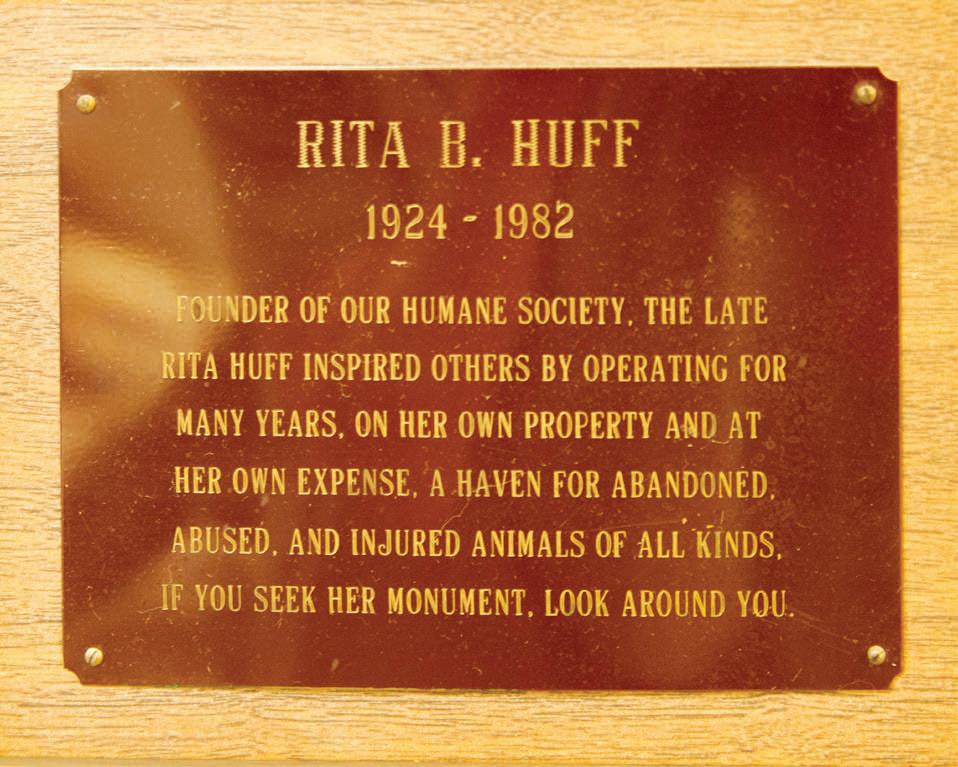
Located at 530 Bearkat Blvd., the no-kill shelter houses dogs and cats who have been abandoned, hurt, left for dead, and/or surrendered. The condition animals arrive in varies from mange and skin allergy reactions to broken bones. While Toliver says they take as many animals as they can handle, there is a limit, and only so many kennels.
The shelter currently has 19 dog

Cats:
• Purina One Adult and Kitten Food
• Fancy Feast west food-Classic Pate
• Clumping Cat Liter
• Catnip & Catnip toys
• Toy wands
• Washable cat toys
• Breakaway cat collars
• Milk Replacement kitten formula
• Small washable little boxes
• Heating Pads
• Kitten baby bottles
• Nutri-Cal
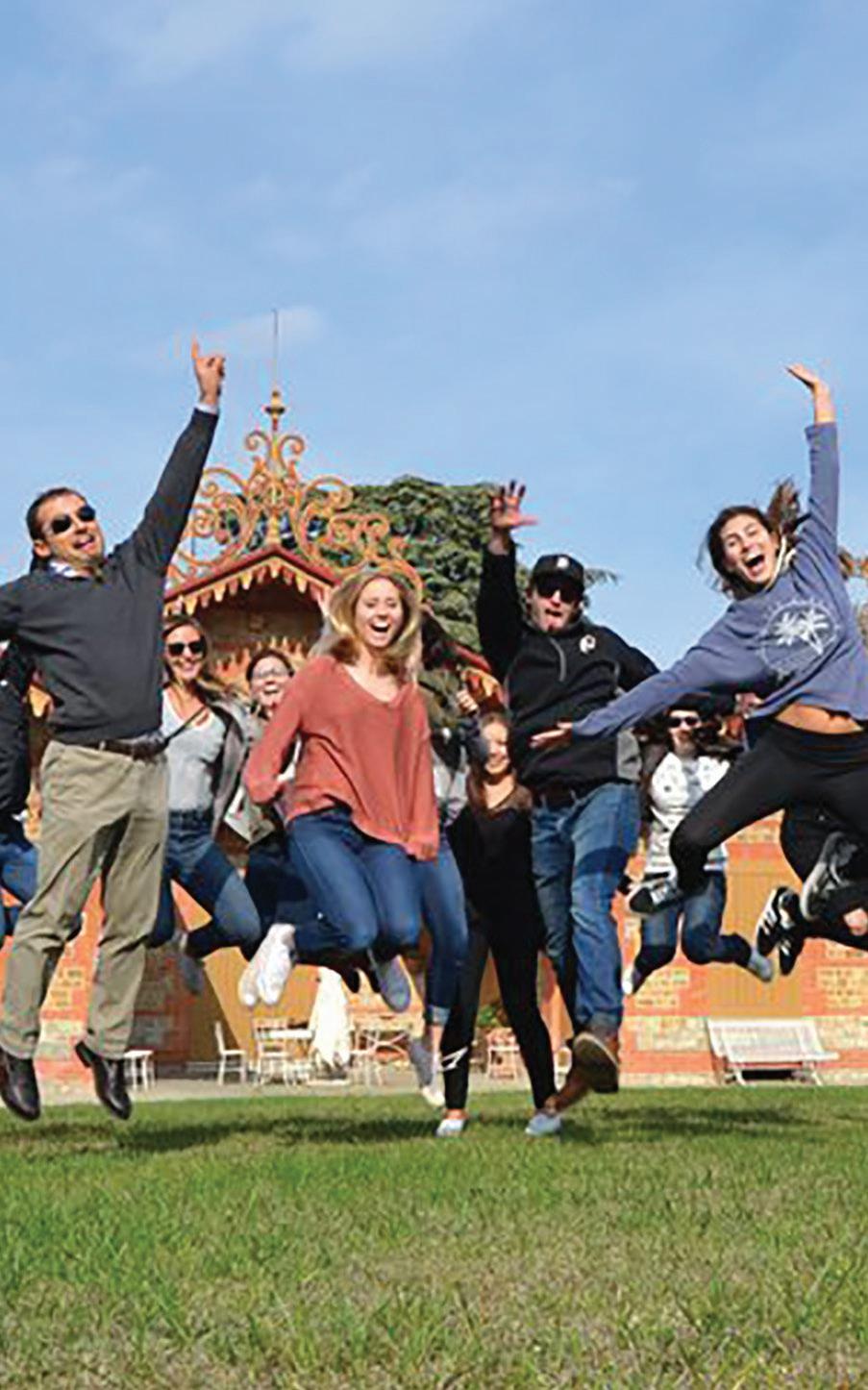
• Kitty Kongs
• Cat Tree
other:
Paper towels
Blue Dawn dish soap
Spray bottles
Sandwich bags with zip close
50-gallon outdoor trash bags
Clorox bleach
dogs:
• Purina One
• Purina One Puppy
• Collars-all sizes
• Leashes-all sizes


• Hard squeaky toys-medium & large
• Raw bones (no raw hides, please)
• Pig’s ears
• Bully sticks
• Kongs-large, extra large & double extra large
• Peanut butter-Skippy only
• Kuranda Beds
runs, two receiving areas, a surgery room, and limited room up front to keep puppies away from bigger dogs until they are fully vaccinated and have grown some.

‘When we are full, animals are put on a waiting list. We are very crowded and have an ongoing waiting list,” explains Toliver. “We take strays first, because they are on their own and have no help. Surrenders have someone to take care of them until we have room.”
Laundry detergent-concentrated
Post-it notes-all sizes
Legal writing pages-size 5x8
Laminating sheets
Printer paper
Large Nitrile exam gloves-non latex, textured fingertips, no powder
The cost to adopt from the shelter is $85 for adult dogs; $100 for puppies; and $45 or 2/$60 for cats. When an animal is adopted out, it has been given all vaccinations, microchipped, spayed and/or neutered, wormed, and given flea medicine. While Toliver says they do try to host adoption events at least once a month and have adoptable cats at Petco in Huntsville, they are still always overflowing.
“For example, we just picked up a litter of puppies found by a work crew underneath the steps of an old church. The “church puppies” were dumped like yesterday’s trash and were only 2 pounds when we picked them up. One littermate had already died,”
explained Toliver.
The RBH Shelter operates separately from the City of Huntsville and does not receive funds from the city. It is a tax-exempt 501 c(3) organization.
“It cost us about $4,500 a week to keep the RBH shelter open,” estimates Toliver. “There are your basic operations like lights, payroll, etc. but we also have vet bills like everyone else, medicine and feed costs for the animals, blankets, cleaning supplies, toys, kennels, fencing, etc. There is always some kind of need for our animals.”
Since the RBH shelter is a nonprofit, they rely heavily on donations, both monetary and supplies. Donations may be made through Facebook, their webpage rbhhumanesociety.org, or by becoming a monthly sponsor. Supplies are also needed, such as kitty litter, Purina One cat food and dog food, Kitten Chow for kittens, Pro Plan puppy food for puppies, towels, crates, bleach, paper towels, and dog toys-just to name a few. Toliver says volunteers are also welcome but must attend an orientation.
The shelter does receive about $12,000 annually from Walker County as the only rabies quarantine location for the county. They have two pens isolated for dogs that have been quarantined by the Walker County Sheriff’s Department for biting or scratching humans that results in bleeding.


There are also special fundraising events to help offset costs. Last year, the RBH Board hosted the “Pawtoberfest” fundraising event in Huntsville. The event included dinner and an auction (and some of the shelter dogs tagged along as well). The board decided to focus on the capital campaign for construction (which is ongoing) in lieu of Pawtoberfest for this year.
“We don’t set a specific goal,” said Toliver. “We are just grateful for what we can get.”
In an effort to help keep all Walker County animals healthy, the shelter offers several services.

Each Monday from 11 to noon, the shelter offers a low-cost vaccination clinic. This includes basic vaccinations, microchipping, deworming, heartworm testing, and other necessary services for dogs and cats. No appointments are necessary, and patients are seen in the order of arrival time.
The shelter also has a spay/ neuter program to help control the growing stray and abandoned animal population.
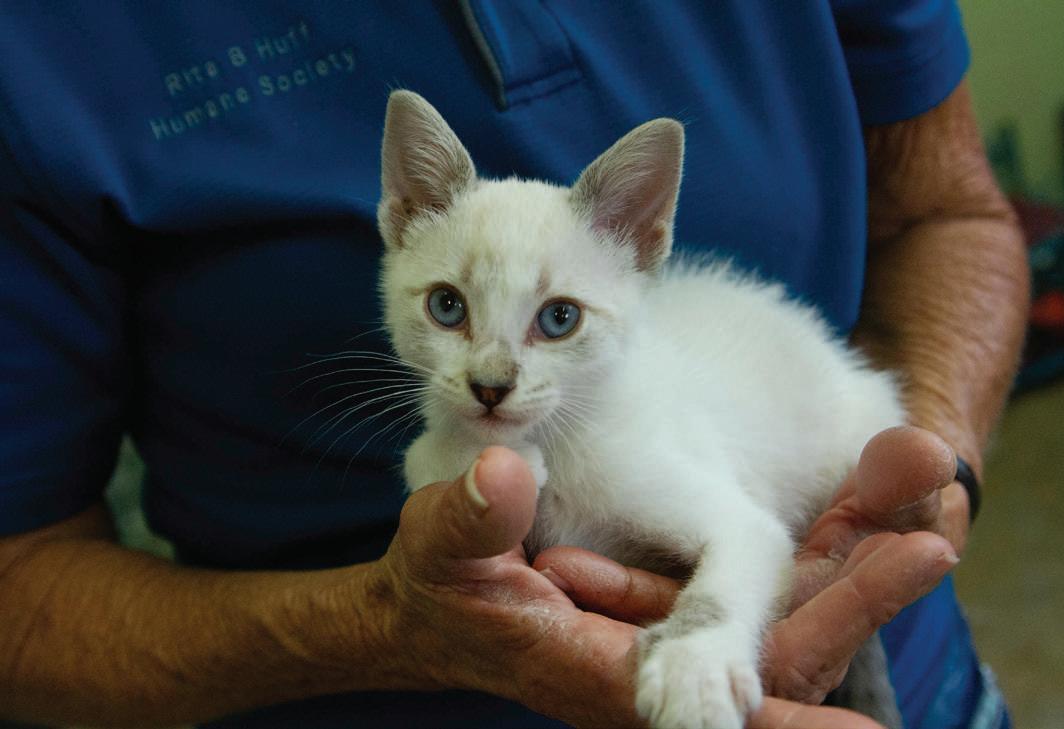
“We are sinking in animals with no homes. We are losing the battle, because of the number of kittens and puppies bred by people who can’t take care of them or don’t realize all it takes to be a responsible pet owner, then can’t afford to take care of them properly,” said Lori. “I strongly encourage people to spay and neuter their animals. There are so many low-cost clinics that can do it now, but people don’t take advantage of them.”
The SNAP (Spay Neuter Assistance Program) is funded by the county. The reduced prices program is open to all eligible Walker County residents with a limit of two animals per month, per household. To be eligible, a proof of residency in Walker County must be provided, and animals must be current on their vaccinations. Surgeries are by appointment only.
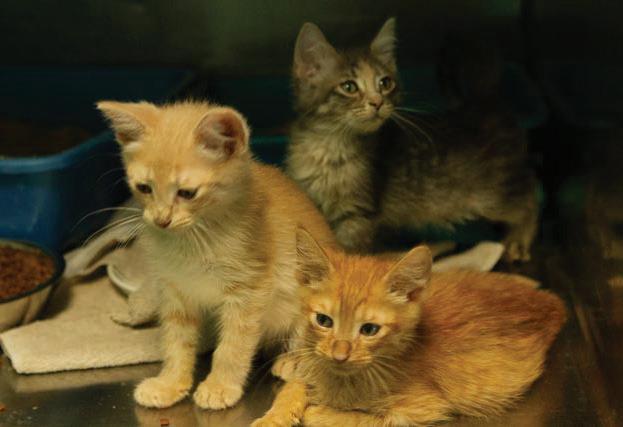


With an older, crowded building and a two-page waiting list, the shelter has outgrown its current facility. “We outgrew this place 20 years ago,” said Toliver. “There is just so much need for these animals, more than ever before.”
The RBH Board of Directors has secured a location for a new shelter on Veterans Memorial Parkway. Ground has already been broken for a state-of-the-art shelter facility, boasting 5,600 square feet for
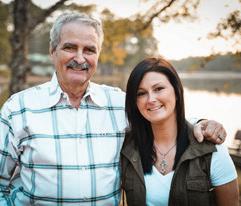


intake, exam, and surgery rooms; and two separate buildings at 4,100 square feet each which will provide 60 indoor/outdoor kennels for dogs. There are also plans for a large exercise yard. While the project has begun, fundraising is ongoing, and additional funds are needed to complete and furnish the facility for operation.
“Dogs need to be able to feel the grass under their feet, have fresh air, have toys to play with, and know that people care about them,” said Toliver. “Shelters are stressful environments for animals. Imagine being stuck alone in a cage and on concrete all day; it’s like a prison. Some will shut down and don’t care about anything. They need the mental stimulation.”
Cats will be afforded their own unique space to explore, roam, and play.
The Rita B. Huff shelter has a program Toliver describes as a win-win. It is the “Second Chances” shelter dog program, in which shelter dogs are given a second chance in life with trusty inmates at the Ellis Unit. In this program, six dogs between the ages of eight months to five years enter a training program with the inmates. While there, the handlers train the dogs in basic obedience commands and work to help socialize them through interaction with other people and animals, which makes them more adoptable. The inmates who can participate are within two years of parole eligibility or completing their sentence.
Due to COVID-19, the program was temporarily suspended, and all dogs were
brought back to the RBH animal shelter, which hopes to resume the partnership as soon as allowed.
Toliver, the RBH Board members, and RBH staff work hard each day to help the less fortunate animals of Walker County.
“My goal is to work myself out of a job to where there are no more stray animals and no unwanted puppies born,” says Toliver. “We’re like a safe haven for animals of Walker County,” sums up Toliver.
530 Bearkat Blvd
Huntsville, TX 77340 (936) 295-4666
rbhhumanesociety.org

facebook.com/RitaBHuffTX
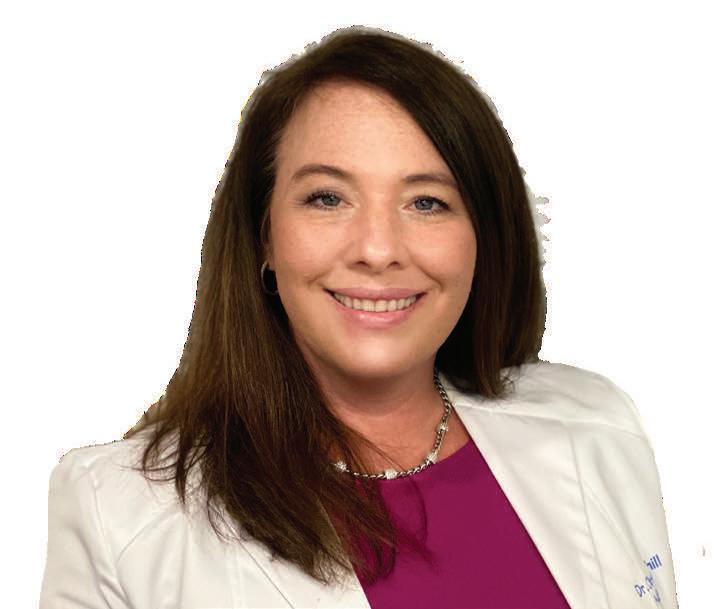
Monday-Friday: 12pm – 6pm Saturday: 12:00 – 4:00 • Sunday: Closed


It’s funny how red, white, and blue represent freedom until they are lights flashing behind you. Bad news today. My dog ate a bunch of my ”Scrabble” tiles. I took him to the vet. No word yet.
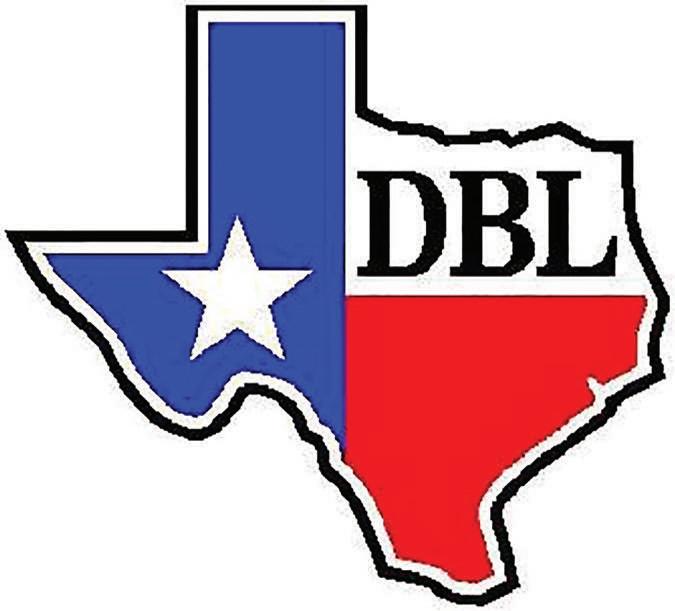 -David McGann
-David McGann

Fellas, marry a short gal and keep your guns on the top shelf. She might still get ya, but you’ll hear her dragging the chair across the floor.

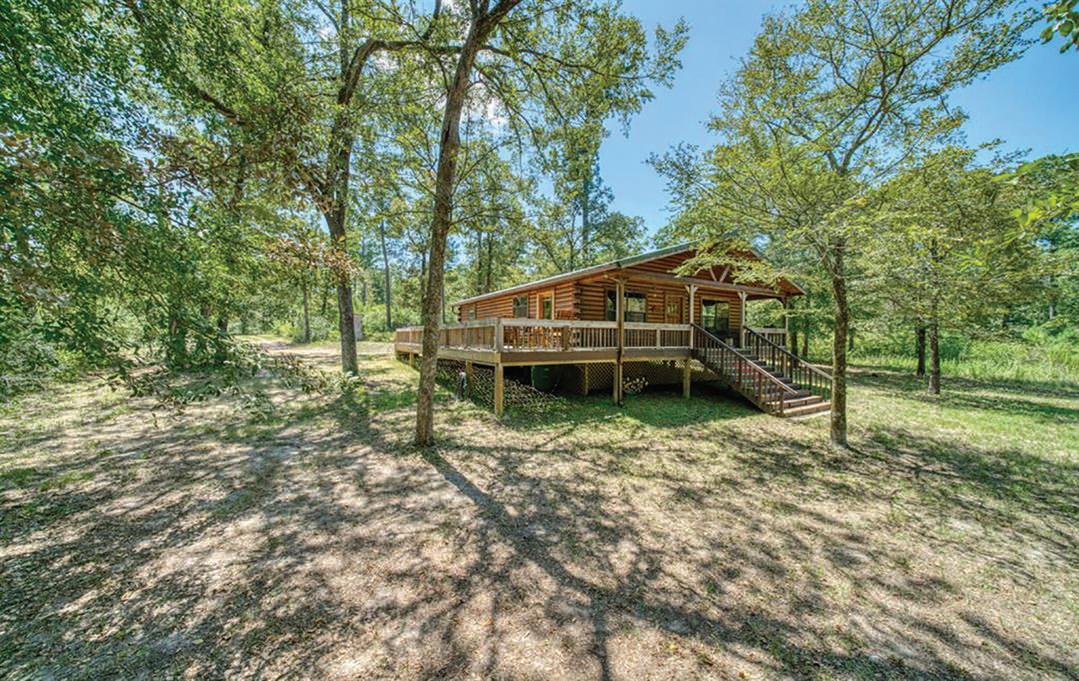
Teacher: Give me a sentence which includes the words “”Defense, Defeat, Detail”.
Charlie: When a horse jumps over defense, defeat go first, and then detail.
Your veterinarian won’t tell you this, but if your dog is running a fever, go to the store and get some mustard. It’s the best thing for a hot dog.
Friend: What’s the dumbest thing you’ve ever done?
Me: Awfully bold of you to assume that I’ve peaked.
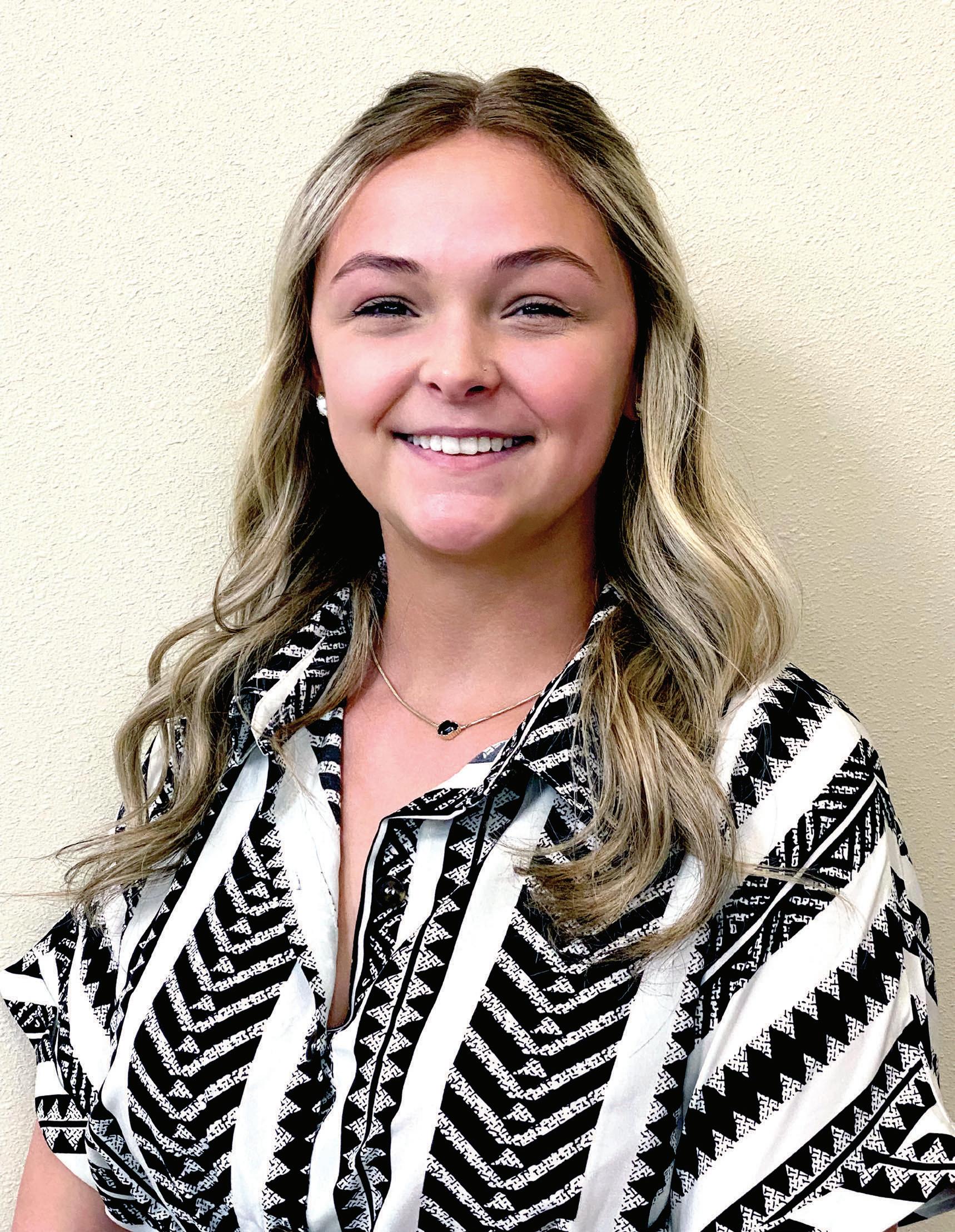


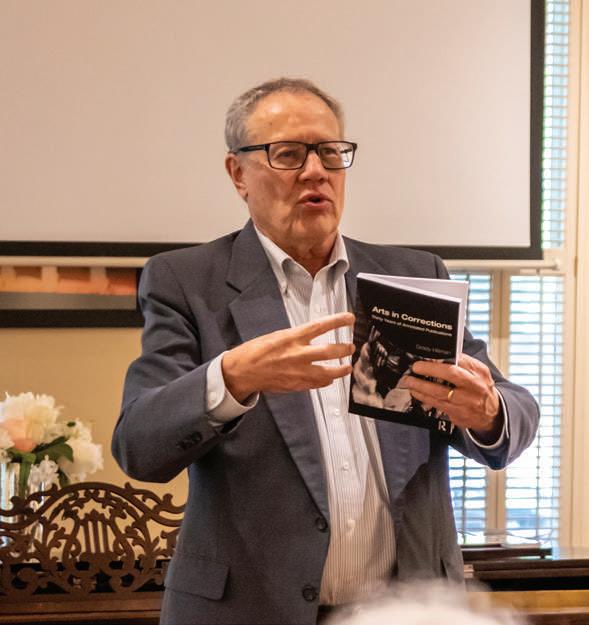

Grady Hillman is a poet, anthropologist, artist, urban planner, writer, teacher, and translator. It’s not so much he has separate careers; rather, he has found a way to roll these careers into one livelihood and one lifetime. His work has taken him to different parts of this country and more than 20 other countries, where he has plied his skills to the betterment of diverse communities and populations. Over the past dozen years or so, he and wife Mandy Gardner have combined
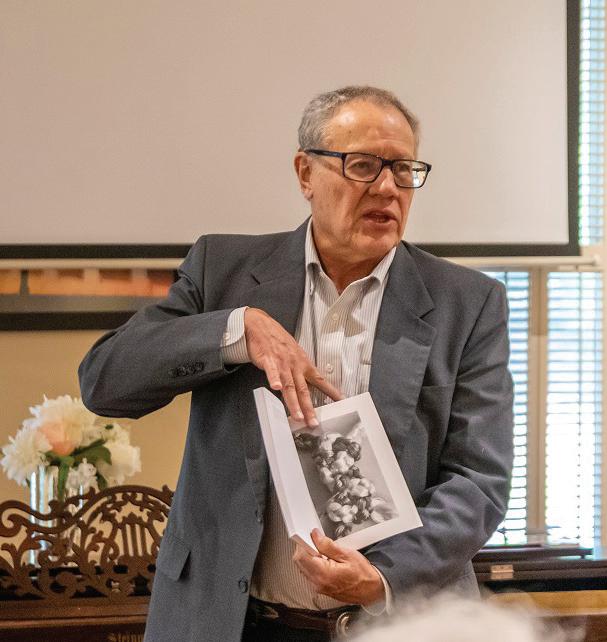

Where did you grow up?
All over: Mississippi; New Orleans, and other parts of Louisiana; Houston; Beaumont; Odessa; and Maracaibo, Venezuela.
How did this nomadic upbringing affect your interests?
I was drawn to the library, which was the constant in the schools. I loved reading and learning about different cultures. I was in the deep south, and I read Faulkner and many of the great southern writers. By high school, I was more interested in science fiction. It was Isaac Asimov, Ray Bradbury, but also Harlan Ellison, and Jorge Luis Borges. It was a lot of surrealism, abstraction, and speculative realities.
Growing up in different regions. In New Orleans, French was required; in Venezuela, I had Spanish instruction; and in high school, I took German.
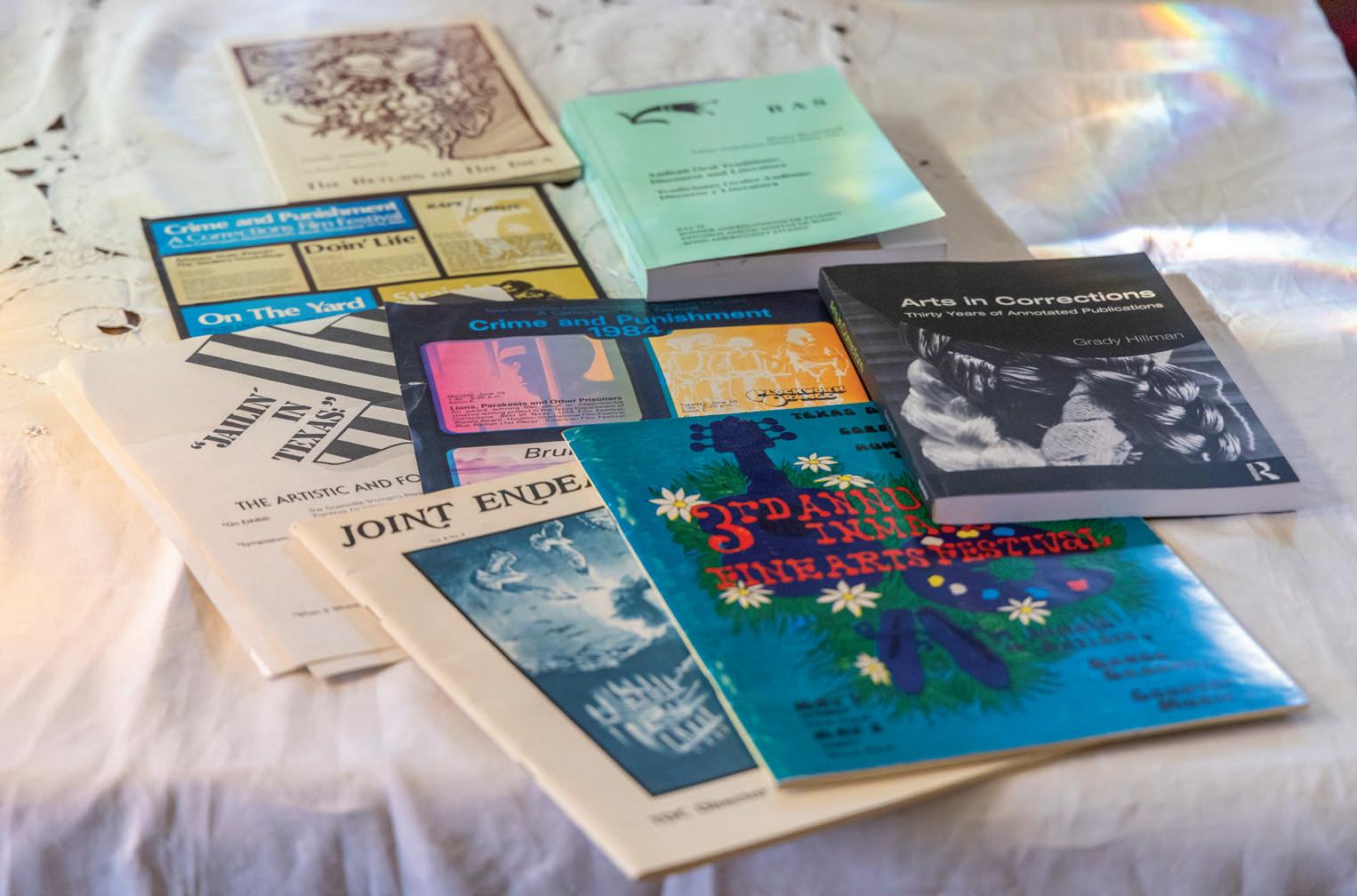
How did that turn
I was always interested in learning about culture, and people’s stories are a part of that. I was studying Humanities at Southern Methodist University, but then I took a break from school and sort of did the hippie/activist thing; I became a carpenter. I moved to Austin and all the artists, writers, dancers were banging nails as the city was beginning to grow. I would do poetry readings with construction buddies. But I was always interested in people, the stories they tell, and the things they believe in that help them make sense of the world. I ultimately graduated from the University of Texas and found understanding those things could benefit communities and earn me a living.
How did you wind up teaching in schools and in prisons?
It began when Linda Pease asked me to be part of “Poets in the Schools” in Huntsville. So, I did that, and then Bob Pierce, from Windham Schools (Windham is the school district for TDCJ), contacted me, asking, “Would you be interested in doing ‘Poets in the Schools’ at Windham? This had never been done in prison.

How did you and the program evolve?
I ended up teaching in more than 100 prisons! Some of that work was the subject of the award-winning film, Lions, Parakeets and Other Prisoners (1984), and I also received a Texas Humanities Council grant to do Jailin’ in Texas, a discussion program about prison storytelling. That was especially gratifying, because I had a chance to work with Ralph Pease, Bob Pierce, Dianne Logan, Ricardo Sanchez, Raul Salinas, and others.
How do people react when you tell them you taught in more than 100 prisons?
(chuckles) They might think it’s unusual or unsafe. If they ask, I just say, “It’s interesting, but it’s not nearly as challenging as teaching a group of middle schoolers. Middle school is the toughest place I’ve ever worked.”
I can’t speak for middle-school teachers, but I can confirm that Grady Hillman speaks from experience. In 1980, I was in sixth grade, and someone called our school to notify officials they had planted a live bomb on the premises.
The school needed to get the students off the premises quickly, find a location to corral us, and at least make a pretense of teaching us.
Buses evacuated us, transporting us to the fairgrounds, the only space available for this many children. We were in an enclosed building, adrenaline afire (a bomb!), our preteen hormones on overdrive, and we had nothing to do.
Who could the school district call upon to control such an unruly mob of pre-teen terrors? They chose a poet, Grady Hillman.
It is strange how lives intersect. I remember almost nothing about sixth grade--it’s a blur. But I remember this strangest of creatures, a professional poet, walking into the fairgrounds with hopes of utilizing poetry to reach a group of eleven-year-olds.
He was at least partially successful. He reached me. I know this because in 2009, I ran into him by chance at the Wynne Home Arts and Visitor Center. He introduced himself, and while I didn’t recognize the name, something struck me as familiar. As the scene reified in my memory, I asked what must have seemed an odd question, “In 1980, did you read poetry to hundreds of pre-teens sequestered at the fairgrounds because of a bomb scare?”
(Shortly after his bomb-induced poetry reading, Grady wrote a draft of a poem about his experience, which was never published. You can find the poem in its original draft form on page 80 of this issue.)
At which schools did you teach?
I taught in Beaumont, San Angelo, Terlingua, and other places. Some of the places were very small. I taught in Mumford, a small town near Bryan, and I was in a classroom with children between the ages of five and nine, teaching them all at the same time. It required innovation, and it was a great learning experience for me, too.
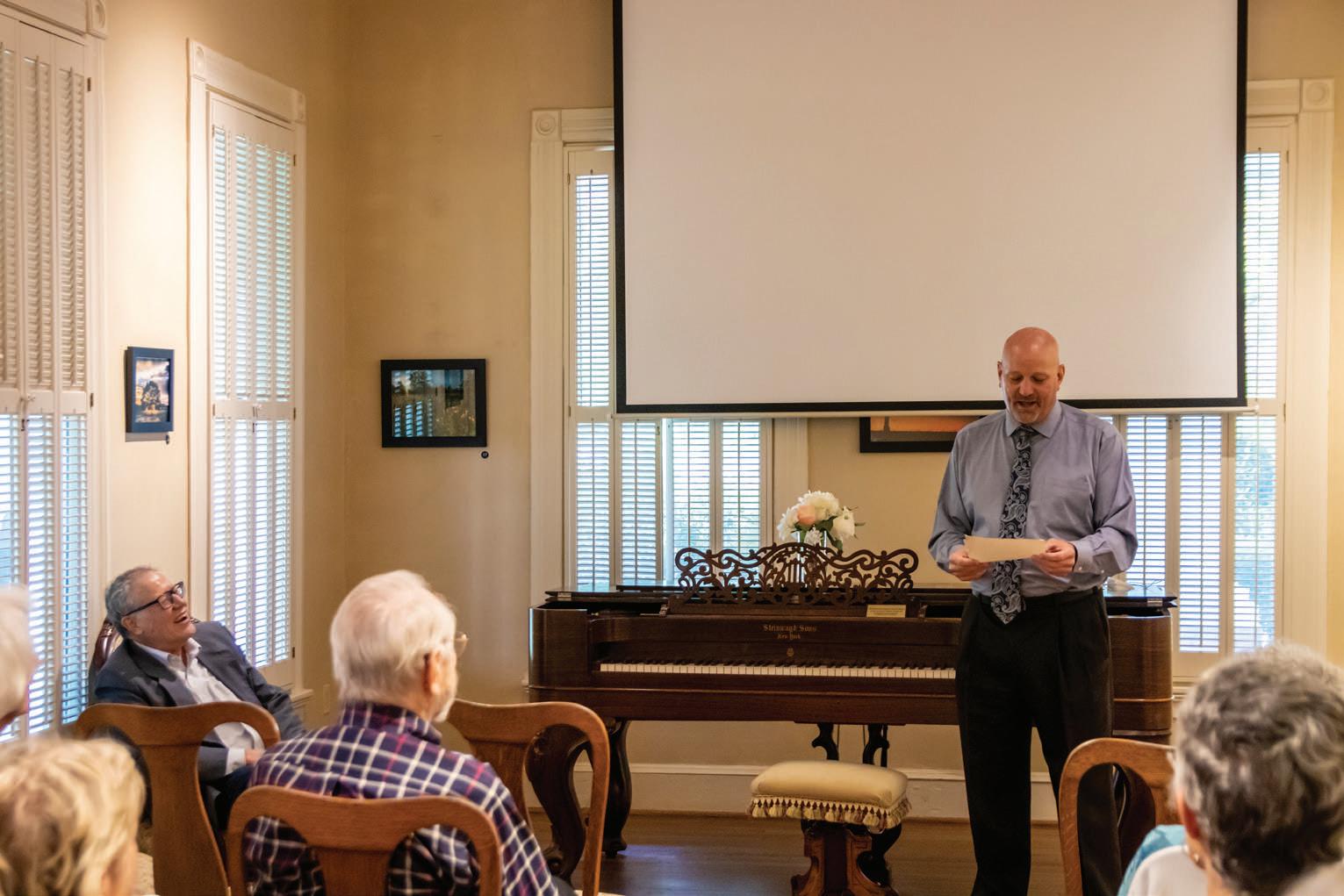


“Middle school is the toughest place I’ve ever worked.”
What type of assignment would you give inmates at Windham?
I taught Dante’s Inferno, which has various characters from literature in various circles of Hell. They read the book, and I posed questions, one of which was to assess the punishments that Dante assigned to his characters. I’m not sure if they thought I’d be turning over their answers to the parole board, but they were all in favor of harsh punishments, noting “Oh, Dante was too lenient. They deserve much worse!” Whatever the motivation of their responses, they knew the material.
At the end of the 1980s, you obtained a Fulbright Fellowship and returned for your Master’s Degree. What prompted that move?
I was dependent on other scholars throughout the 1980s to do the programs I wanted to do. I had the ability to implement the big grants, but I did not have the graduate degree, and in the Humanities, you really need such a degree. The Fulbright turned into my graduate research. I was able to travel and work with Dr. Roger deVeer Renwick, and I learned a lot about the Incan culture and language. In fact, you took on the unlikely task of translating poetry from Quechua to English!
Yes, I had been to South America, and I was interested in the Incan Empire which, at its peak, was as large as the Roman Empire. The
University of Texas taught Quechua, so I had this opportunity to learn. For the translation project, I worked with a professor named Guillermo Delgado, and he didn’t speak much English, and I didn’t speak much Quechua. Our common language was Spanish, and that’s how we worked, translating these Incan myths and poems to English.
Why did you choose anthropology for your Master’s degree, and how did your work change afterward?
It connected the things that interested me. It is studying people, and that’s what I do.
I had more flexibility, and I could do larger projects. I put together cultural or historical plans for many communities: the King William District in San Antonio (TX), as well as districts in Greenwood (MS), San Marcos (TX), Charleston (MS), Anniston (AL), and the cultural district you guys did in Huntsville (TX).
The plans were particularly elaborate in Mississippi, where I was able to work on historic trails related to music, Native Americans, and other elements. It was the perfect expression of anthropology.
You are drawn to work that combines diverse topics and places.
I am a sort of a nomad in terms of my travels and my work. I would have four or five different projects going on, one in New York, one in Texas, and a few here or there. There would be no real template for any of these projects. I would come in and ask, “What do you want to do here? What does your community want to become?” And my job was to help mediate that, to help them become what they wanted to be. If I had been a specialist, or even tied to one specific area, I

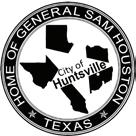
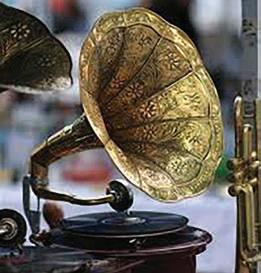

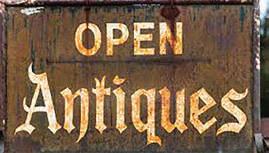
wouldn’t have been able to do that.
When did you meet Mandy, and how did that change things?
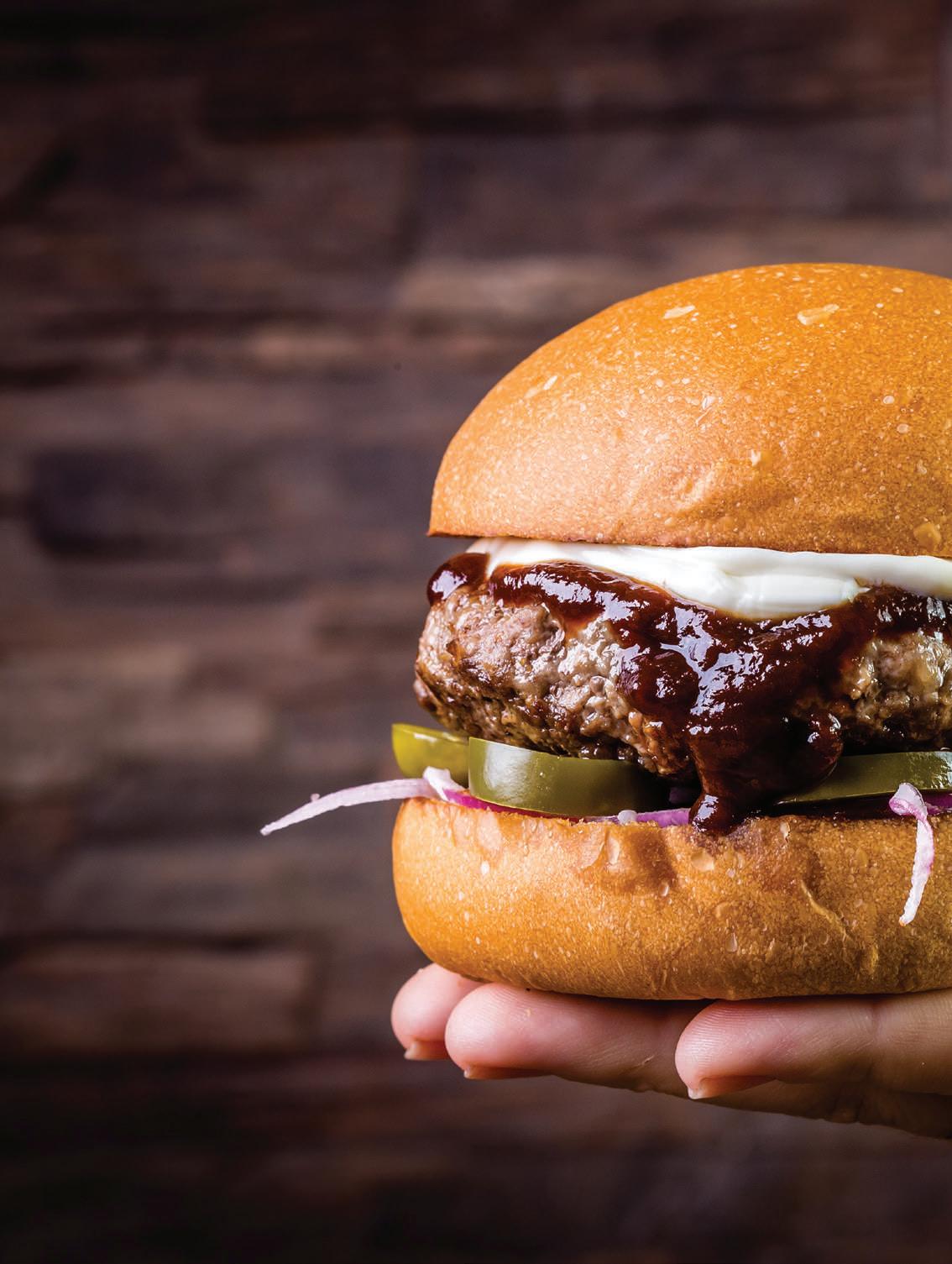
We met briefly in 2007; I then reached out to her in 2010 for something that was work related. Something clicked.
It didn’t so much change things as enhance them. She has a PhD in interdisciplinary studies, with a focus on pedagogy, literature, and sociology. She has taught in jails and homeless shelters, and she is a writer, often writing about health. This was a match for me, and her knowledge turned out to be helpful. But at the time, all I knew was I was at the top of my professional game, and I had met a wonderful woman.
This wonderful life stopped—literally—on June 26, 2011. While walking his dog, Hillman had a heart attack, a cardiac arrest, and a stroke—a medical hat trick, tortuously performed by a quondam verbal magician. He crumpled, hitting the ground unbraced. No one knows how long he was on the ground, but during this period, he experienced “clinical death,” before a woman, a “mystery savior,” found him and called an ambulance. A short ride and three defibrillations later, his heart resumed beating. His fine motor skills and his voice, however, were slow to follow. The poet had lost his voice.
What do you recall about the moment you awoke from your stroke?

I don’t have clear memories of much immediately following the stroke. I remember trying to communicate, but it was just gibberish—although the doctors say I spoke gibberish with much animation. I also lost memory of events before the stroke. I didn’t even remember Mandy. That was her best chance to leave me. I wouldn’t have even known! (much laughter)
Mandy Gardner didn’t leave. In fact, she was essential to his recovery, a point made clear by any observer seeing them together. They married in 2012, about nine months after Grady’s stroke.
About two months. I was in the hospital for a month, then I went into rehab for five or six weeks. Even after I went home, I struggled, doing things like reading the paper upside down (laughs).
Mandy Gardner: He mostly babbled, and he would agree to all sorts of things, because he didn’t have a sense of time.
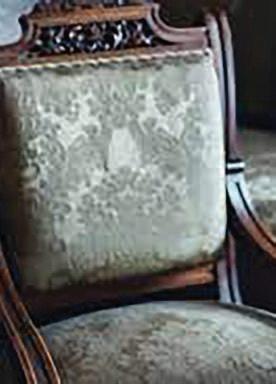
Grady: It’s a linguistic joke: “I lost my tenses.”
Mandy: It’s worth noting here that his speech therapists used his poetry to help him recover.

Grady: Yes, they taught me through “key vocabulary,” the way they teach children. My poetry contained words that had meaning to me, and it helped me relearn language and speech.
About a year later, I had my memory and most of my skills back. We got a grant from the National Endowment for the Arts (NEA) to do research. Then, Beth Bienvenu, who is the Director of the Office of Accessibility for the NEA, contacted me and asked me to mentor writers teaching
in a federal prison program. She said, “You still have your memory and your cognition, and we can work around your ability to talk.” So, I worked on that project for several years, until COVID put an end to it and similar projects.
Names and numbers give me the most problems. At times I cannot think of the correct word, and I have to use a circumlocution to describe it.
Mandy: That occurred when he proposed to me. He said, “Would you like to…to…you know…that thing your dad would like to see us do.” I wasn’t sure if it was his medical incident or a guy thing, where he couldn’t quite utter the word, “marriage.”
Grady: In my defense, I lost about half my vocabulary.
Mandy, Grady, and half his vocabulary now live in Albuquerque, and he still works and travels. In fact, he has completed a book in the past year, Arts in Corrections: 30 Years of Annotated Publications by Grady Hillman.
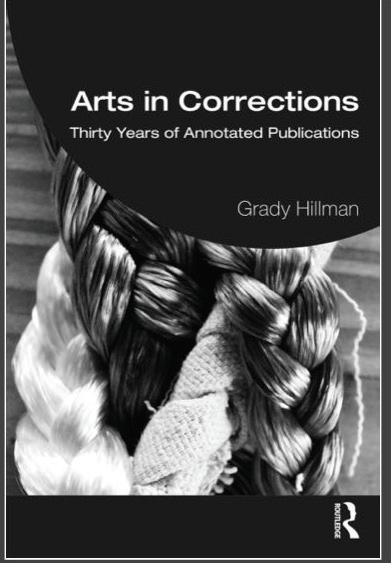
It’s been a dozen years since the stroke, what ails you besides the vocabulary?

There are many things. My right hand has lost some of its motor coordination, so it’s harder to write. Things come to me more slowly, which makes it difficult to toggle back and forth among topics. It’s like a large ship trying to turn around. I’m still recovering, and I’ve been humbled, but I am doing what I need to do. I am an editor, and I am editing myself, with the help of Mandy. What are your current projects?
I am still publicizing the book, and I am working on a project that will get me back into a correctional facility to teach arts and poetry. I look forward to that. I am also working on a book based on my travels in Peru. I wrote a lot of poetry when I was in Peru, which was during their civil war, and I kept journals. These could be combined in a book, perhaps titled, “One Year in Peru.”
Mandy interjects at this point to tell me she enjoys sitting in on Grady’s interviews. “I am still trying to figure out all the things Grady did,” she notes. “There is so much he’s done, and I am still putting it together.” Would it have been more difficult to recover from your stroke if you hadn’t been trained in linguistics and had so many diverse life and career experiences?
It would have. I was trained as a linguist and as an anthropologist. I know what’s wrong with my brain; I know what I am doing; I know where to go for help; and Mandy knows what I don’t. It is a blessing, a fact I am reminded of as I sit here with you, relaying my experiences.


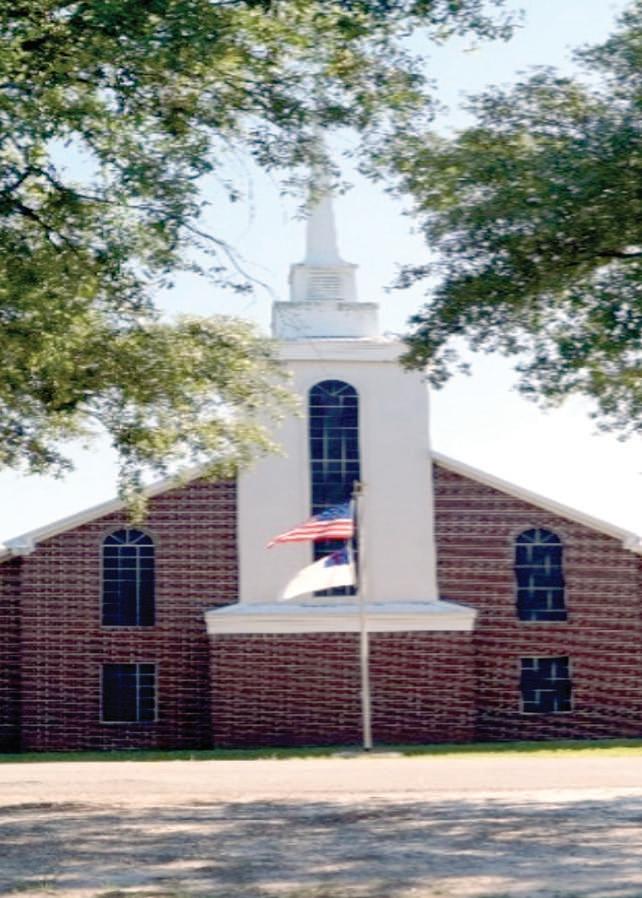

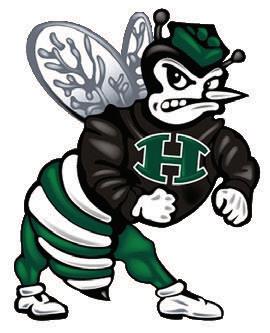
















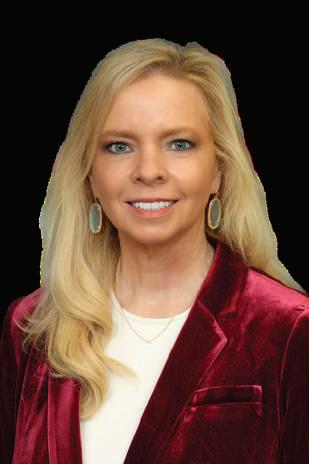
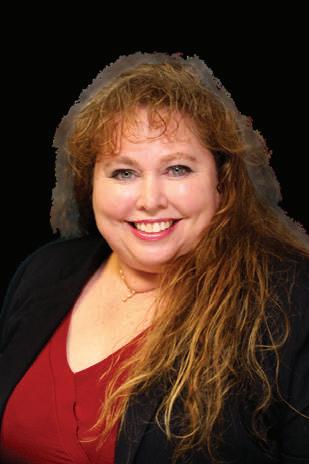
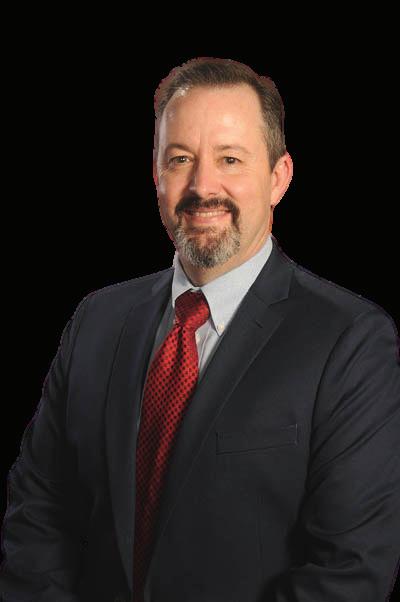
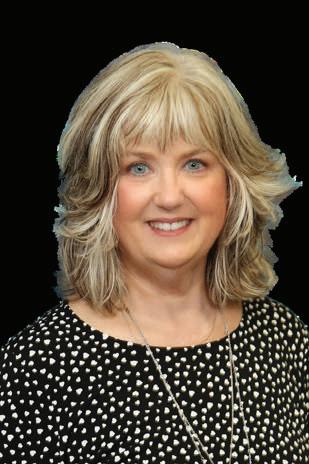



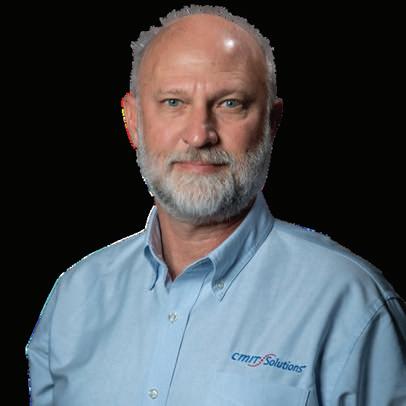
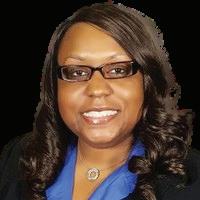
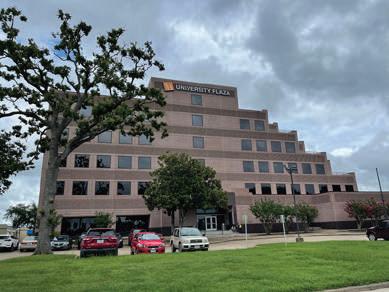
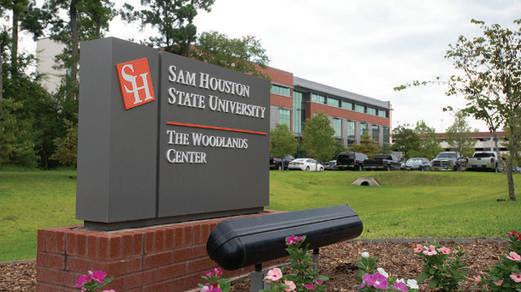
DUDE
loved by Kynlee

Maria's days used to be overshadowed by an unseen enemy: neuropathy. Each step felt like walking on burning embers, as if her feet were betraying her. The sharp, tingling pain was more than a mere sensation—it was an incessant scream for relief. Sleepless nights, uncomfortable walks, and worst of all, shelving her beloved dancing shoes, became her new normal.
Friends watched in despair as the lively Maria they knew became a shadow of her former self. She had tried it all: medicines, therapies, and even age-old home remedies. But the relentless grip of neuropathy seemed unbeatable. Each failed attempt only pushed her further into the abyss of hopelessness.
But in the darkest corners of life, sometimes, just sometimes, a ray of hope pierces through. For Maria, that ray was a whispered name: Dr. Brian McGee, DC of Huntsville Physical Medicine Institute.
Stories swirled around town. Tales of how Dr. McGee, DC had transformed lives, turning agony into relief, despair into hope. Was it too good to be true? Maria had her doubts but was desperate for a solution. She dialed 936-291-2111, her fingers crossed.
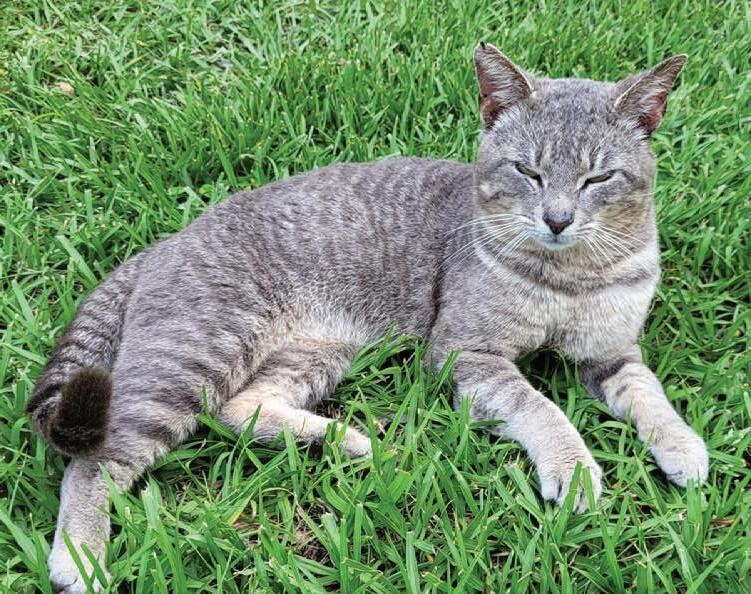
The voice on the other end wasn't just professional—it was compassionate. Maria was not just another patient; she was a life waiting to be transformed. On her first visit, she met the now legendary Dr. McGee, DC. He was a beacon of hope. His understanding, combined with a unique approach to tackling neuropathy, made Maria believe again.
The results? Phenomenal.
As weeks turned into months, Maria noticed something incredible. The burning began to subside. The tingles, which once held her captive, started to fade. With each session, her confidence grew, and one day, she did the unthinkable—she danced. Not a tentative step, but a full-fledged dance, bursting with joy.
Now, the story could end here, a happy ending for Maria. But there’s a twist.
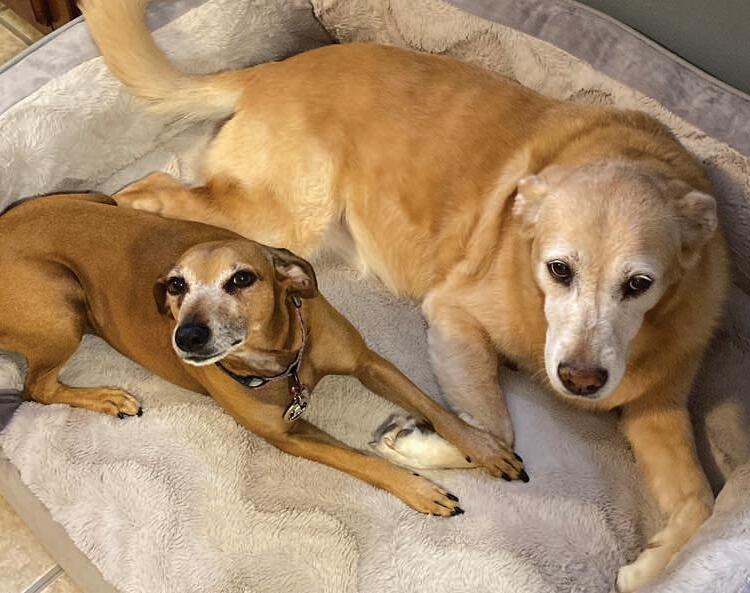
If neuropathy's sinister fingers have gripped your life, here's your golden ticket. This month, Huntsville Physical Medicine Institute is offering a chance to reclaim your life. But here’s the catch, they only have room for 20 Exclusive Complimentary Neuropathy Consultations ($200 value) this month.

Don't let the opportunity slip. These slots? They’re hotter than a summer's day and will vanish before you know it.
Dial 936-291-2111 NOW to secure your Complimentary Neuropathy Consultation and be one of the lucky 20 to reclaim your life.

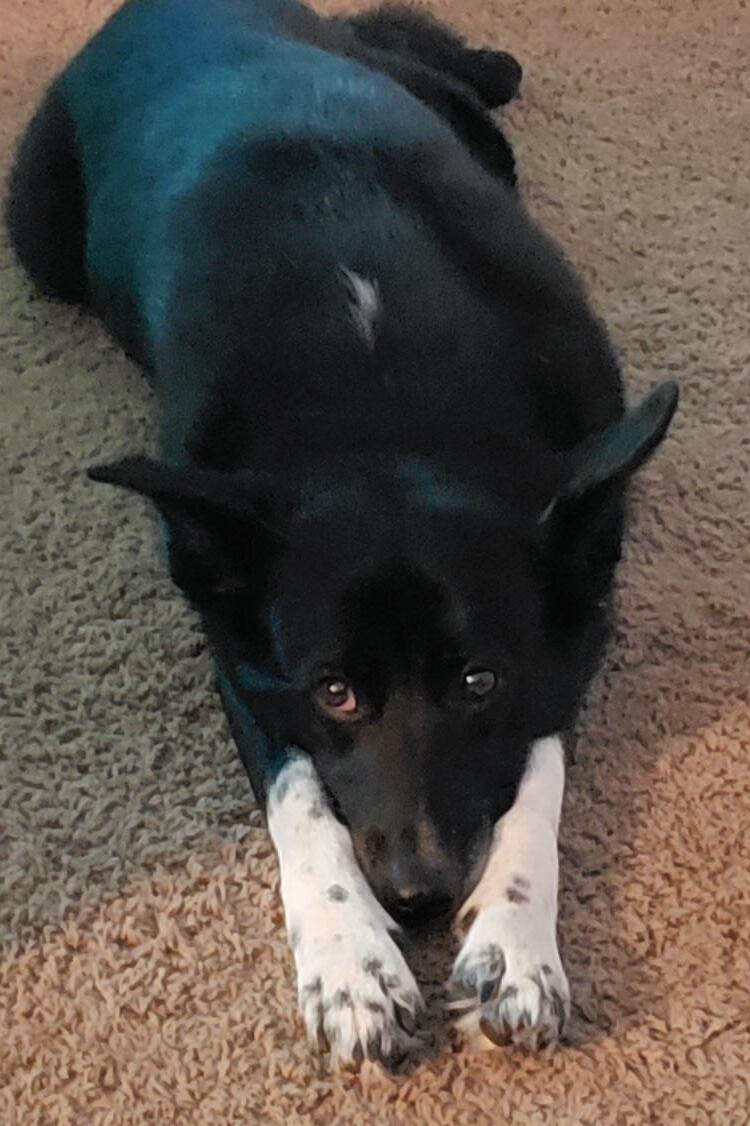
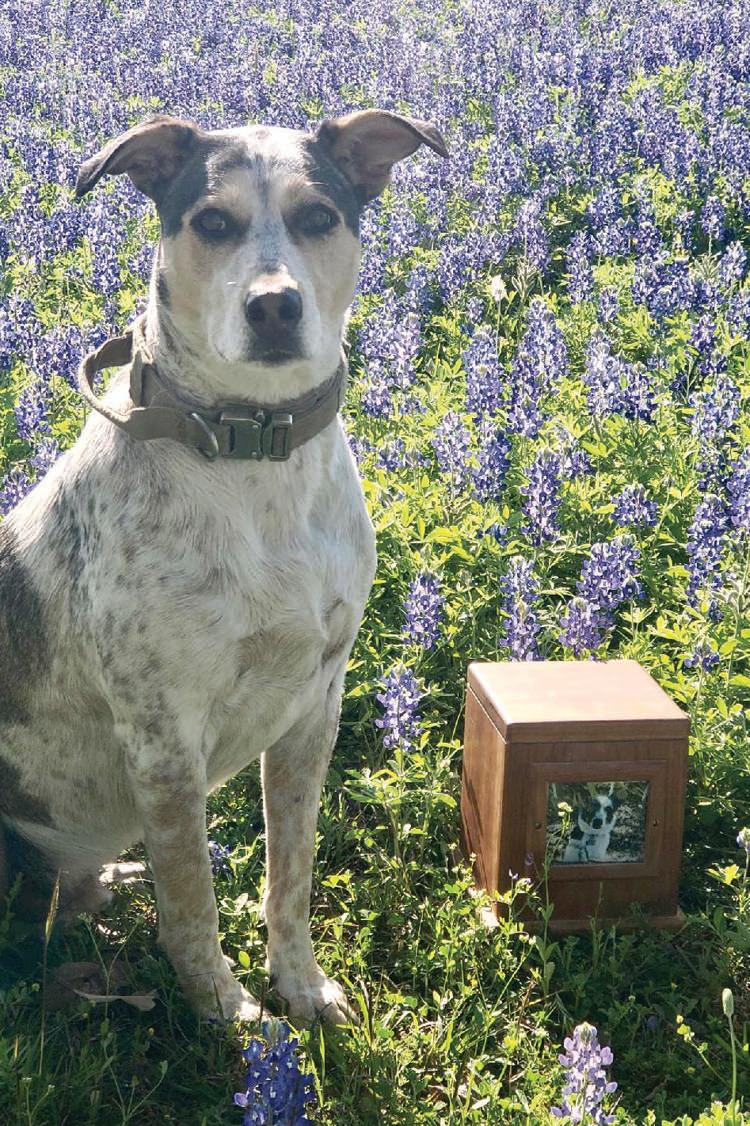
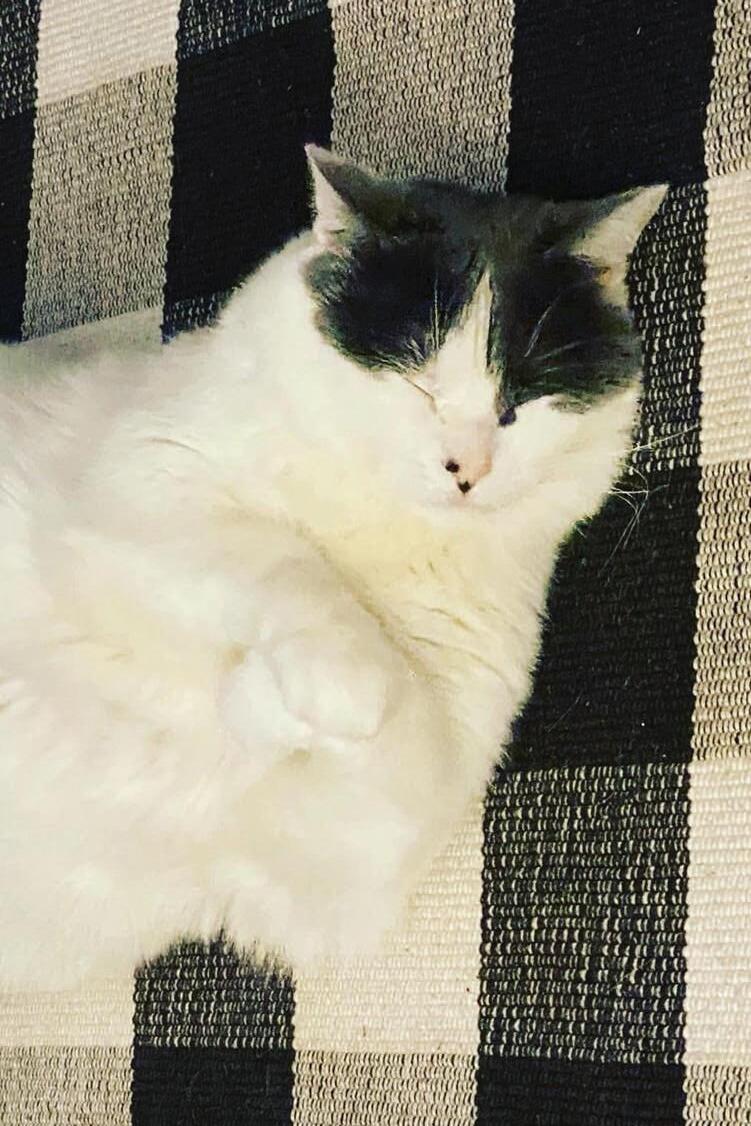
Welcome back to the Dear Gabby advice column. Thank you for the great response for my cool salad recipes! I hope you enjoy them. Look for the recipes on the next page. September and Labor Day are always special for me because I was born on Labor Day. I know, all of you Smarty Pants, that we were all born on labor day, but I was born on the actual holiday It’s back to school time, so watch out for the little children waiting for the bus and the older ones driving! Send your questions to me by clicking on Dear Gabby at www.PostcardsLive.com/share.

I like to tell my wife about my day when I come home from work, but she asked if she could have some peace and quiet while she tried to cook dinner. So I took the batteries out of the smoke alarm. She failed to see the humor in that and I’m in the doghouse. Again
Has someone really done all of the stupid things that we are warned about on product labels?

I truly believe that every warning label comes with an amazing backstory. My favorite warning label of all time was on a clear plastic bag on a pair of snowmobile gloves. It read: WARNING: To avoid danger of suffocation, keep this bag away from babies and children. Do not use in cribs, beds, carriages or playpens. THIS IS NOT A TOY! The next paragraph read: If you thought this bag was a baby toy, and the warning is actually news to you, then best of luck out there. Life will not be easy for you.
Yes, you are. I live with one of those, too. One night my husband stopped for a beer after work and became very late for dinner. I called him and told him if he wasn’t home in 10 minutes, I was going to give the dinner I cooked for him to the dog. He was home in 5 minutes. I asked him why he made it home so quickly and he said he’d hate for anything bad to happen to the dog. The dog was kind enough to share his doghouse.
CONFIDENTIAL TO “MYSTERIES OF LIFE”: If you lose a sock in the dryer, it comes back as a Tupperware lid that doesn’t fit any of your containers.


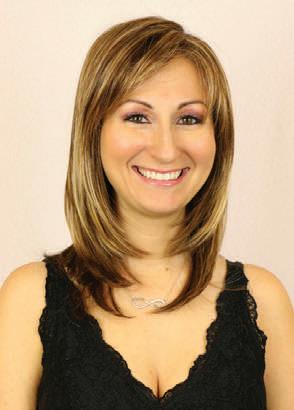
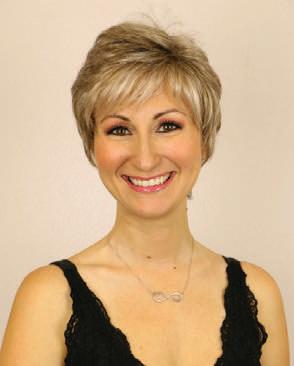


Ingredients
3 small (6 oz) cans of tuna
4 boiled eggs, diced
2-3 ribs celery, diced
1 small apple, diced
At least ½ c. toasted pecan pieces
2 Tbls. Sweet pickle relish, drained (I prefer Heinz)
Miracle Whip to desired consistency

Ingredients
Toss together:

2 c. cooked peeled chopped shrimp (keep chilled until ready to mix)
3 hard boiled eggs, diced
2-3 ribs celery, diced
2 tsp. onion, finely chopped
Mix together and toss lightly into shrimp mixture
1/3 c. mayonnaise
¼ c. chili sauce
3 Tbls. Lemon juice
Serve on lettuce leaves
Ingredients
1 large (13 oz) can white meat chicken, pulled apart
3 hard boiled eggs, diced
2-3 ribs celery, diced
At least 3 oz. dried cherries (raisins and fruit bits work, but cherries are better!)
At least ½ c. toasted pecan pieces
Mayonnaise to desired consistency
I never measure anything. I don’t cut things up too small; it adds to the texture. In the case of pecans, cherries or shrimp; if some is good more is better! I break up pecan halves and throw them on a cookie sheet in a 350 ° oven for 6 or 7 minutes. I can tell when they’re ready by the smell. You’ll notice the difference and may never eat raw pecans again! Once you try these recipes, you will adjust them to your own taste. The only thing I would not recommend is substituting Miracle Whip for Mayonnaise or vice versa. I’ve experimented enough to know that it’s not as good. Enjoy!
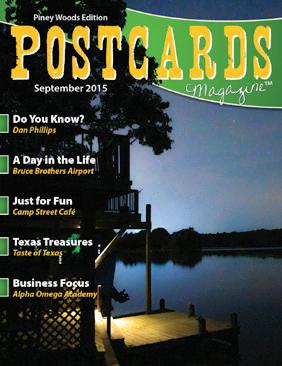
We previously told you about Taste of Texas, a one-of-a-kind restaurant in Houston, known not only for its great food fare, but also for an impressive collection of Texas history artifacts. Restaurant owners and history buffs Edd and Nina Hendee have recently added a piece that will change the Taste of Texas Museum Collection forever. The Interior Sacristy Doors of the Alamo Chapel had been in a private collection since 1954, but became available as that collector liquidated their holdings.
On March 6, 2023 on the 187th anniversary of the battle of the Alamo, the doors went on permanent display in the lobby of the Taste of Texas. The Spanish government built the Alamo (known as Mission Valero) in 1717. The doors were built in 1750.
Taste of Texas continues to award scholarships to students, as well as playing host to 4th grade school field trips highlighting Texas history, with the annual total of students surpassing 15,000. Add to this the 1000+ daily visitors to the restaurant, and the Alamo doors certainly will be well-visited and appreciated.
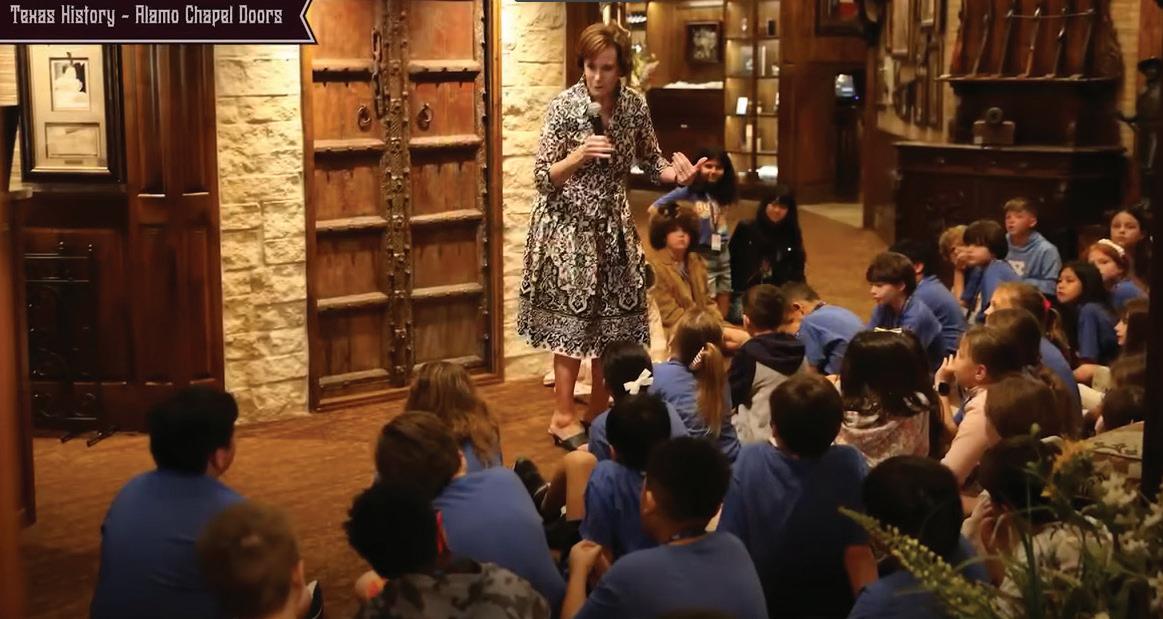
10505 Katy Fwy
Houston, TX 77024
(713) 932-6901

tasteoftexas.com
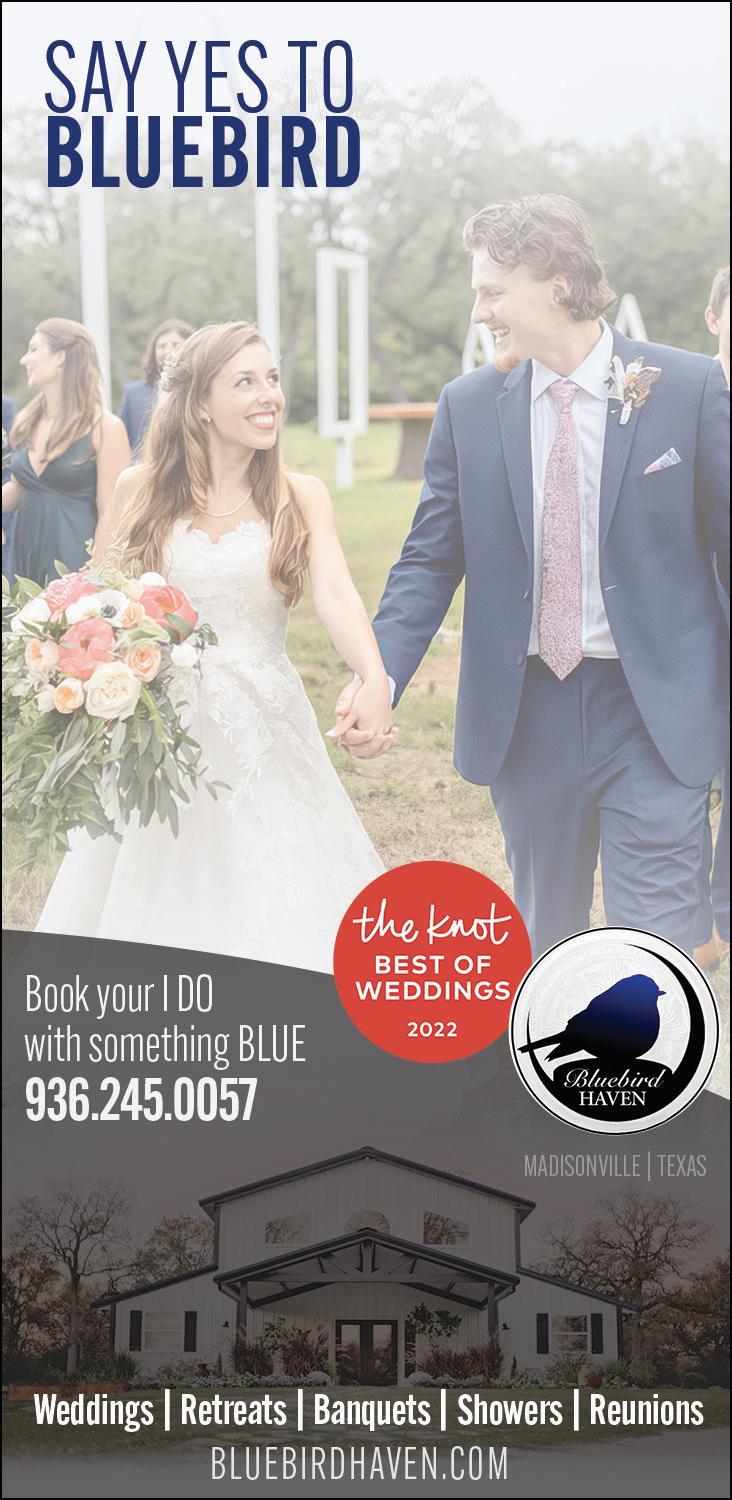

My friend was shopping with her 4-year-old son when he noticed a lady with a face piercing.
He politely ask her, “Why do you have that nail in your face?”
The lady explained, “It isn’t a nail. It is jewelry, sort of like an earring but in my cheek.”
As they walked away the 4-year-old turned and said, “Good luck getting that out of your face.”
JacobOn Kam’s last day of sixth grade, I felt him standing super close behind me in the kitchen.
Me: Get away.
Kam: How tall are you, Dad?
Me: I used to be 5’10”.
Kam: We should measure you.

Me: No! I don’t want to know if I’m not 5’10” anymore.
Kam: Well, we’ll know when I reach 5’10”.
Kevin BraysonListening to a 4-year-old tell a story is like the world’s longest podcast, only there’s no pause button, and sometimes there’s a quiz.
Me: What did you do at school today?
5-year-old: Learned about dragons.
Me: Your class learned about dragons?
5: I learned about dragons. I don’t know what everybody else was doing.
Our little girl Jacee flipping through my Bible looking for a chapter and verse…
“I need a table of continents.”
Chris Russo
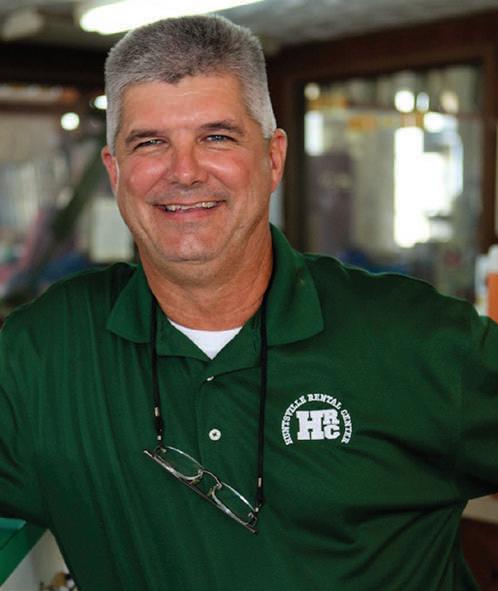

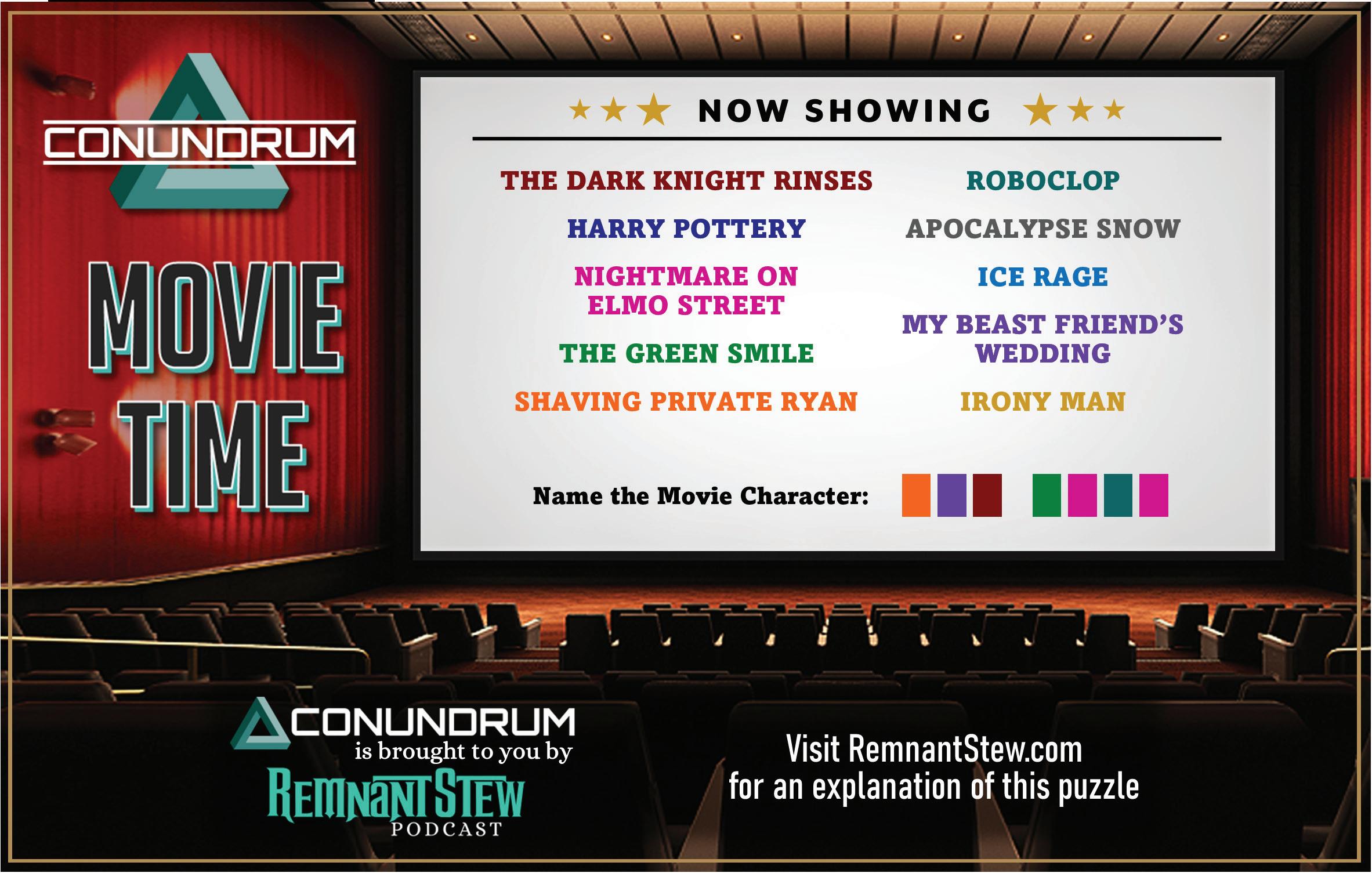
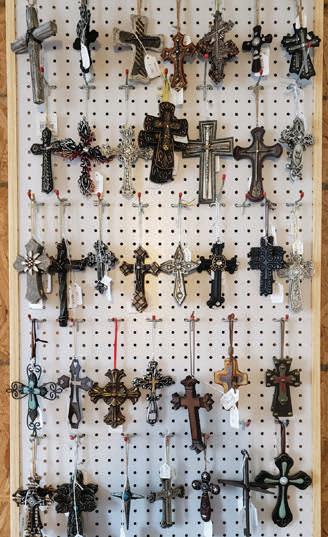


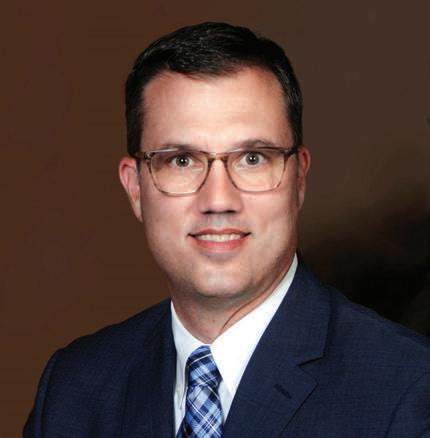







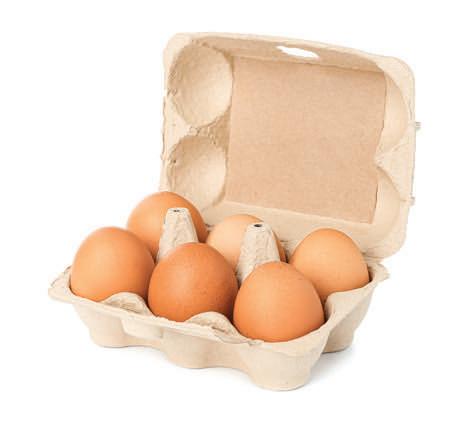



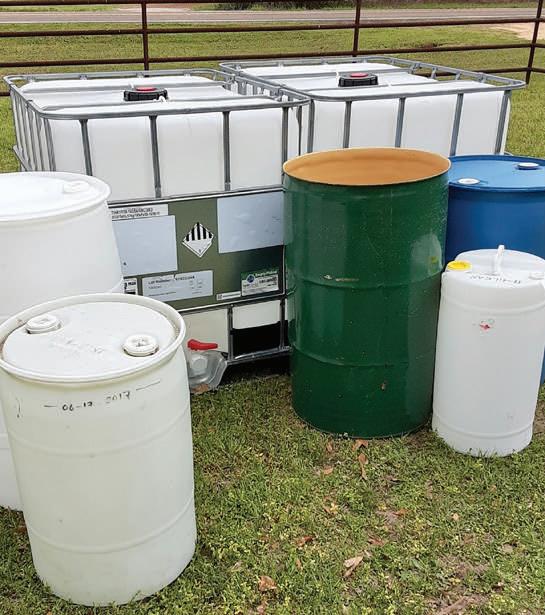








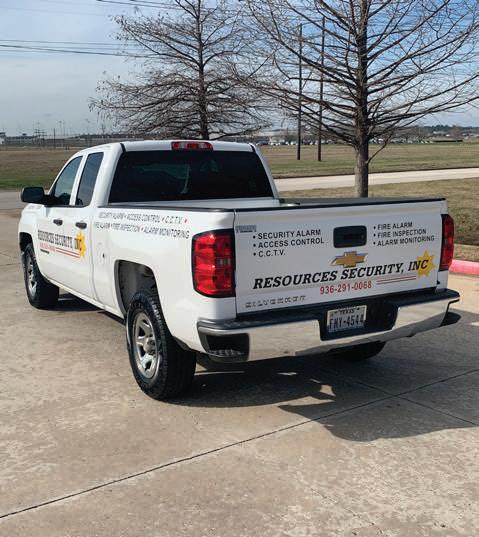

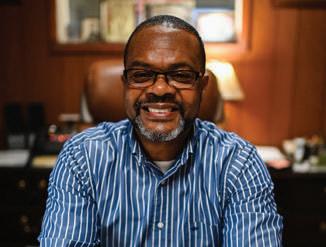





For over 130 years, we have proudly supported and rooted for our hometown teams. We would love the chance to help you reach your goals.

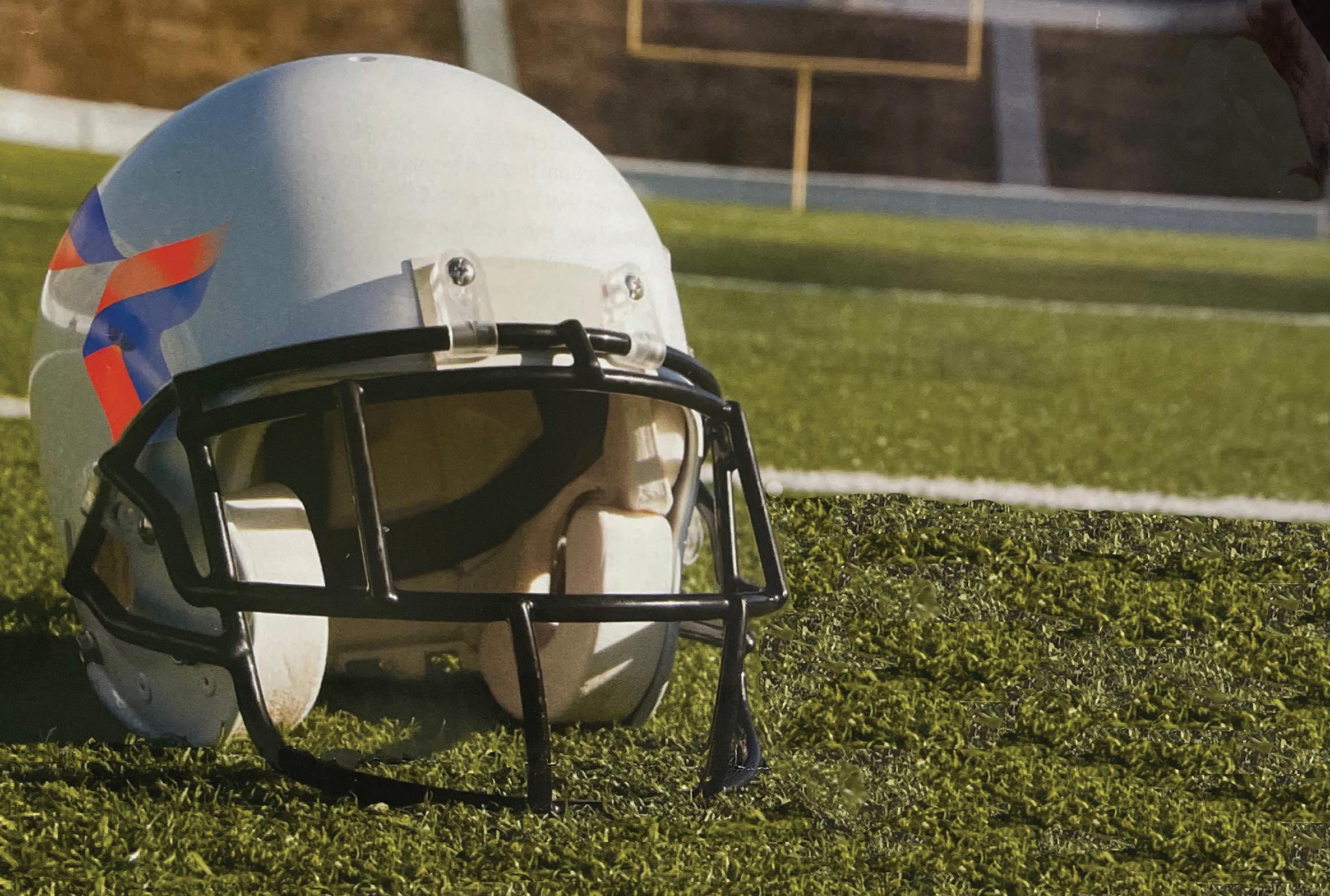
First National Bank of Huntsville... Huntsville’s only locally owned community bank.



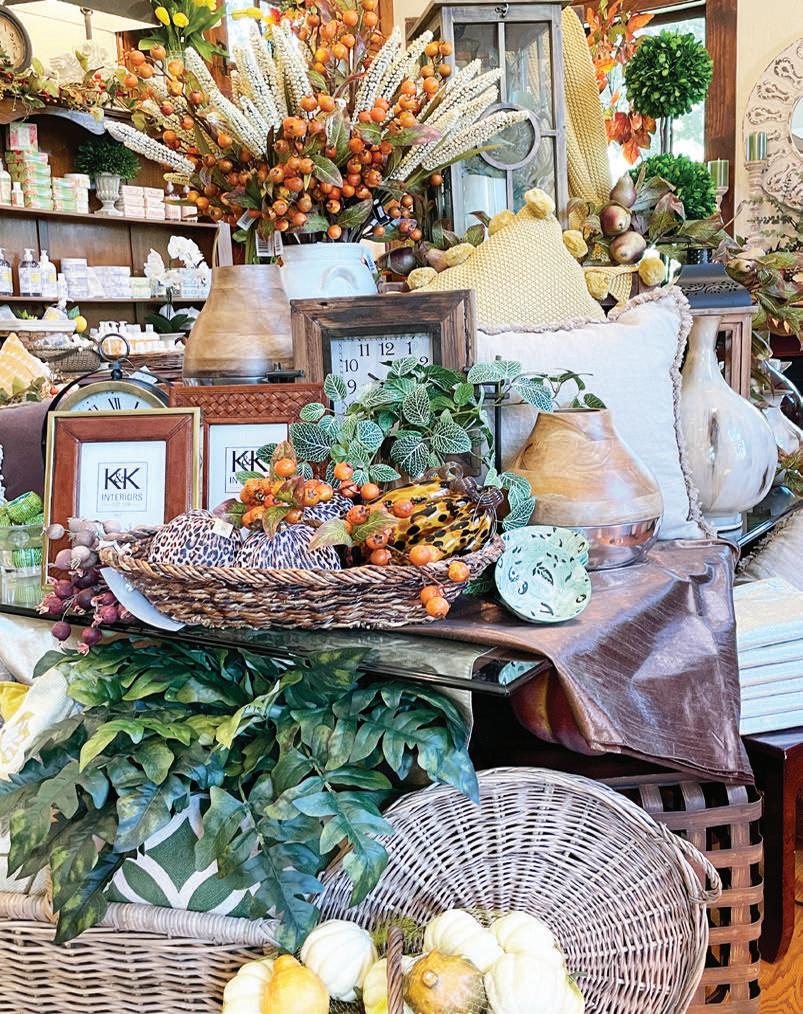



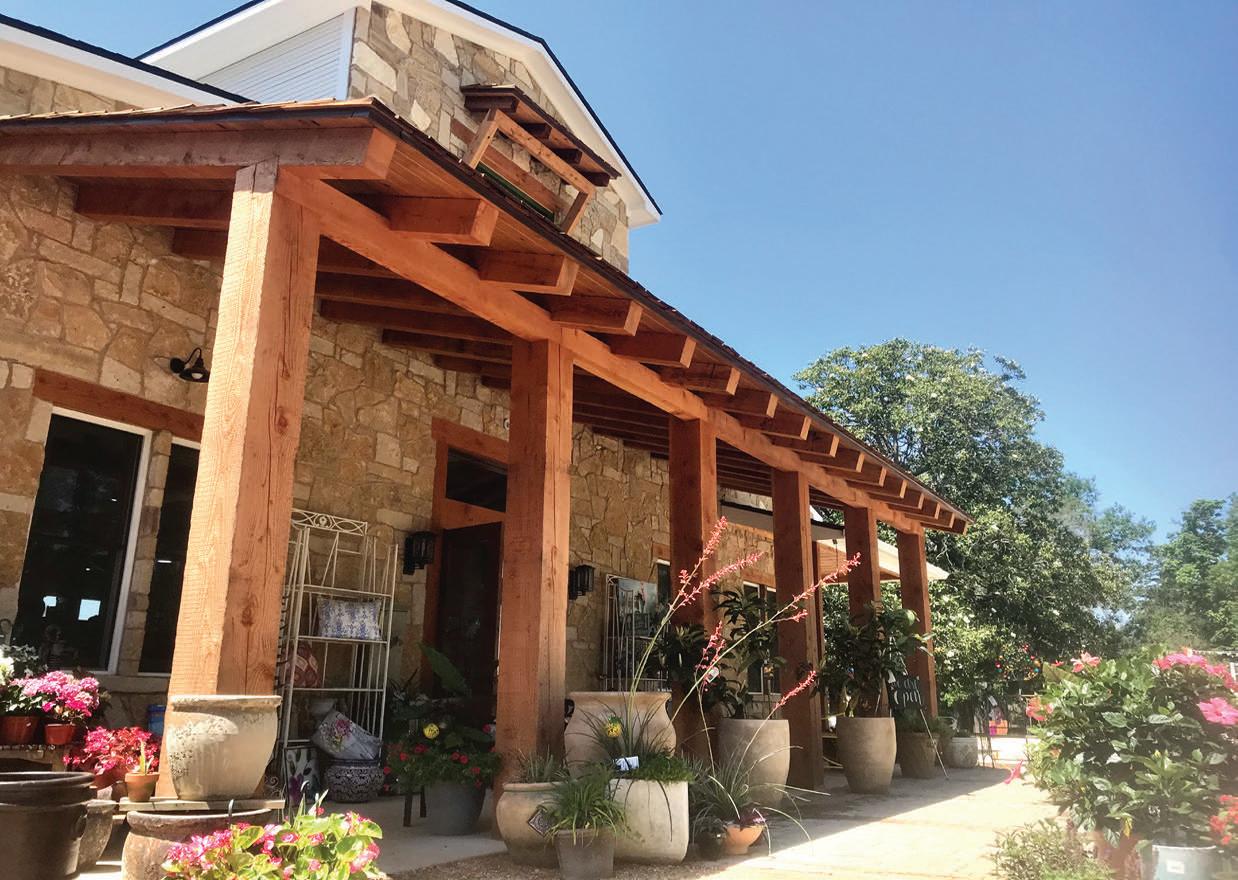








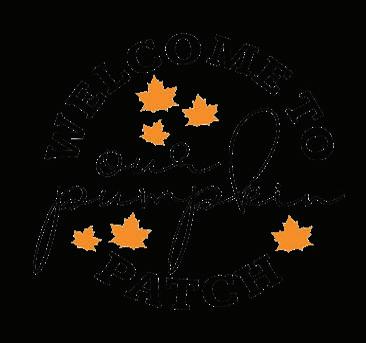
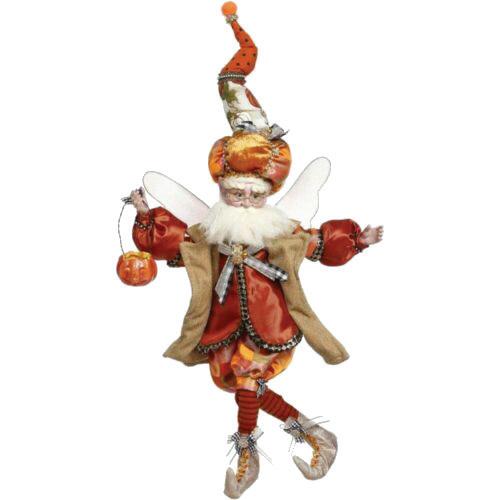
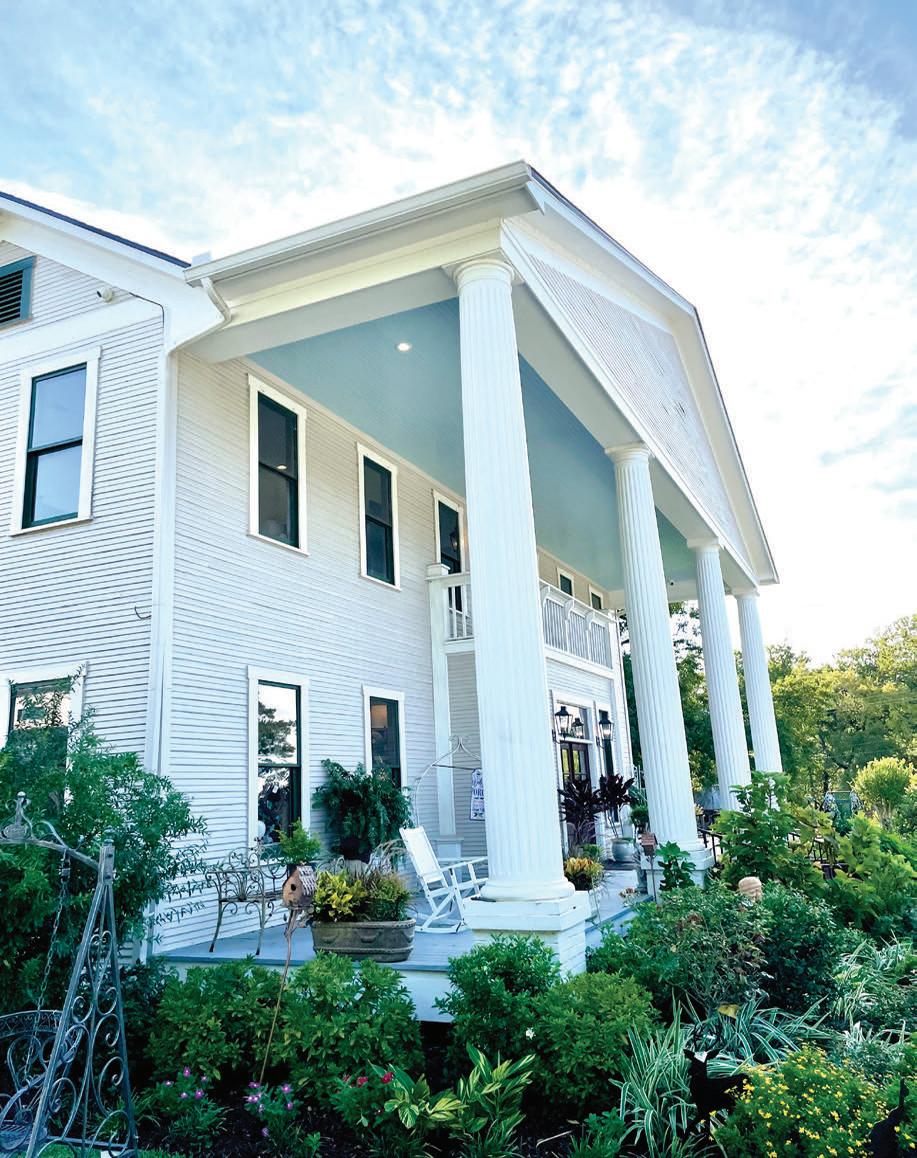


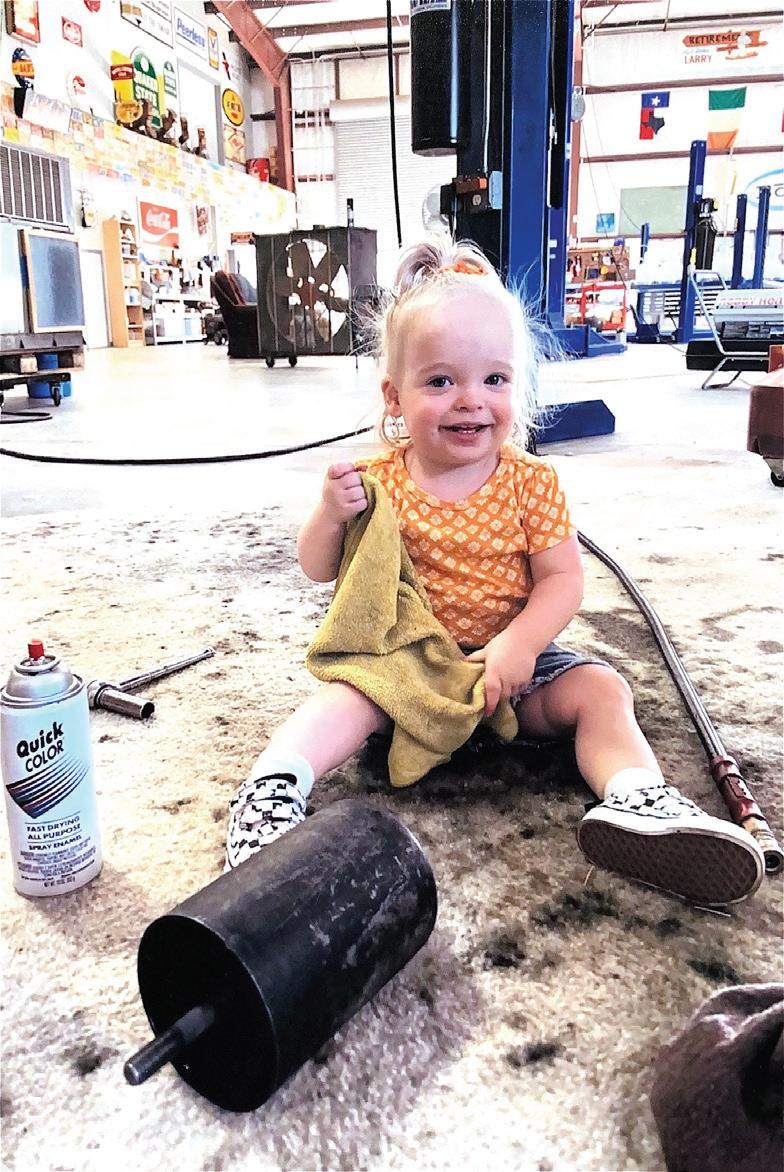
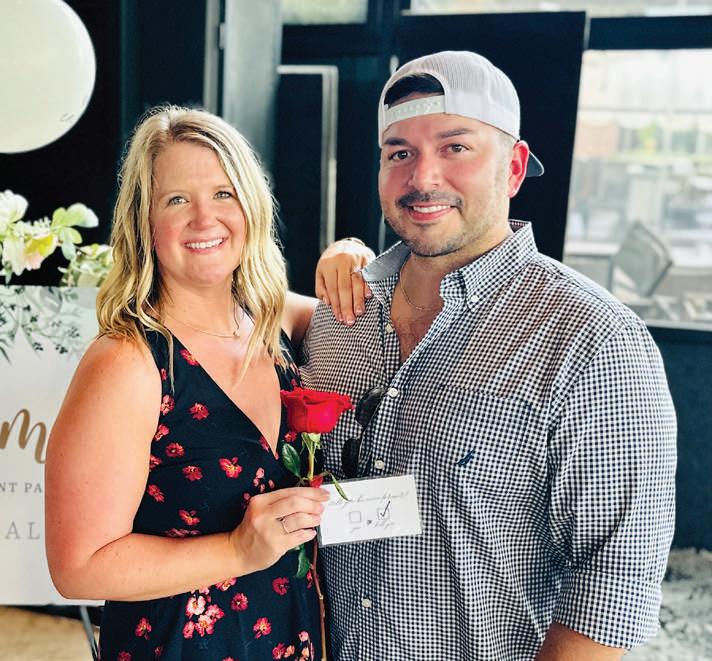


 By Marianne Peck, MD Obstetrics, Gynecology, Obstetrics and Gynecology
By Marianne Peck, MD Obstetrics, Gynecology, Obstetrics and Gynecology

Trying to juggle job, home, and personal life can make it hard to get it all done--grocery shopping, paying bills, getting your oil changed, making time to see all your doctors — all those responsibilities that, unfortunately, come with being an adult.
When you’re young and healthy, your annual physical exam might seem like a women’s checklist item that’s okay to brush off. But it isn’t.
“Keeping tabs on your health and staying up to date on recommended screening tests can save money, time, and (ultimately) your life,” says Dr. Marianne Peck, OB-GYN at Houston Methodist.

Dr. Peck explains why you should schedule your annual physical exam — even if you don’t have any health concerns -- with these questions and answers.
Q: What happens during a woman’s annual physical exam?
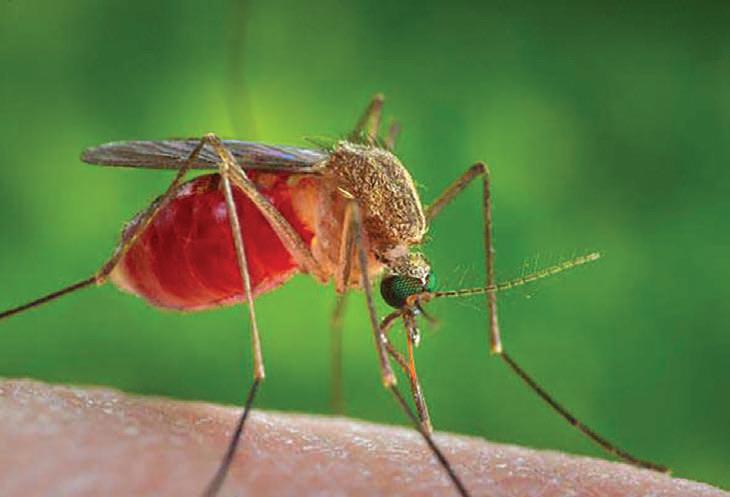
A: Your annual exam is a chance to focus on preventive care. Your checkup will include services (such as vaccines to prevent disease); screenings (such as mammograms) to check for potential health problems; and education and counseling to help you make informed health decisions.
Q: What screenings or exams should I expect?
A: After talking with your doctor, you’ll determine which screenings (or exams) are needed. Generally, these will depend on your age and current health status.
Q: What should I be prepared to discuss?
A: You’ll be asked about your medical history; family health history; sexual health and partners; last period (the first day of your last period); changes in your health (such as eating, toileting, fatigue or sleeping problems); use of alcohol, tobacco or other drugs; mental health history; relationship and safety; and medications.
Q: Should I prepare questions?
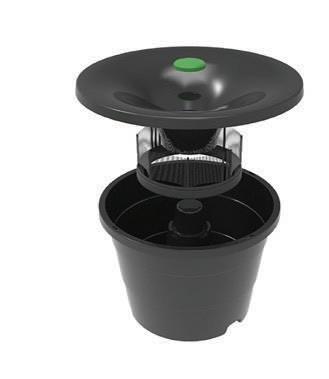

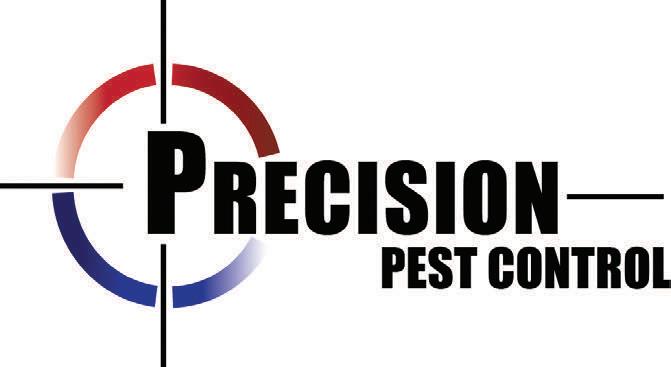
A: Making a list of questions will help you remember everything you intend to talk about. Don’t be embarrassed or afraid to ask questions. Open communication builds trust between you and your doctor.
Q: What is a well-woman exam?
A: Your annual checkup with your gynecologist. The visit may also include a Pap smear, breast exam, and pelvic exam — depending on your age, recommended screening guidelines, and risk for gynecologic issues. Even if you’re not due for a Pap smear, don’t skip your annual checkup with your gynecologist.


Tomorrow’s Promise Montessori Schools partners with Dolly Parton’s Imagination Library to provide children in Walker County with one book a month from birth and until they turn 5 years old!

Our goal is to improve the literacy rate in Walker County for generations to come by ensuring access to books at home from day one. That’s approximately 60 books!
TPMS desires to bring awareness and raise money through our Lasso Your Imagination annual fundraising event.

•
•
•
•

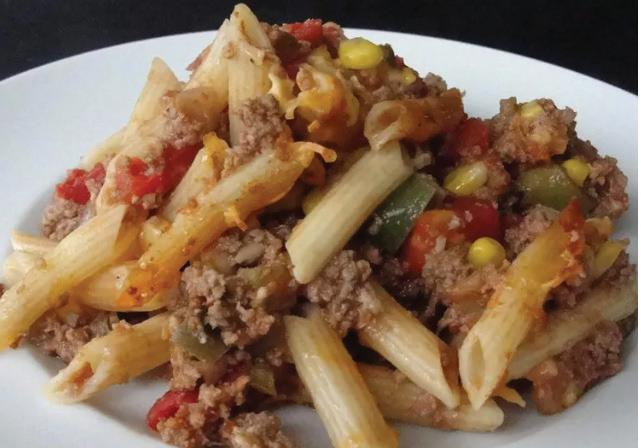
Ingredients

1 lb ground beef
1 small onion, chopped
1 green bell pepper, chopped
1 red bell pepper, chopped
1 clove garlic, chopped
1 (14.5 oz) can petite diced tomatoes
1 cup ketchup
1 Tbs brown sugar
1 tsp yellow mustard
salt and ground black pepper to taste
2 cups frozen whole-kernel corn
1 (16 oz) pkg penne pasta
1 ½ cups shredded Colby-Jack cheese

Step 3: Stir tomatoes, ketchup, brown sugar, mustard, salt, and pepper into ground beef mixture; reduce heat and simmer until heated through, about 10 minutes.

Step 4: Bring a large pot of lightly salted water to a boil. Cook corn in the boiling water until cooked through, about 5 minutes; drain.
Step 5: Bring a large pot of lightly salted water to a boil; add penne and cook, stirring occasionally, until tender yet firm to the bite, about 11 minutes. Drain.
Step 6: Mix corn, pasta, and Colby-Jack cheese into ground beef mixture; pour into a 9x13-inch baking dish.
Step 7: Bake in the preheated oven until heated through and cheese is melted, about 20 minutes.
Directions


Step 1: Preheat the oven to 350 degrees.
Step 2: Heat a large skillet over medium-high heat. Cook and stir beef, onion, green bell pepper, red bell pepper, and garlic in the hot skillet until beef is browned and crumbly, 5 to 7 minutes; drain and discard grease.

Ingredients

2 lbs potatoes, peeled and thinly sliced

4 med zucchini, thinly sliced
4 small red onions, thinly sliced
6 ripe tomatoes, puréed
½ cup extra-virgin olive oil

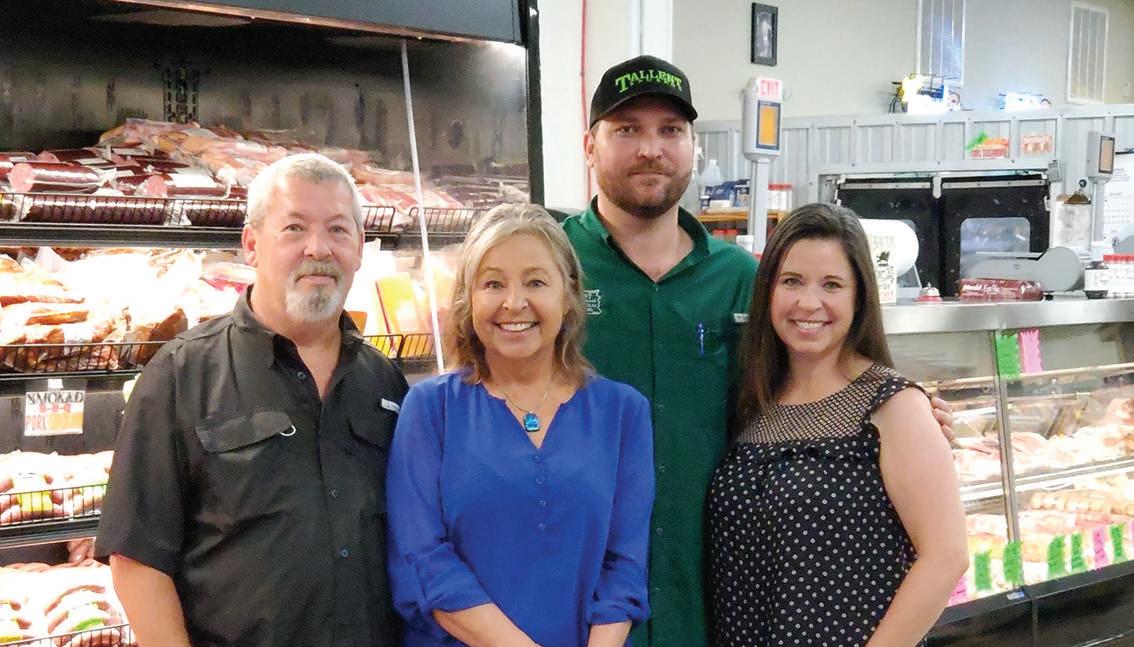
2 Tbs chopped fresh parsley (optional)
sea salt and freshly ground black pepper to taste
Directions
Step 1: Preheat the oven to 400 degrees.

Step 2: Spread potatoes, zucchini, and red onions in an extralarge baking dish (9x13-inch or larger, or 2 baking dishes). Cover with puréed tomatoes, olive oil, and parsley; season liberally with sea salt and pepper. Toss until vegetables are evenly coated.
Step 3: Bake in the preheated oven for 1 hour. Stir gently, then continue baking until vegetables are tender and moisture has evaporated, about 30 minutes more.
Step 4: Cool briam slightly before serving or serve at room temperature.
Tips:
Add up to 1/4 cup of water if the vegetables are too dry after the first hour of baking. Don’t add too much liquid, however, as there should be no water left at the end of baking.

Ingredients
½ (8 oz) pkg cream cheese 48 wonton wrappers
1 cup blueberry pie filling water as needed cooking spray
¼ cup powdered sugar
Directions
Step 1: Cut 4 ounce block of cream cheese in half, then in half again to create 4 pieces. Further cut each piece in half again so you have 8 equal pieces total. Set aside.
Step 2: Working with 6 wonton wrappers at a time, separate them out onto a clean work surface. Divide one of the cream cheese pieces into 6 pieces and place a piece in the middle of each wonton wrapper. Place 1 teaspoon of blueberry pie filling over the top of the cream cheese. Do
not overfill, as the mixture may ooze out.
Step 3: Use your finger to lightly wet the 4 edges of each wonton wrapper. Gently fold in half diagonally to make a triangle, then bring up the remaining two corners so all corners join together. Try not to leave excess air in the wonton, which can cause them to burst. Press seams together to ensure a tight seal. Set wontons aside, covered in a damp paper towel, while you finish making the remaining wontons.
Step 4: Preheat the air fryer to 325 degrees. Spray the inner basket with cooking spray and place as many wontons in basket as will fit, without overcrowding. Lightly mist wontons with cooking spray.
Step 5: Air-fry for 5 minutes. Remove to a cooling rack and dust with powdered sugar. Let cool while you cook the remaining wontons in batches. Best served slightly warm or at room temperature.
I have assembled these up to 8 hours ahead of time with great results. Place in a single layer, covered with a damp paper towel inside a sealed container in the fridge until ready to air fry. You can also freeze them uncooked. If cooking them from frozen, add 1 minute of cook time.
If you don’t have an air fryer, you can also make these in the oven. Arrange wontons in a single layer on a baking sheet, spray with cooking spray, and bake at 375 degrees for 8 to 10 minutes.
1 cup of pie filling is exactly 48 teaspoons. You may want to start with a bit more pie filling to allow for error.

Ingredients
1 pound jalapeno peppers, sliced into 1/4-inch pieces
1 ¾ cups brown sugar
¾ cup apple cider vinegar
½ tsp garlic powder
½ tsp celery seed
½ tsp ground turmeric
¼ tsp cumin seed
¼ tsp anise seed

¼ tsp salt
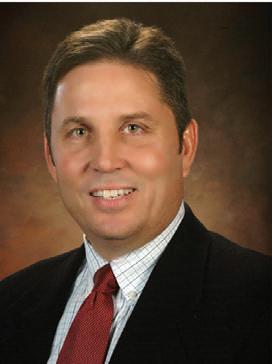
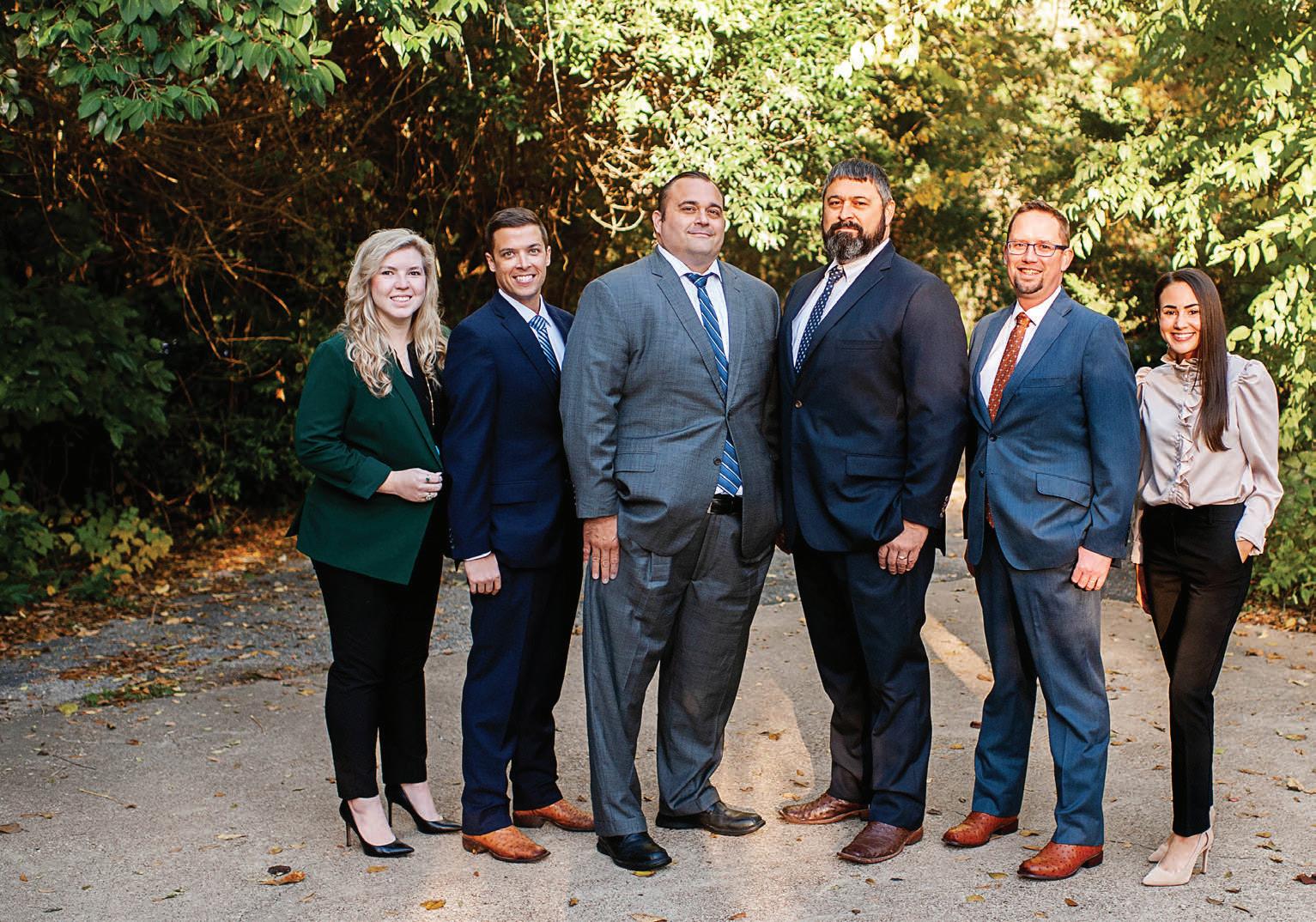
¼ tsp red pepper flakes
1 pint-size canning jar
Directions
Step 1: While wearing gloves, rinse jalapenos and remove stem. Cut into 1/4-inch slices and set aside. To reduce the heat from the peppers, you may core out the centers with
the seeds and discard before slicing.
Step 2: Combine brown sugar and apple cider vinegar in a saucepan over medium heat. Add garlic powder, celery seed, turmeric, cumin seed, anise seed, salt and red pepper flakes. Bring to a simmer for 3 minutes. Add sliced jalapeno peppers and simmer for an additional 4 to 5 minutes.
Step 3: Remove jalapenos to a jar using a slotted spoon. Continue simmering liquid over medium-low heat until slightly thickened, about 10 minutes more.
Step 4: Pour liquid over the jalapenos and let cool. Use a strainer to remove excess seeds from the liquid, if desired. Refrigerate for a minimum of 3 days before eating. Store in the refrigerator for up to 3 months.

Cook’s Note:
If you have extra liquid left over, it makes an excellent simple syrup for a spicy margarita!

Ingredients
1 ½ cups bread flour, plus more as needed
½ tsp kosher salt
2 tsp baking powder
1 cup plain Greek yogurt
4 cloves garlic, crushed
½ cup thinly sliced green onions
2 Tbs melted butter
Directions
Step 1: Place bread flour in a bowl. Add salt and baking powder and give it a good whisk until evenly combined.
Step 2: Add in Greek yogurt gently, followed by garlic and green onions. Take a wooden spoon and slowly start mixing everything together. Keep mixing, stirring, and pressing until a shaggy dough forms.
Step 3: Transfer dough to a work surface and use your hands to press dough together. Knead for a few minutes until dough becomes elastic and a little bit sticky. Add a bit more flour as necessary but try to keep extra flour at an absolute minimum. Knead until dough is a little bit stretchy, 3 to 5 minutes.
Step 4: Wrap in plastic and allow to rest on the counter for 15 to 20 minutes.
Step 5: Take a bench scraper and cut into 6 equal pieces. Take 1 portion and roll into a ball. Place onto a generously floured
Our Focus:

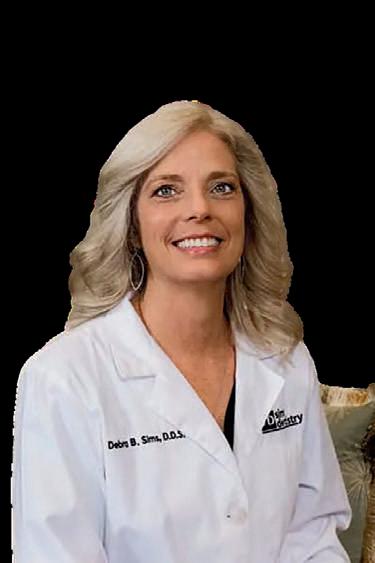
surface. Use a rolling pin to roll out nice and thin, about 1/8 inch or less. It’s ok if the naan is not a perfect circle. You will need extra flour for rolling out as the dough is sticky, but try to use as little as possible.
Step 6: Heat a cast iron skillet over medium-high heat until hot. Transfer dough circles into the hot dry skillet and cook until little bubbles form on the surface and the underside is lightly browned, about 1 minute. Flip naan over and cook for 1 more minute. Press down slightly with a spatula to increase the heat during cooking. Flip over twice more and cook for an additional 15 seconds per side, but make sure not to overcook to preserve the texture. Naan should still be flexible when you remove it from the skillet onto a plate.
Step 7: Cover with a kitchen towel to keep warm and moist while you cook the other naan breads. Stack all 6 naan breads on top of each other and keep covered with a kitchen towel.
Step 8: When you are finished cooking all 6 naan breads, unstack breads and brush the first naan bread on both sides with a little bit of melted butter. Stack second piece of naan on top and only brush the top side. Keep stacking and buttering all the naan breads. Fold each naan into a triangle and serve.
Cook’s Note:
You can use all-purpose flour instead of bread flour.
Benefits:
*Location
*Listening
*Individualized
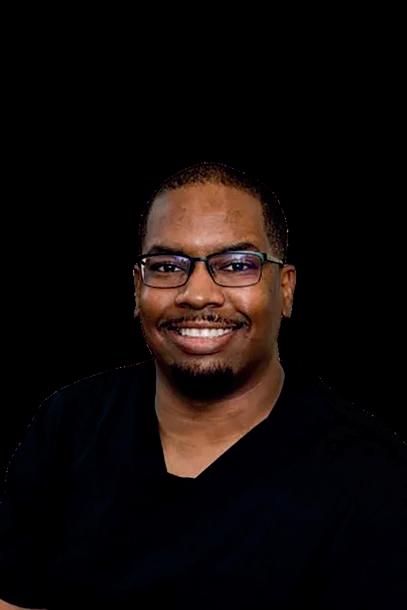
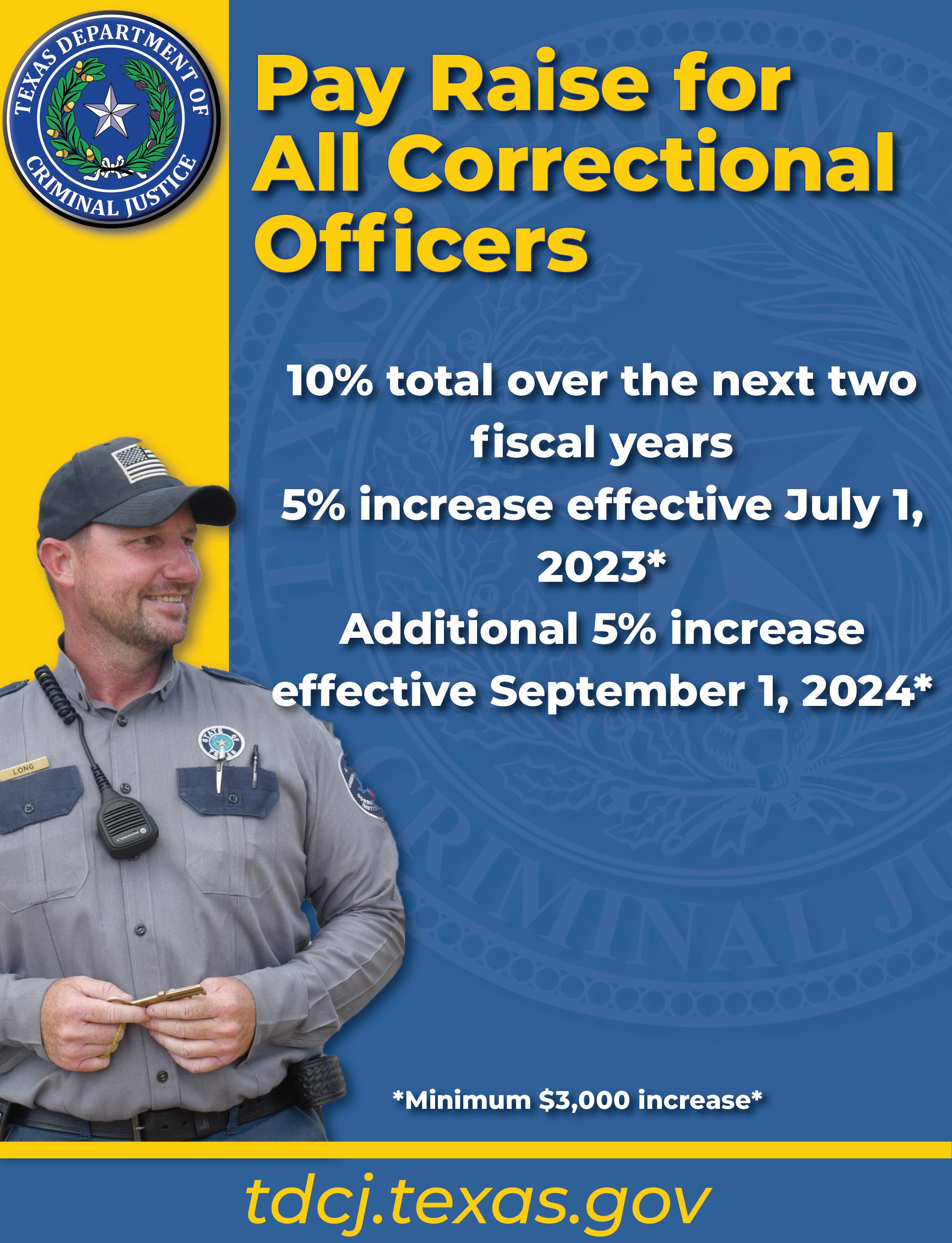



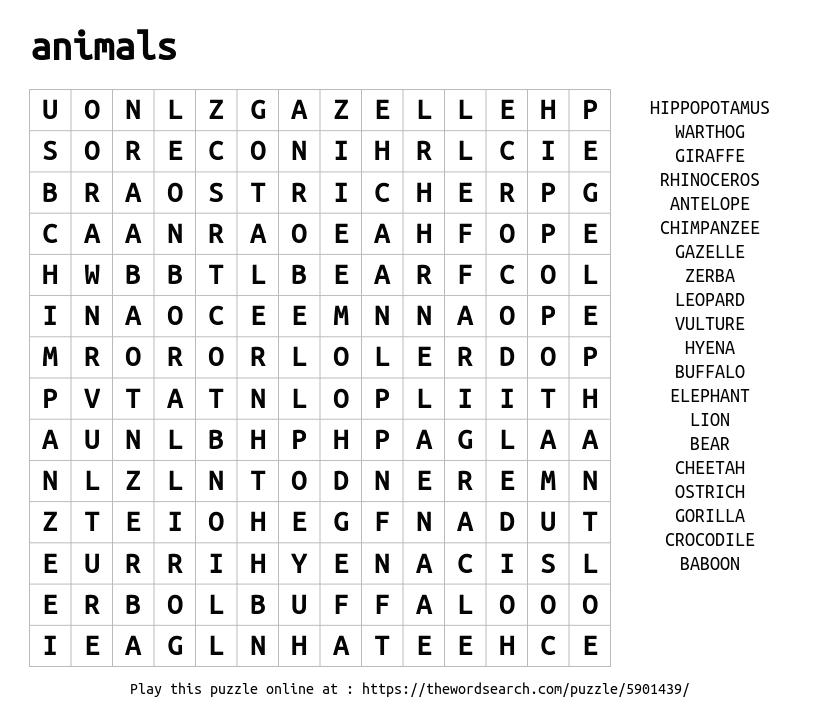
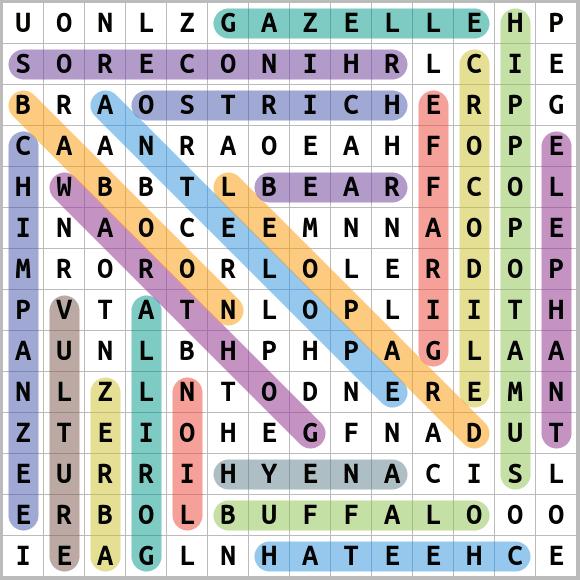


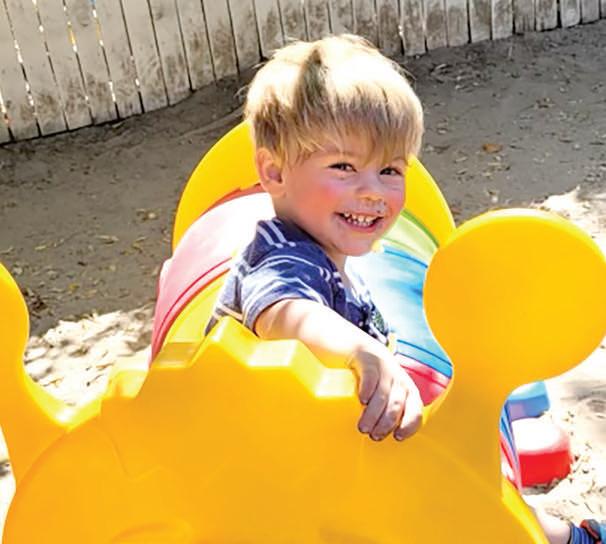



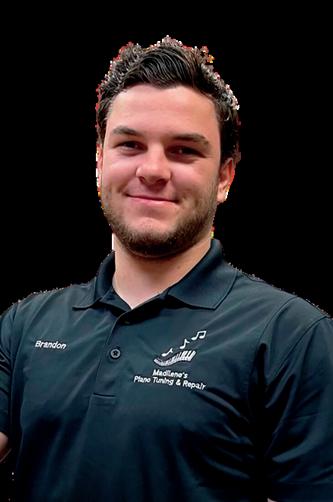
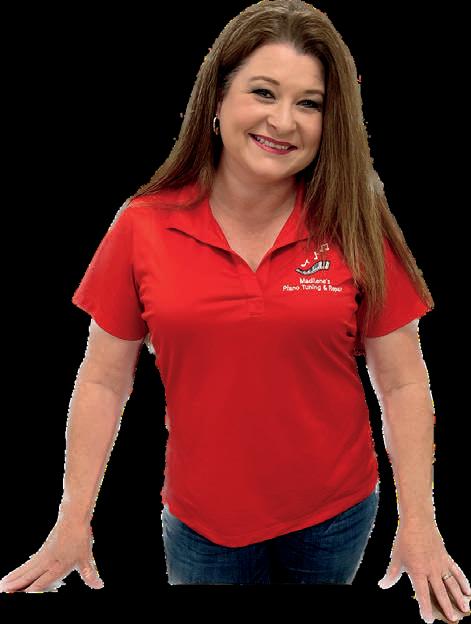


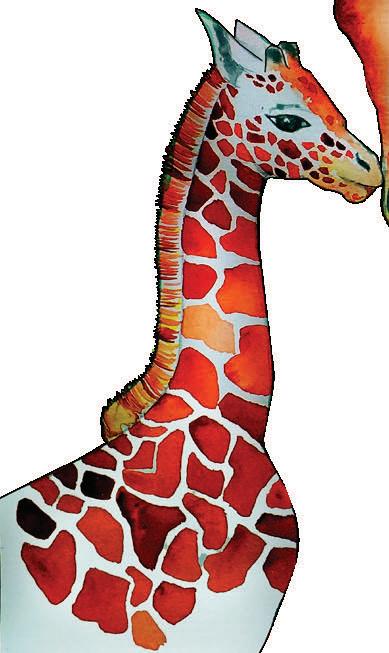





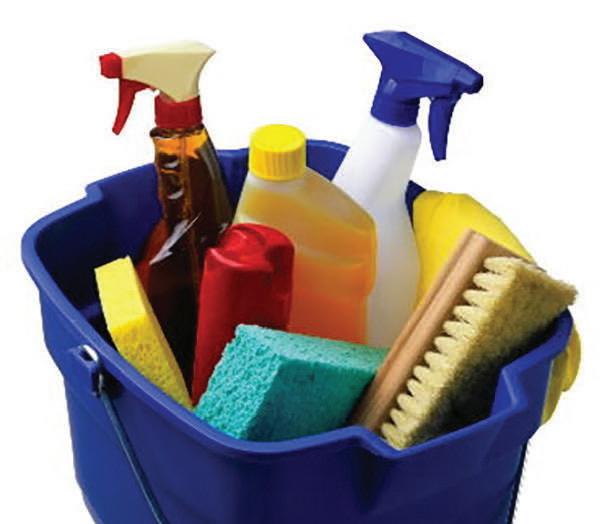
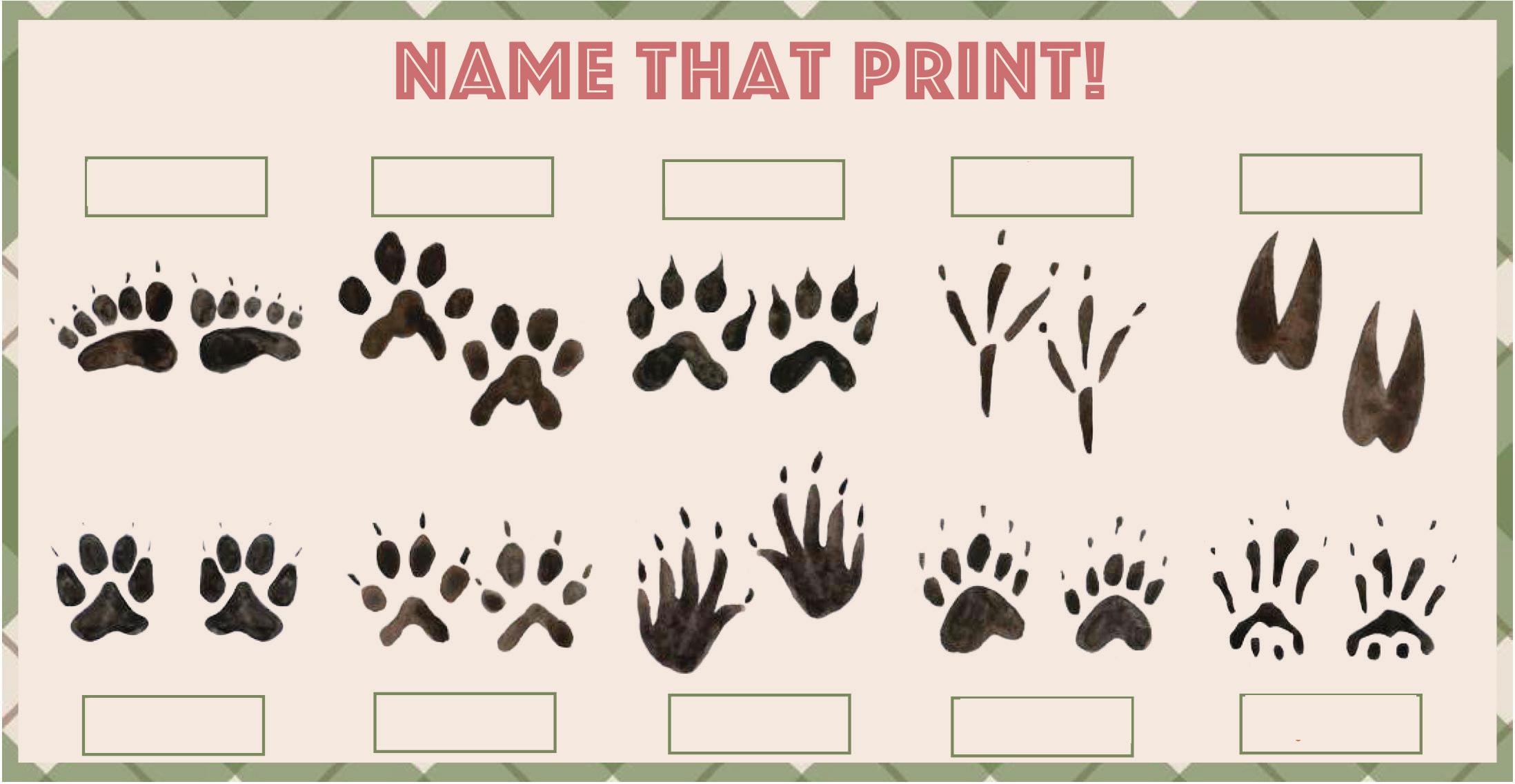
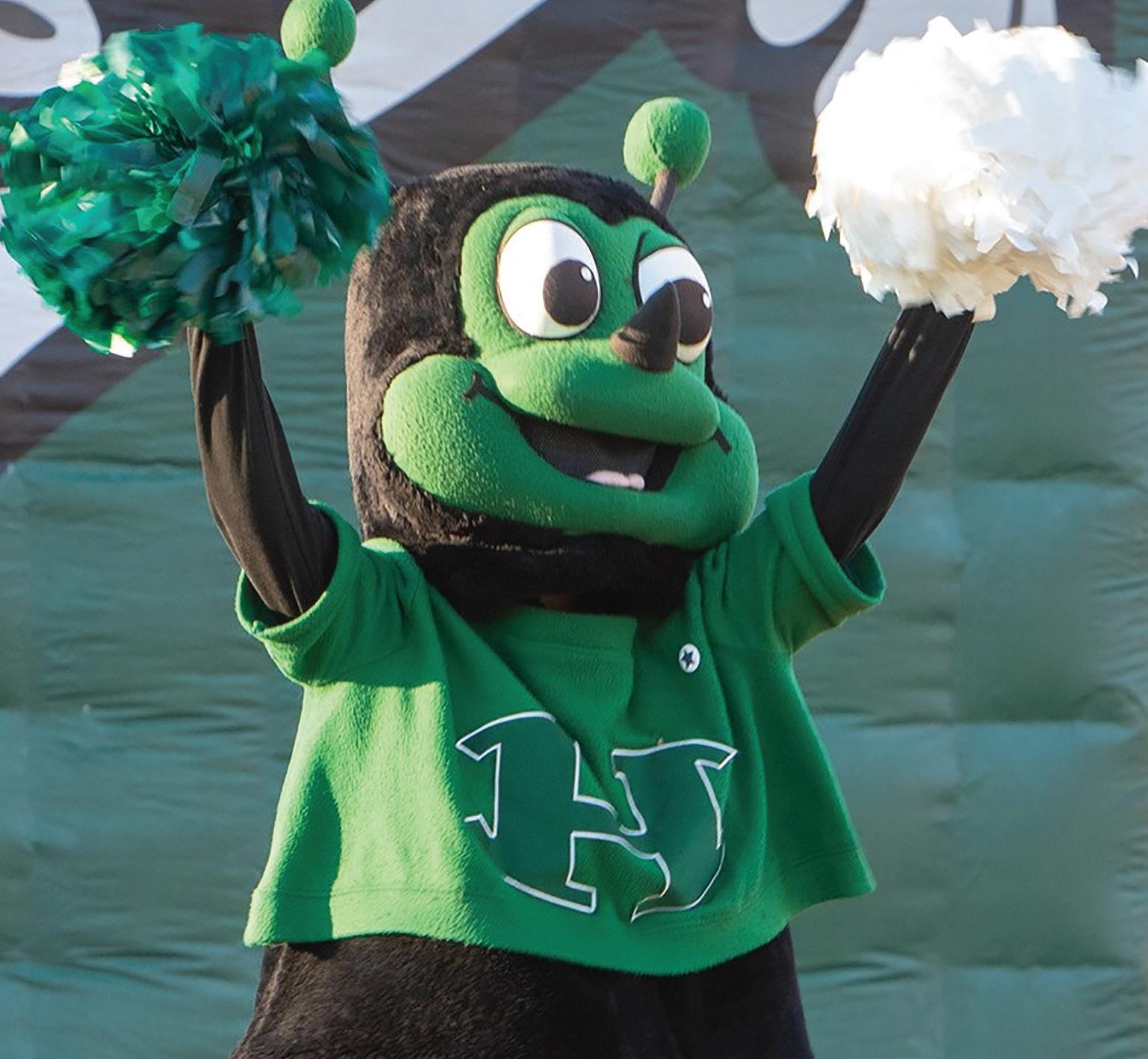







The Business Focus is chosen each month by random drawing from among Postcards contract advertisers.
A new full-service plumbing company… a name you’ve trusted for generations.

The McCaffety name has been associated with quality electrical service in our area for 62 years. Managing partner Rob McCaffety says, “I saw a need for a full-service plumbing company here. There are companies that primarily do plumbing service and repair, and there are plumbers who work in new home construction, but don’t do commercial work.” Rob went on to share that he credits McCaffety Electric’s longevity and success, in large part, to being a full-service electrical contractor who can handle all jobs, big or small. “My goal was to similarly create a fullservice plumbing company. The opportunity came in 2022, and we acquired a local
plumbing company. We have been largely successful in moving toward that full-service goal. It’s been a challenging experience, but we are succeeding; we see progress.”
“The number one limiting factor, at this point,” said Rob, “is getting help. We need good help. Because of good advertising and established relationships from McCaffety Electric through the years, the work is here. We need applicants who want to work. Experienced or willing to learn, we will hire people who want to work.”

Buddy Bailey is the Lead Plumber for McCaffety and has nearly two decades
of plumbing experience. “I enjoy going to someone’s house and
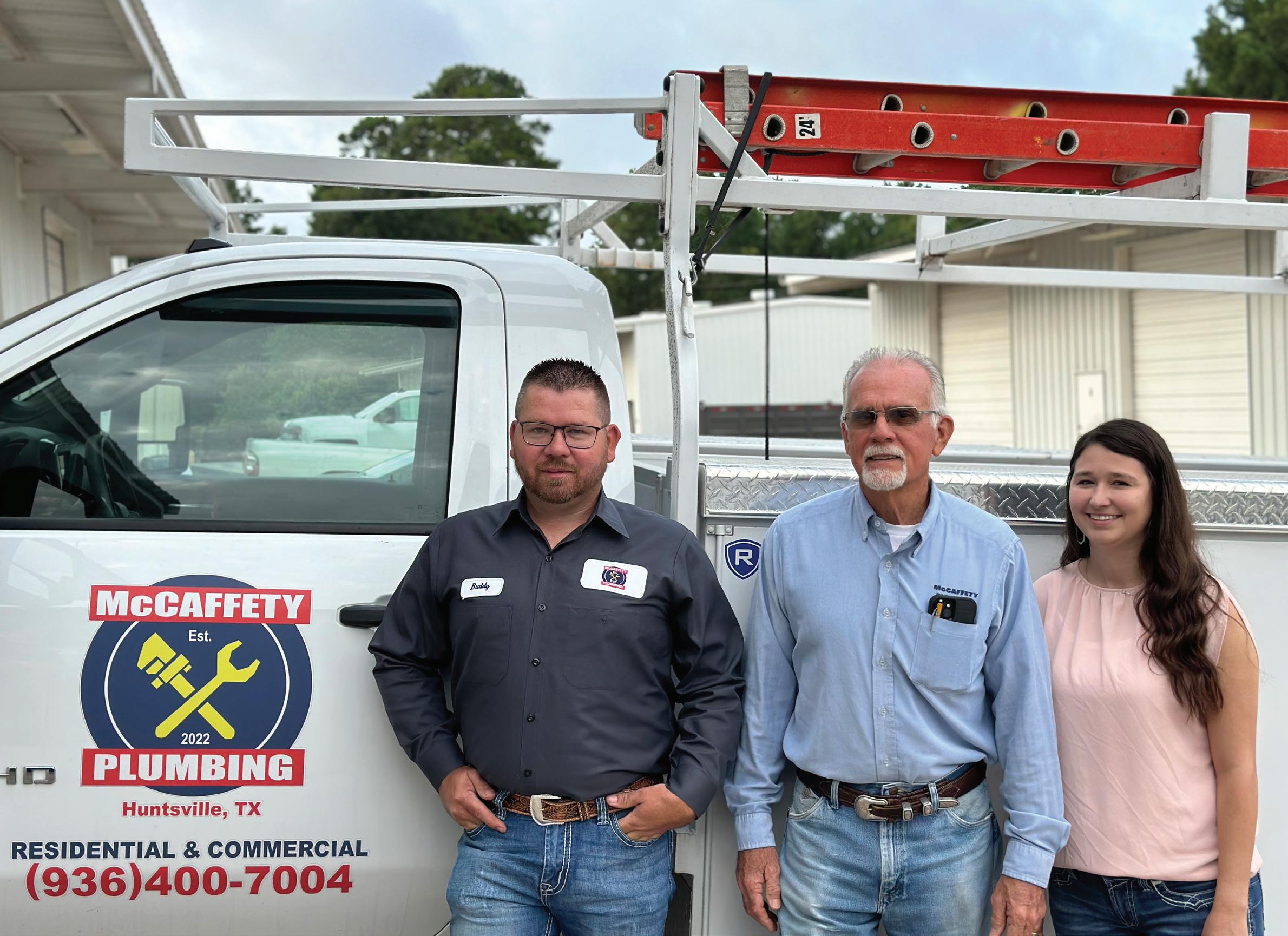
their issues, fixing the problem, and leaving a happy customer behind when I’m done.” Born in Huntsville, Buddy grew up in Livingston and Kingwood, so he has always been in and around our area. Buddy plays a primary role in preliminary contacts and the free estimates provided by McCaffety Plumbing. When asked the most challenging part of his job so far, Buddy agreed with Rob that getting quality help is at the forefront of his challenges. “Plumbing appears to be a dying trade. People don’t realize how involved and interesting it can be. We deal in supply
lines, drain lines, sewer lines, gas lines… it’s way more than unclogging drains and digging ditches.” For example, on tap (pun intended) the day of our interview, Rob and Buddy shared that the job list included both installing a tankless water heater in a home, as well as connecting large gas lines to four super-size generators for a water district in Conroe.
Buddy went on to note that the elements can also present challenges. “I’m recalling one job in particular where rainstorms kept flooding our ditch, and a 2-day job turned into a week-and-a-half.”
He jokingly also stated, “Prices double
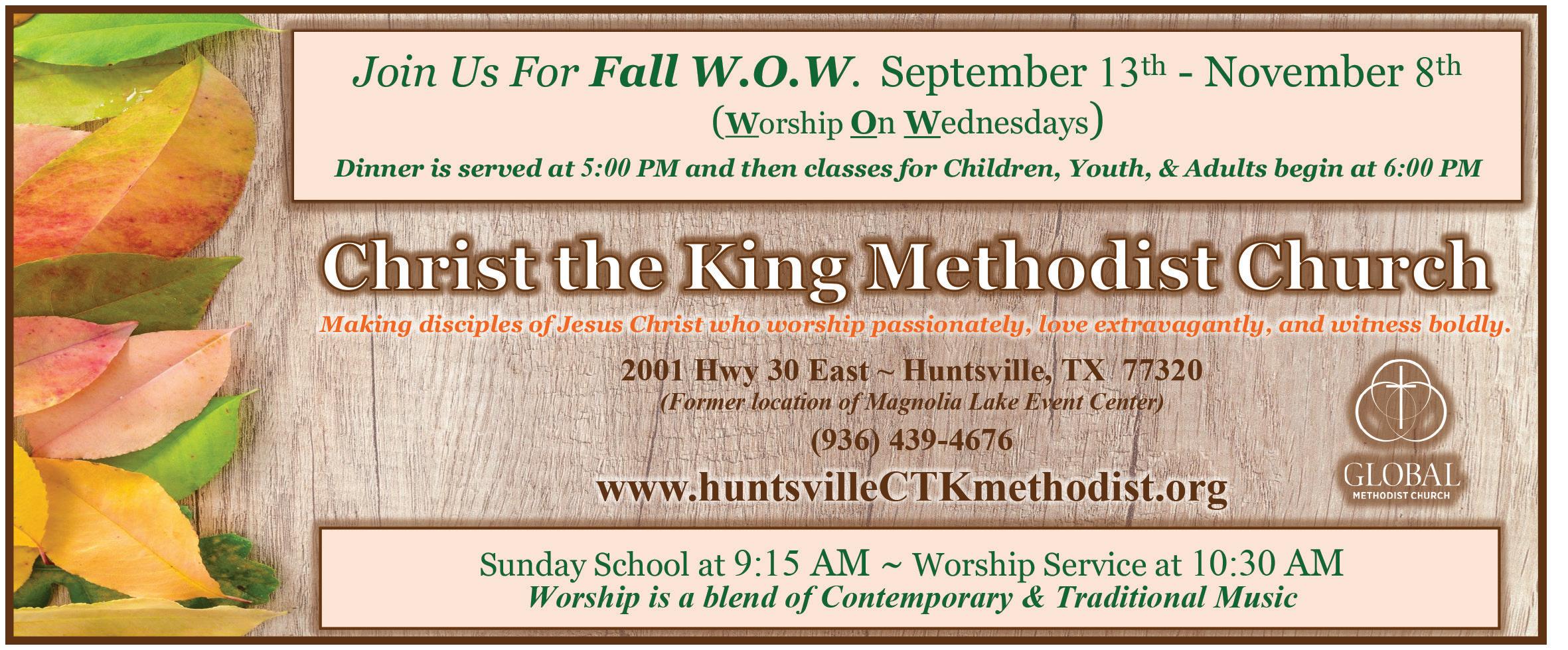
if you tried to fix it yourself and made it worse.” While that statement was made in jest, Buddy notes it often is less expensive in the long run to get a plumber involved (who can rapidly and expertly diagnose and repair) versus spending time and money on an unsuccessful “selffix”, then having to call.
Regular preventative maintenance of plumbing fixtures, supply hoses, and connections can save a lot problems from occurring. For example, says Buddy, many people don’t know that tankless water heaters should be flushed once a year. “The tankless water heater is the

“I enjoy going to someone’s house and troubleshooting their issues, fixing the problem, and leaving a happy customer behind when I’m done.”
Cadillac of water heaters…but, if you don’t take care of it, it’s not going to last. Those need maintenance, just like your vehicle needs maintenance. The projected lifespan on a tankless is 22 years. If you don’t flush it regularly, it definitely won’t last that long. The same principle holds true for maintenance of other fixtures, such as regular water heaters and water softeners. McCaffety Plumbing offers sales and service for all these items and more.
“We do any type of service repair, new construction, gas lines, camera inspections, slab leaks…” continued Buddy. “Just about anything—if water goes through it—we’ll fix it—all the way up to the septic tank. To go beyond that requires a whole different license.”
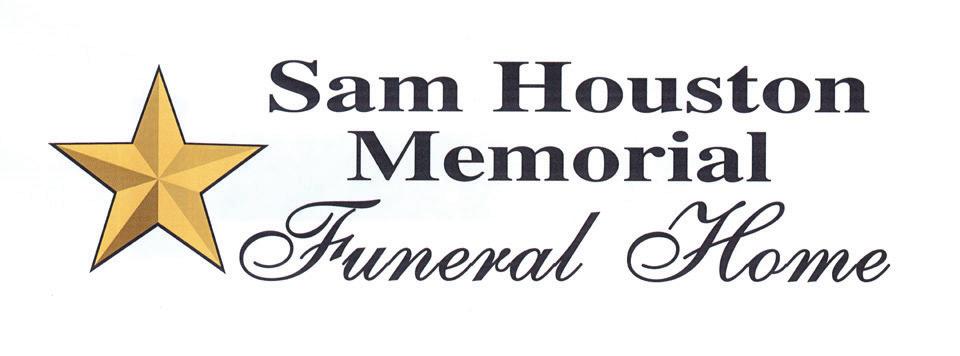
Chessaca Amador manages the office for McCaffety Plumbing and says scheduling is fairly rapid-response. “Most simple issues are handled same-day,” she noted. “Some of the more complex issues are scheduled for next day.” There is always rapid 24/7 emergency response for water shutoff when interior damage can occur.
When plumbing needs arise, go to a name you can trust, backed with service you can depend on. McCaffety Plumbing is ready and waiting to help.
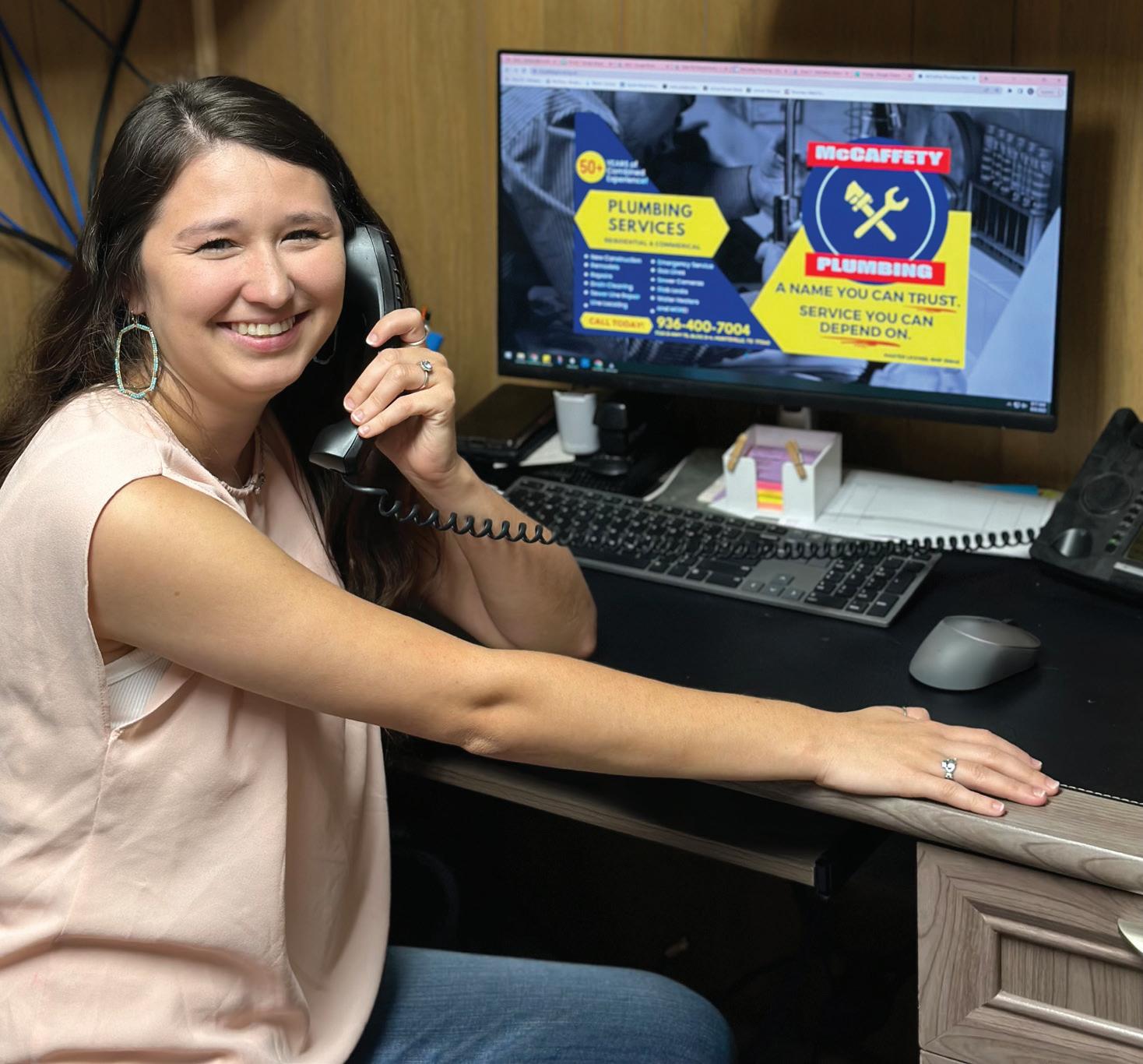

“If water goes through it— we’ll fix it”

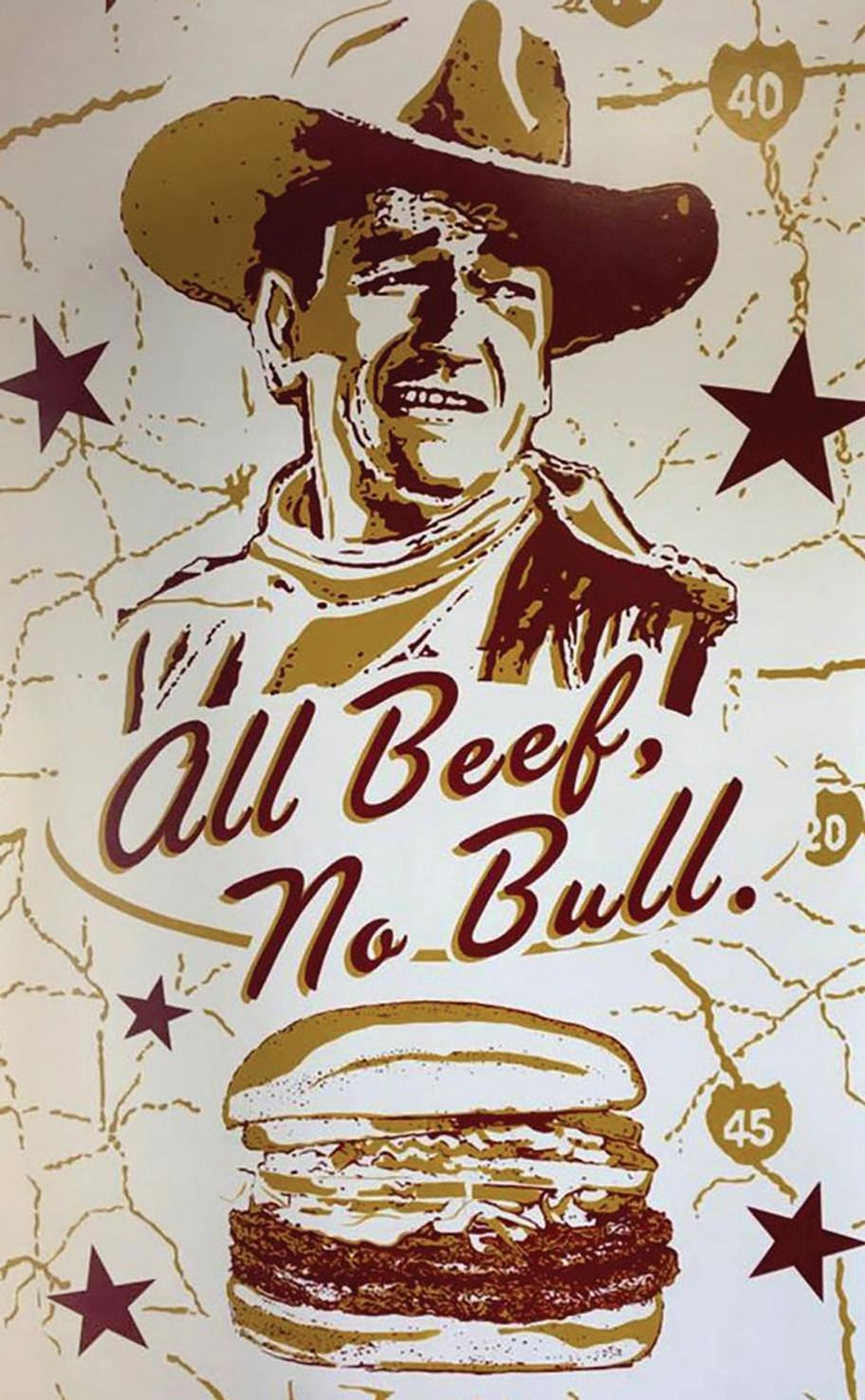



In 2008, what started as a 20 foot-hole in the ground grew overnight into a crater 900 feet wide and 260 feet deep. The small town of Daisetta, in Liberty County, sits entirely on a salt dome. After making national headlines for the geographic anomaly which swallowed up oil tanks, barrels, tires, telephone poles, and several cars, the sinkhole seemed to stabilize and sat dormant for 15 years.

In April of this year, that changed. The sinkhole gained 150 feet in width and 150 feet in depth. Sinkholes are an act of nature, and not much can be done to prevent, repair, or mitigate their effects. But officials typically gauge the need for evacuations on the distance, direction, and speed of the sinkhole.


an entire school evacuated to the fairgrounds to a concrete slab and corrugated tin
800 to the left

800 to the right divided by cafeteria personnel passing out burritos standing on the country-western stage
6 foot speaker to the left
6 foot speaker to the right microphone in hand
I recite my poems shouts into a waterfall
Some listen
Others enlist on the side of food fights or fists
Three altercations occurred before I volunteered my voice which had been hired for the day and while no one dared asked me
I knew what the administration was thinking
Now my sonority fills the corners deadening edges subduing while back at school detectives look for the nonexistent bomb


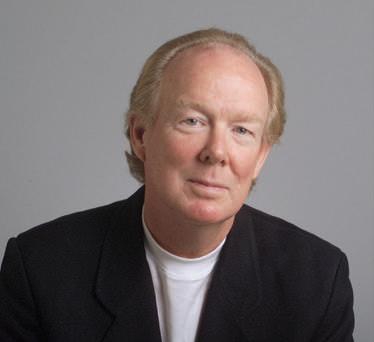
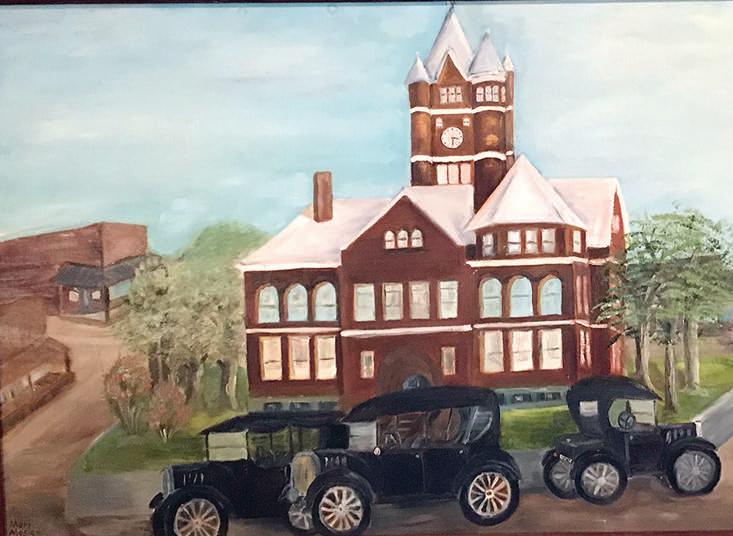
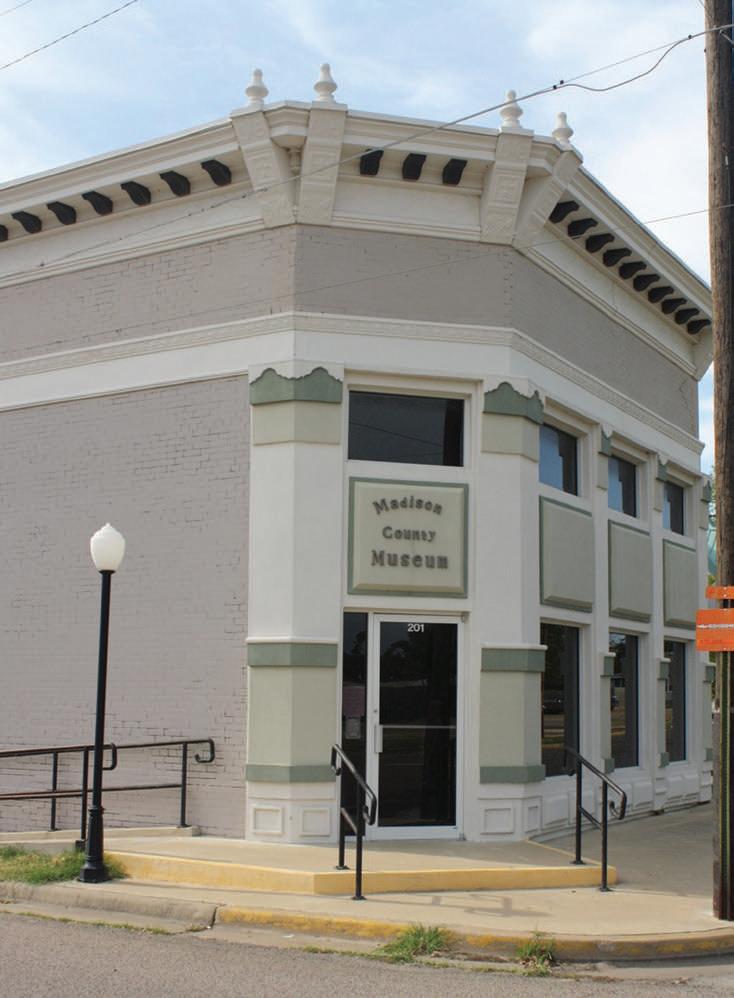



Q: Our 22-month-old has developed a bad habit of spitting out bites of food. Sometimes he’ll chew a bite of food for a while, take it out of his mouth, put it on his tray, and take a bite of something else. Then he puts the half-chewed bite back in his mouth and begins chewing on it again. If I catch him before he spits out a bite, I can sometimes coach him into chewing and swallowing. We have tried only giving him one bite at a time once the prior bite is swallowed, but this isn’t working. What can we do?
A: Like many of today’s parents, you’re paying so much attention to the details, you are unable to see that where any given behavior is concerned, there is always a bigger picture. This age is prone to experimenting with the stuff of the world, and what you are describing is simply one such experiment. To you, your son’s behavior appears odd (alarming?) only because you can’t remember what the world was like when you were his age. You are concerned your son may be developing a “bad habit” when he’s simply engaged in a very innocent and playful process that involves curiosity, discovery and creativity. The food grows his body; playing with his food grows his brain!
Your son wonders what happens to food when he chews it, and the only way to answer the question is to remove it from his mouth. By chewing one thing, then another, he’s playing with different tastes and combining tastes. At 22 months, he’s discovering how to make the simple, necessary act of eating something not just enjoyable, but adventurous. He’s discovering food is a many-splendored thing. How wonderful!
This is no big deal, but be assured if you micromanage how he eats (you may have already started down this road), then what is now harmless play may turn into something very serious. Food may become the focal point of a power struggle between you and him. Instead of regarding food and the act of eating as an adventure, he may become a picky eater, a food neurotic.
This is not the time to be correcting your son’s table manners. Left alone (and I mean completely alone), this will probably run its course before his third birthday, by which time he will be trying to imitate your behavior at the table. If it hasn’t run its course by then, begin gently correcting him.
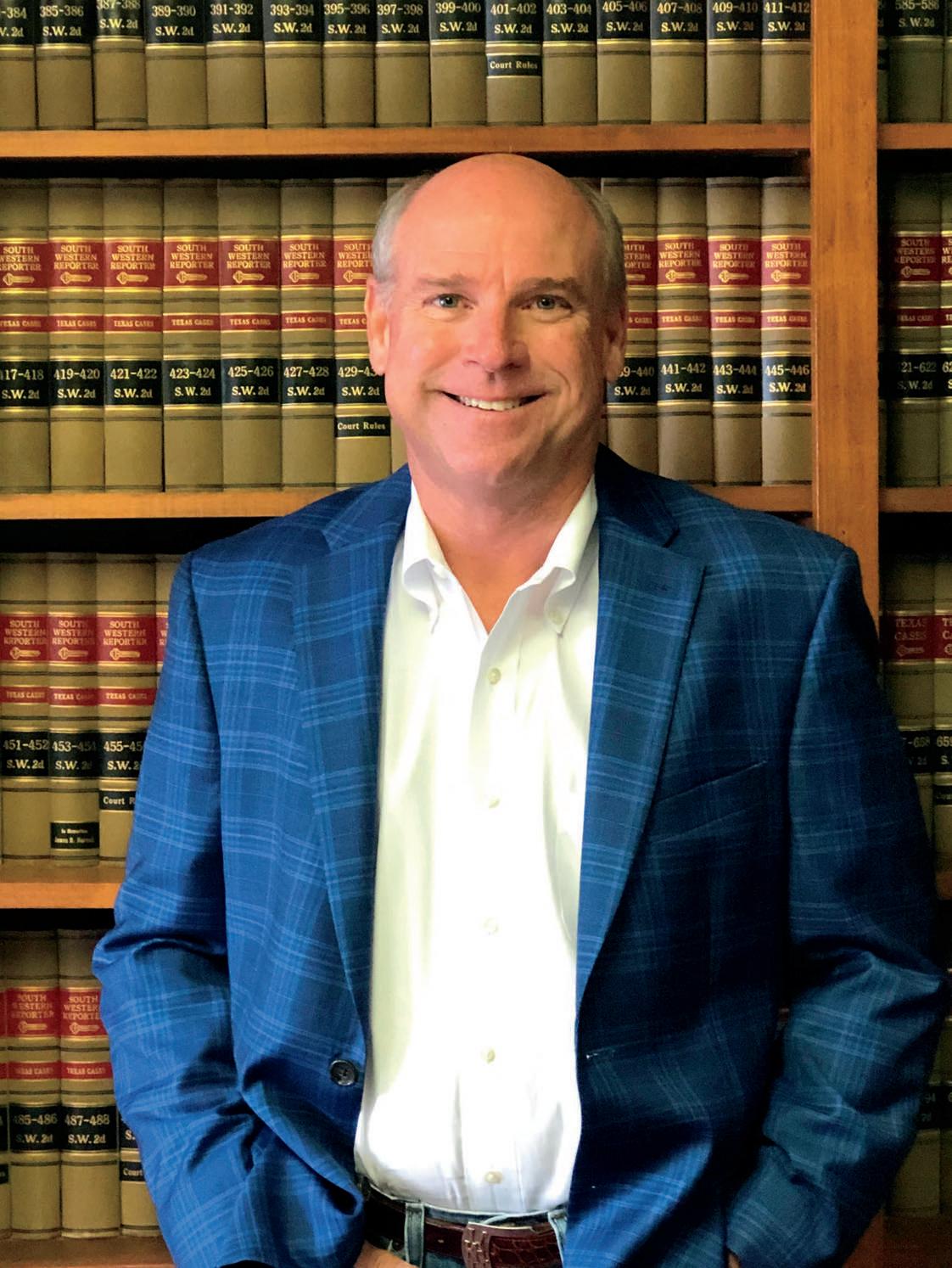
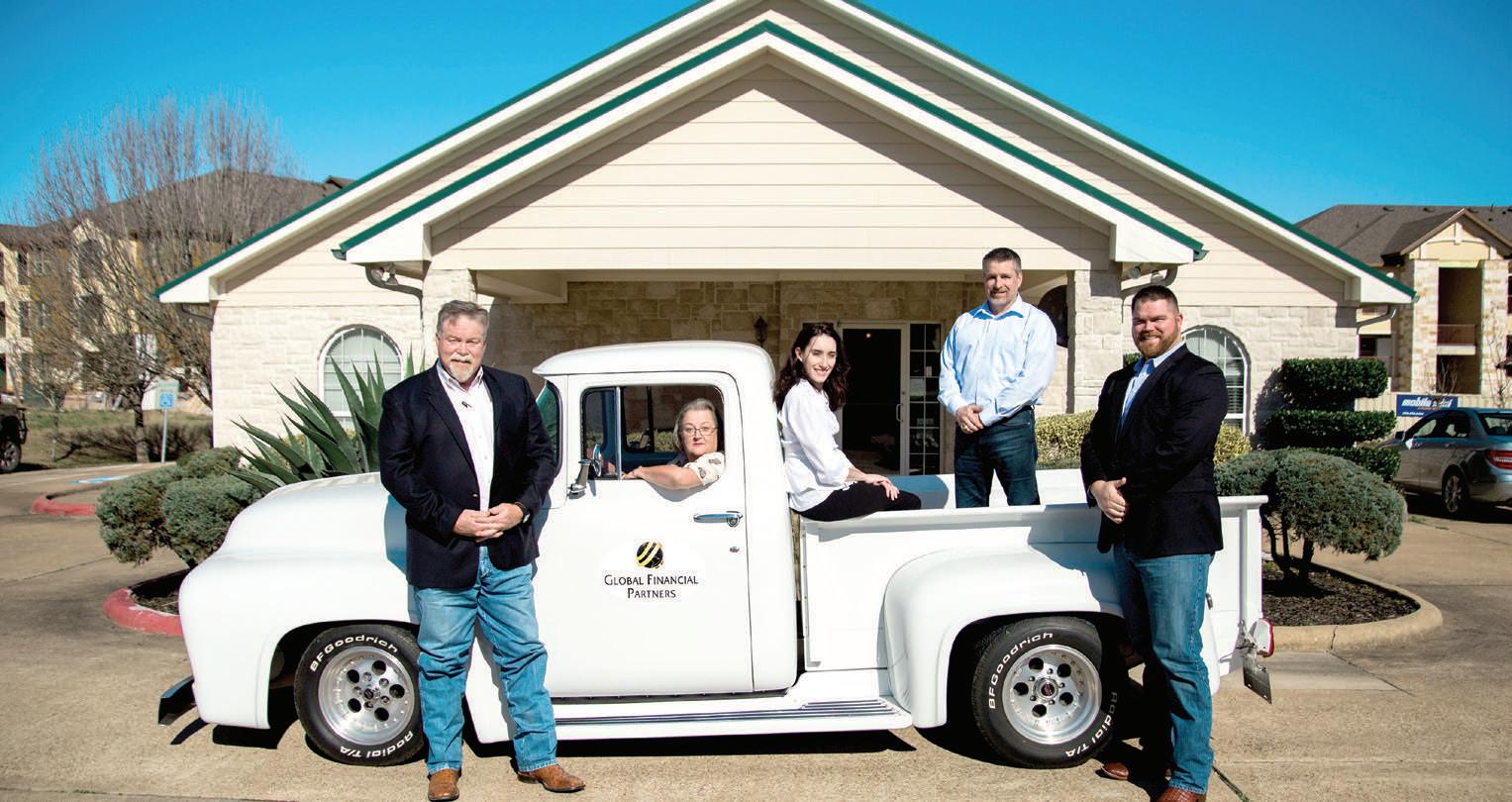
Select your time, level, focus, voice, and music, and Down Dog creates a unique, personalized yoga practice every time.
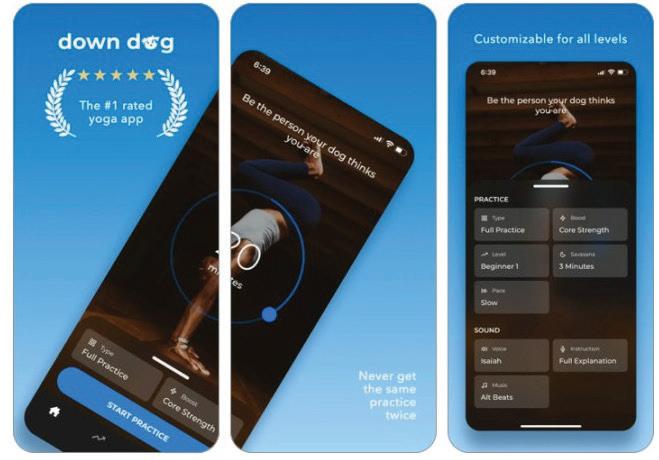


If you’re looking for the best yoga app, here’s one that will give you a new yoga practice each time you go to your mat. It offers over 60 thousand configurations and counting, so you never have to repeat a routine.
Moreover, you can choose styles such as Vinyasa, Hatha, Gentle, Restorative, Yin, Ashtanga, Chair, and more. Six different teacher voices and dynamic music offer further personalization. Lastly, it also integrates with the iOS Health app.
1 What is your grandparent name and does it have a special meaning? Gran. I was an elementary school teacher. I picked something easy so I wouldn’t end up with them calling me something I didn’t want!
2 Number of grandchildren and age range? Five, ranging in age from 13-24.
3 Favorite activity with them?
Traveling, shopping---really anything where we could have them all together.
4 Advice to other/new grandparents?
Spend time with them! They love money spent on them (of course), but they will remember the time you spent with them first! Also, be their soft place to land.
5 What’s your fondest memory of your grandparents? The time I spent, especially spending the night, with my grandmother.
6 What do you hope your grandkids remember about you?
That my priority and joy was spending as much time as we could together.

Art
64TH ANNUAL FACULTY EXHIBITION
Sept. 5 – Oct. 7
University Gallery, HFAB Free Admission
Music
WIND ENSEMBLE CONCERT
Sept. 21 | 7:30 p.m.
Payne Concert Hall, GPAC
Theatre & Musical Theatre
UNCLE VANYA
By Anton Chekhov
Translated by Annie Baker
Sept. 21 – 23 | 7:30 p.m.

Sept. 23 | Matinee | 2 p.m.
Erica Starr Theatre, UTC
Dance
MASTERS OF DANCE
tickets@shsu.edu
Sept. 29 & 30 | 8 p.m.
Dance Theater, GPAC
Music
CHORALE FALL CONCERT

Sept. 30 | 7:30 p.m.
Payne Concert Hall, GPAC


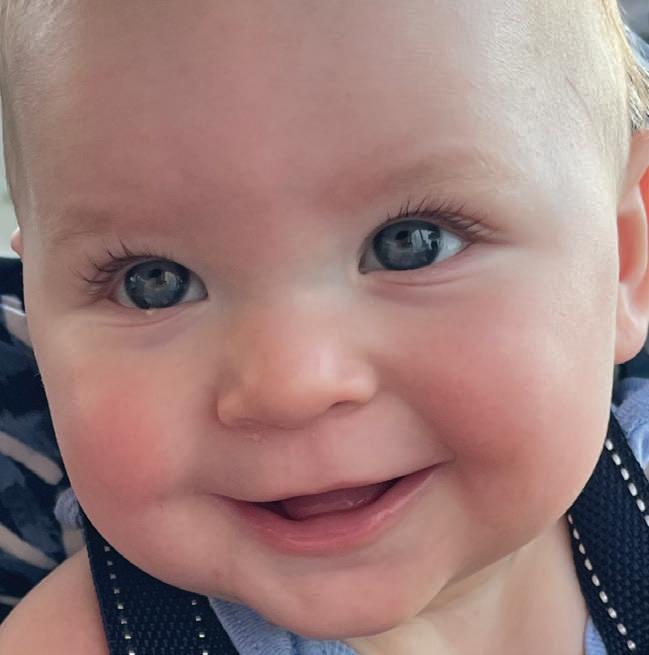

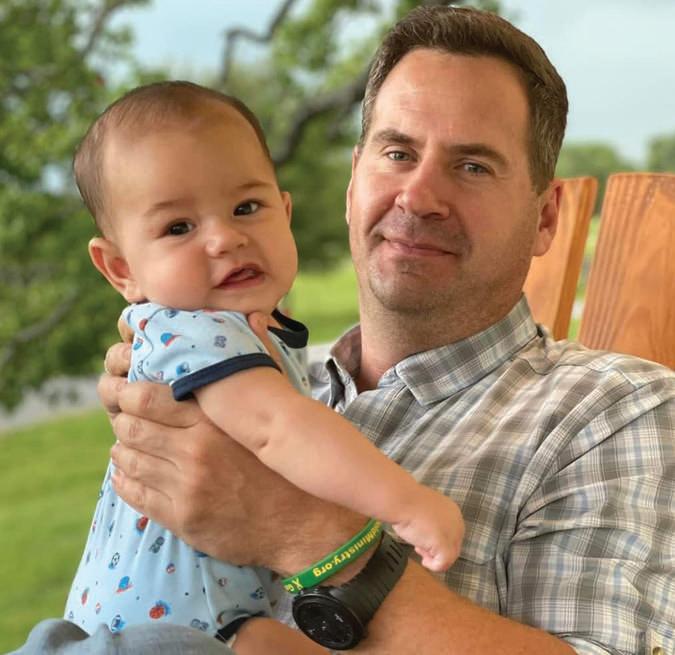

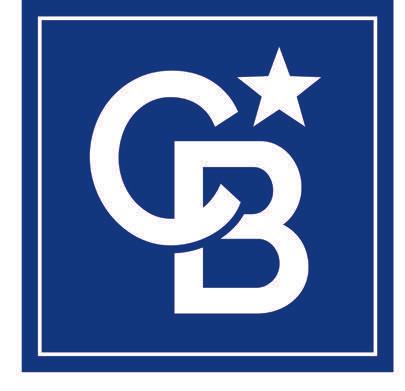
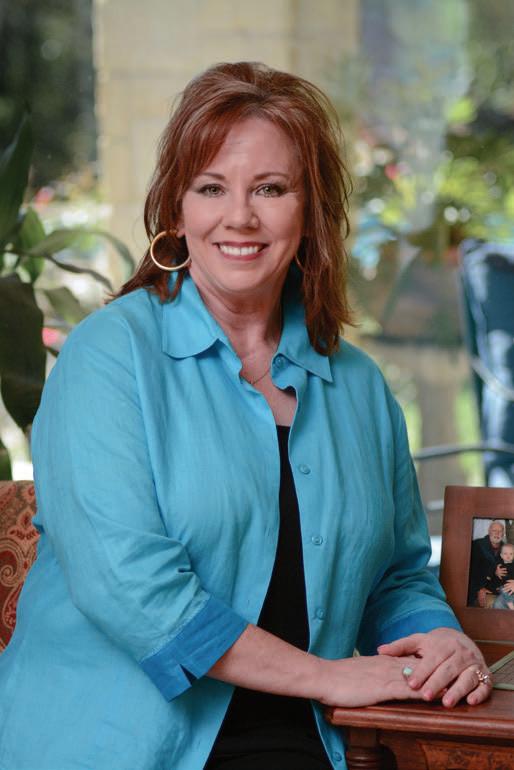
They once ranged across coastal Texas and Louisiana… and are one of the rarest and strangest species of birds in the country. There were once close to one million of them… and now fewer than 200 are left in the wild. They are one of the most endangered birds in the U.S. Can you guess what it is? It’s Attwater’s Prairie Chicken. So, what happened? The reasons for their decline are the loss of their habitat, habitat fragmentation, overhunting, and imported red fire ants.

Named after British-born naturalist Henry Attwater, the Attwater’s Prairie Chicken is actually a member of the North American grouse family. In the wild, they require both short and tall grasses. During mating season, males will gather in an area of bare ground or short grasses called “leks.” Here they are very visible to the females. Males inflate their air sacs, raise their tails, droop their wings, and stomp their feet while “dancing” around. It is believed the mating dances were the inspiration for many of the dances performed by the Native American tribes of coastal Texas and Louisiana. Very dense, tall grasses are required for nest-building. Hens will lay 10-14 eggs that will hatch in about 26 days. Because of predators, only 3 in 10 eggs hatch.
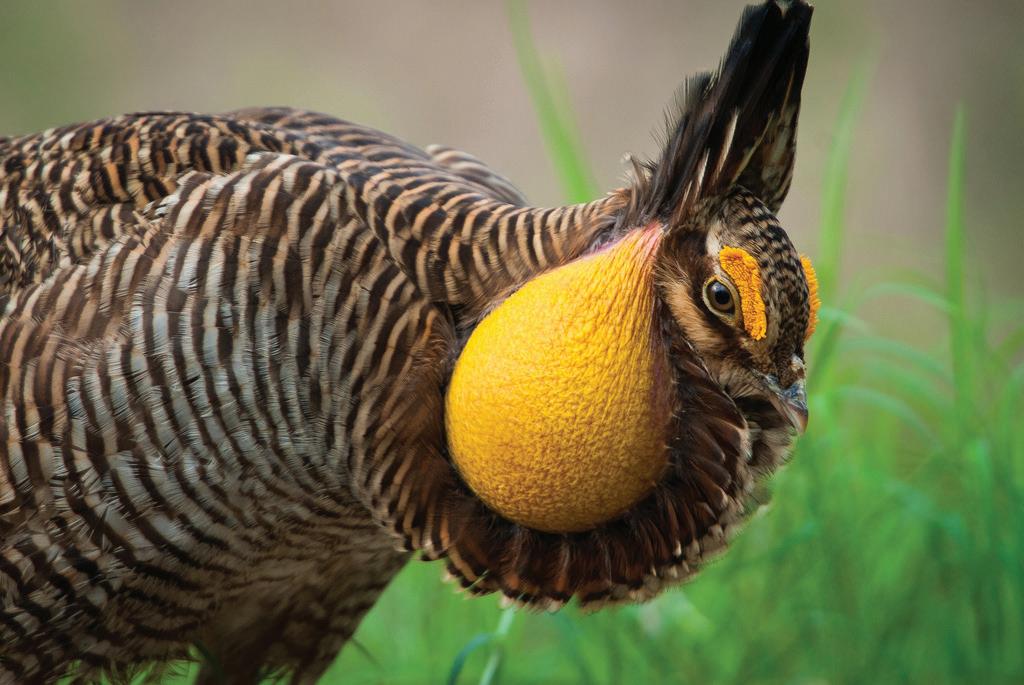
Although they’re endangered and there’s only around 200 left in the wild, there is hope. There is a recovery effort in place. A team of researchers and wildlife experts from across the country has been assembled to guide the recovery. Here are some of those participating:
• The U.S. Fish and Wildlife Service
• The Nature Conservancy Texas City Prairie Preserve
• Teas Parks and Wildlife
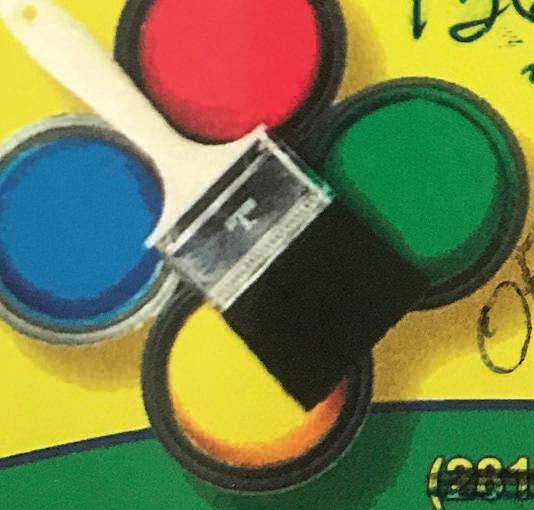
• Texas A&M University
• Fossil Rim Wildlife Center – Attwater’s Prairie Chicken
• Houston Zoo
•



Located just 60 miles west of Houston is the Attwater Prairie Chicken National Wildlife Refuge. It is home to one of the largest remaining areas of native coastal prairie in southeast Texas, the habitat required for the survival of the prairie chicken.
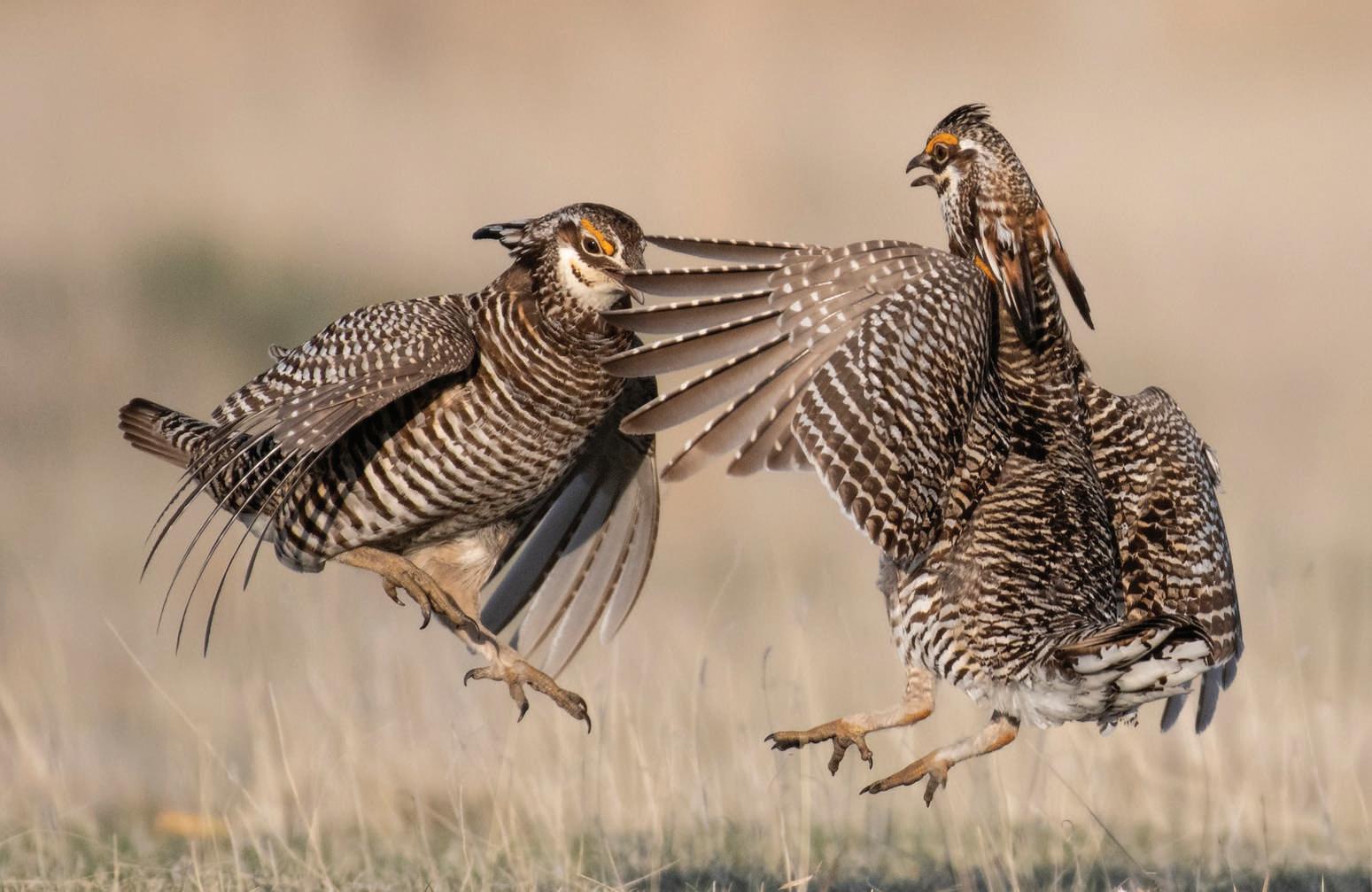
The best hope for saving the birds is through captive breeding. The very first chicks hatched through captive breeding took place in 1992 at Fossil Rim Wildlife Center in Glen Rose, Texas. Since then, several more zoos and institutions have joined in the effort. Once the captive birds are old enough to survive on their own, they are fitted with a radio transmitter and taken to specific release sites. They live in pens for about 2 weeks while they adjust, then they are released. The transmitters allow biologists and experts to monitor their movements and survival. It’s always a sad day when an animal goes on the endangered species list, but Attwater’s Prairie Chicken may be one that is able to come off the list someday. Let’s hope!
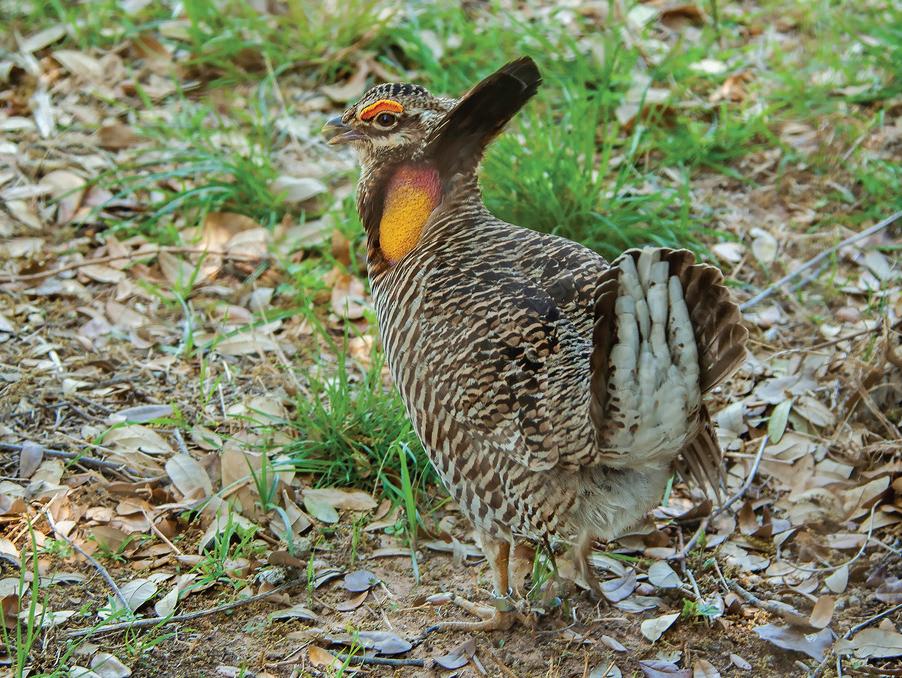
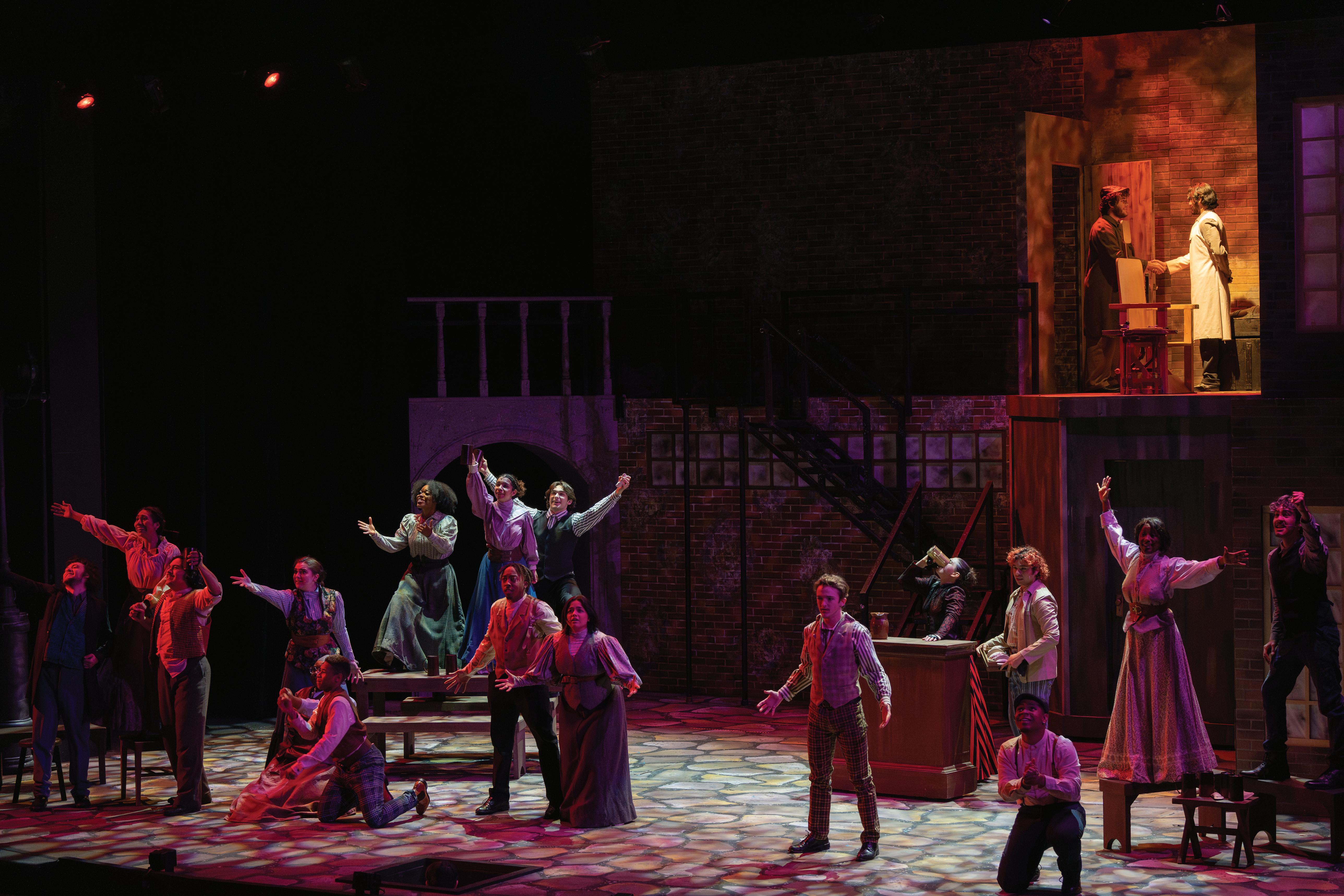



Most of us have heard the story of the prodigal son, told by Jesus to illustrate the depths of God’s love for us. Told from the father’s point of view, it is a story of grace and forgiveness--a story that promises a “welcome home” celebration for repentant sinners, even the worst among us.


What if the story were told from the perspective of the prodigal? For those who think you can’t relate, let’s compare his journey to summer vacation. When we head out, all we can think about is our imagined destination. Depending on where we’re going, it may be the cool island breezes, the quaint stores and restaurants, or the bright city lights calling out to us.
What we don’t think about are traffic jams, long lines at the airport or amusement park, and strange tastes and smells. We wonder how locals manage to drive up and down steep mountain roads that don’t seem wide enough for two-way travel. We find ourselves frustrated when there is no air conditioning, stores close early, and cab drivers don’t speak English. Perhaps it’s raining at the beach or the nearby forests are on fire. Suddenly, in the middle of our dream vacation, we begin to sound like Dorothy from the Wizard of Oz. “There’s no place like home,” we realize.

In many ways, we are all like the prodigal. If we knew all the obstacles we would face in life, we might never take a step forward! As youths, we step out of the comfort of our parents’ homes and are excited to take on the world. We know there will be unexpected things we don’t like, but we don’t want to hear it. We just go. But somewhere along the way, we get tired…and the very place we longed to leave – home – is the one place we really want to be.
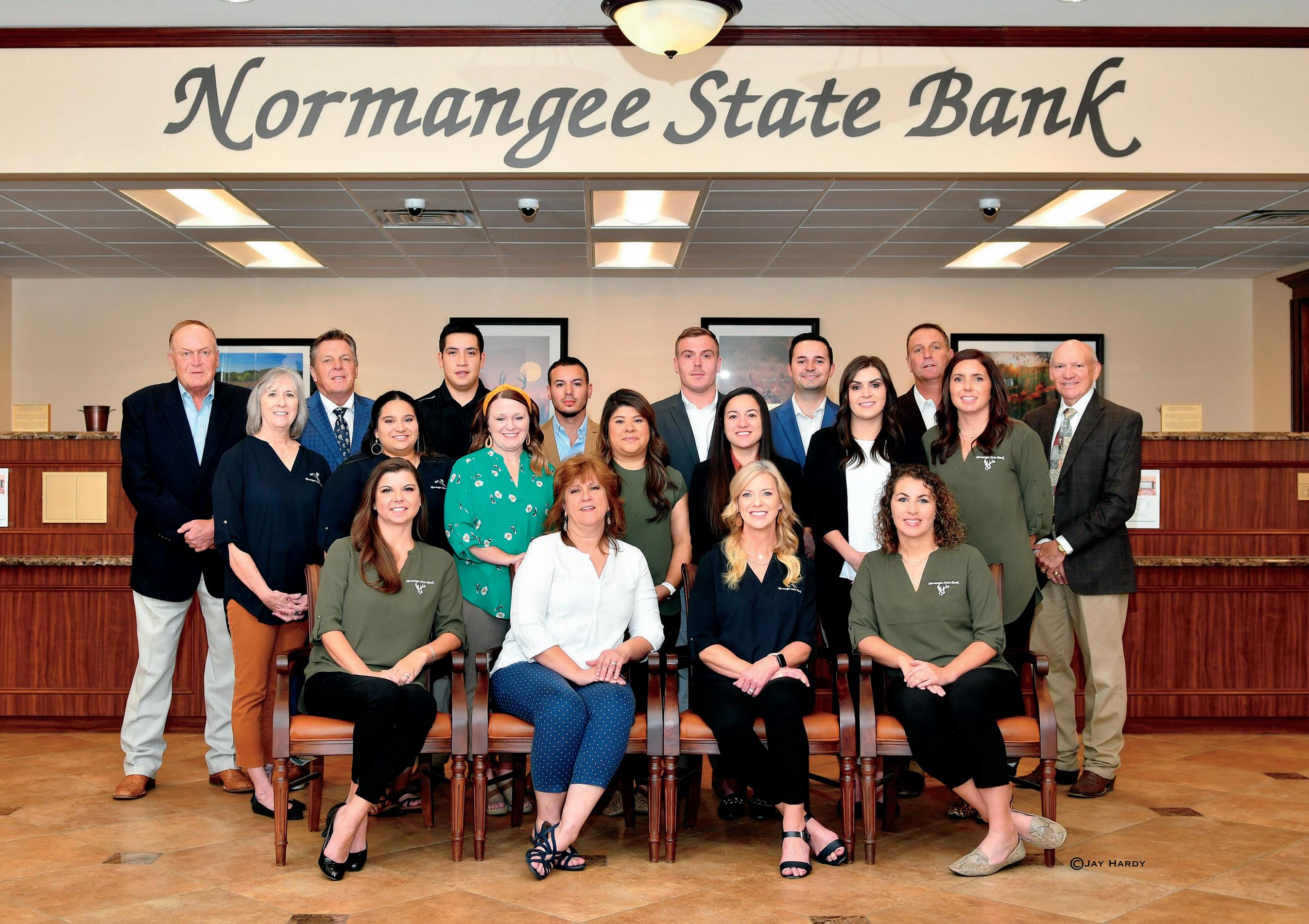



The good news is with God, we always have a loving home to return to. We may leave Him, but He never leaves us. He gives us a place of peace we can return to every day. And if we find ourselves wandering away, we don’t have to worry. All we have to do is turn around and He will show us the path back to Him, back to home sweet home.
“My people will live in peaceful dwelling places, in secure homes, in undisturbed places of rest.” – Isaiah 32:18
“Come all you who are weary and burdened, and I will give you rest.” – Matthew 11:28






